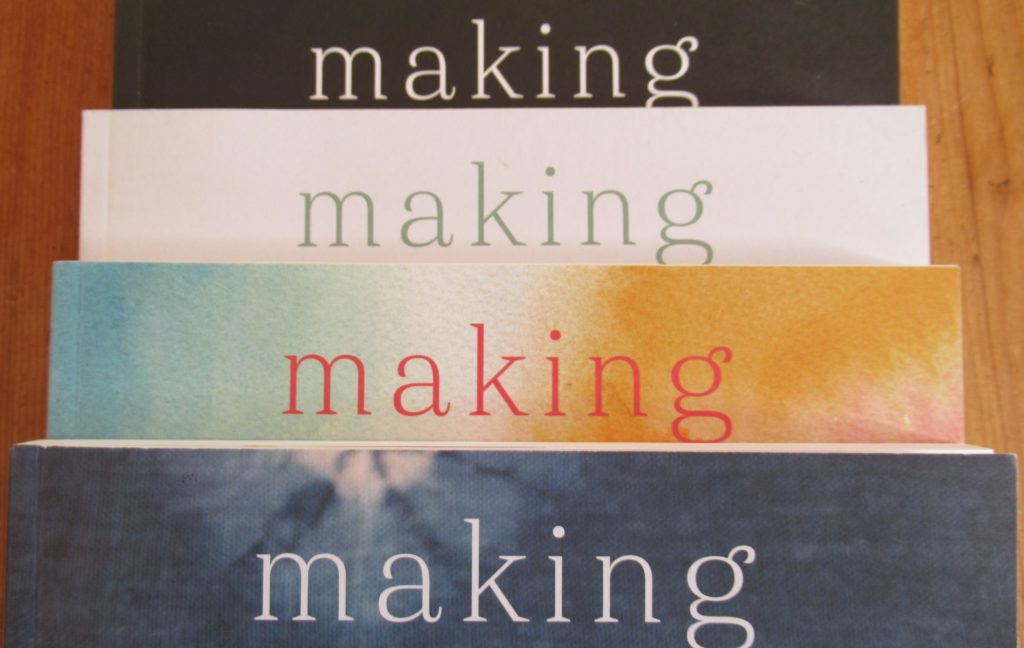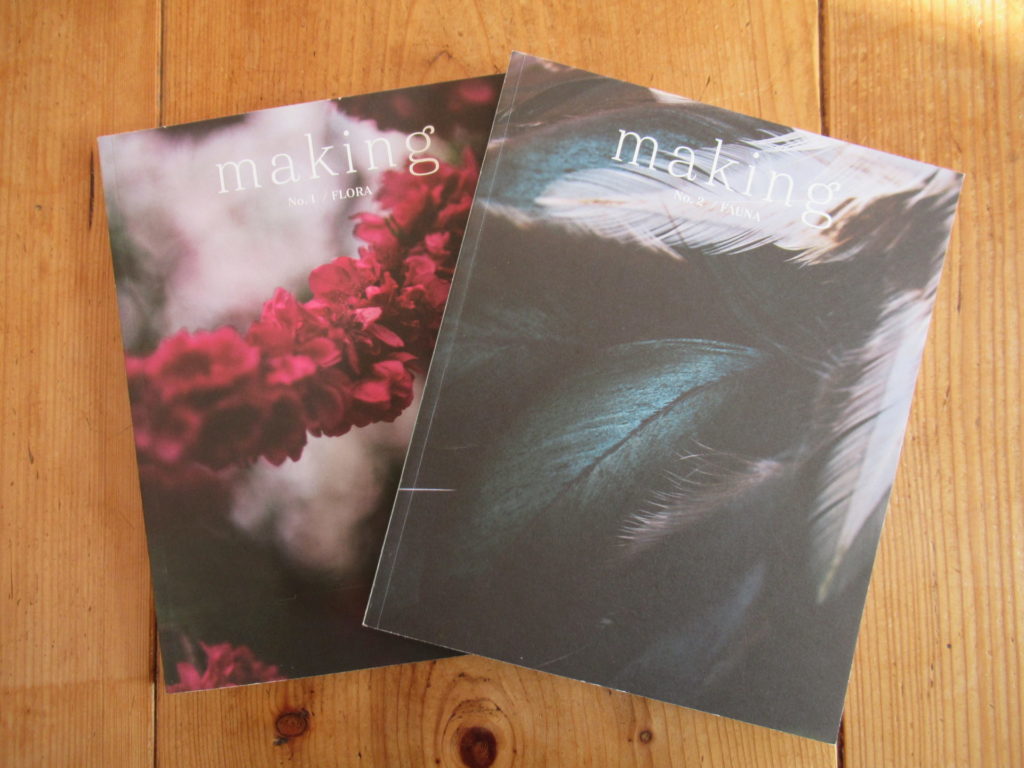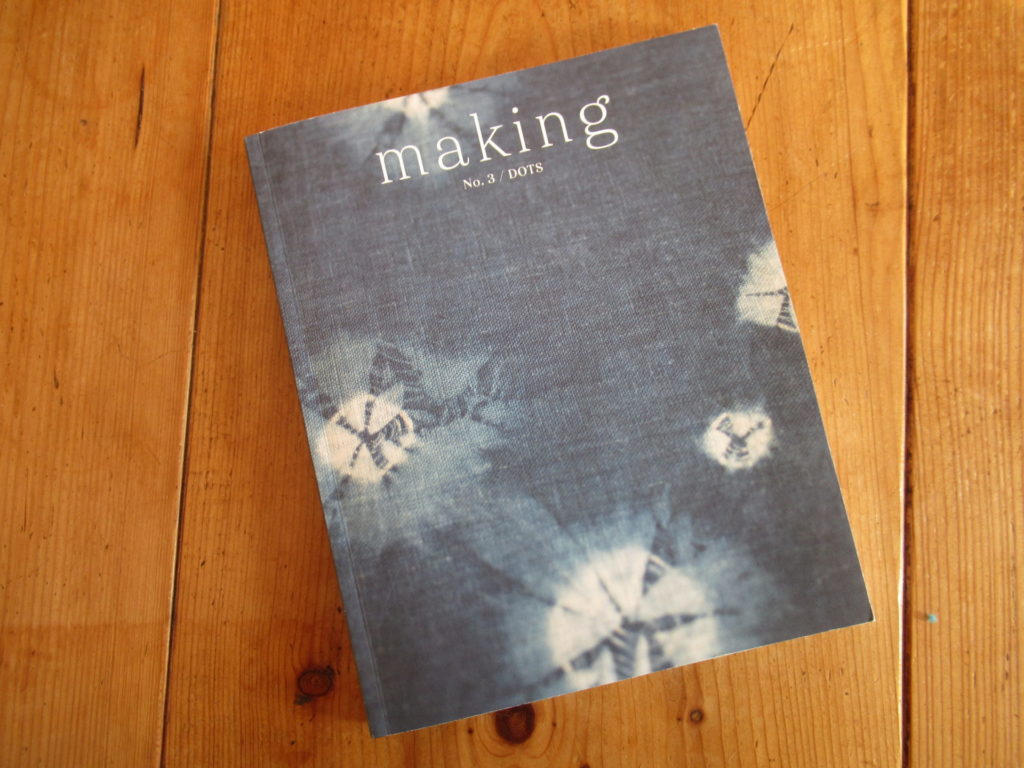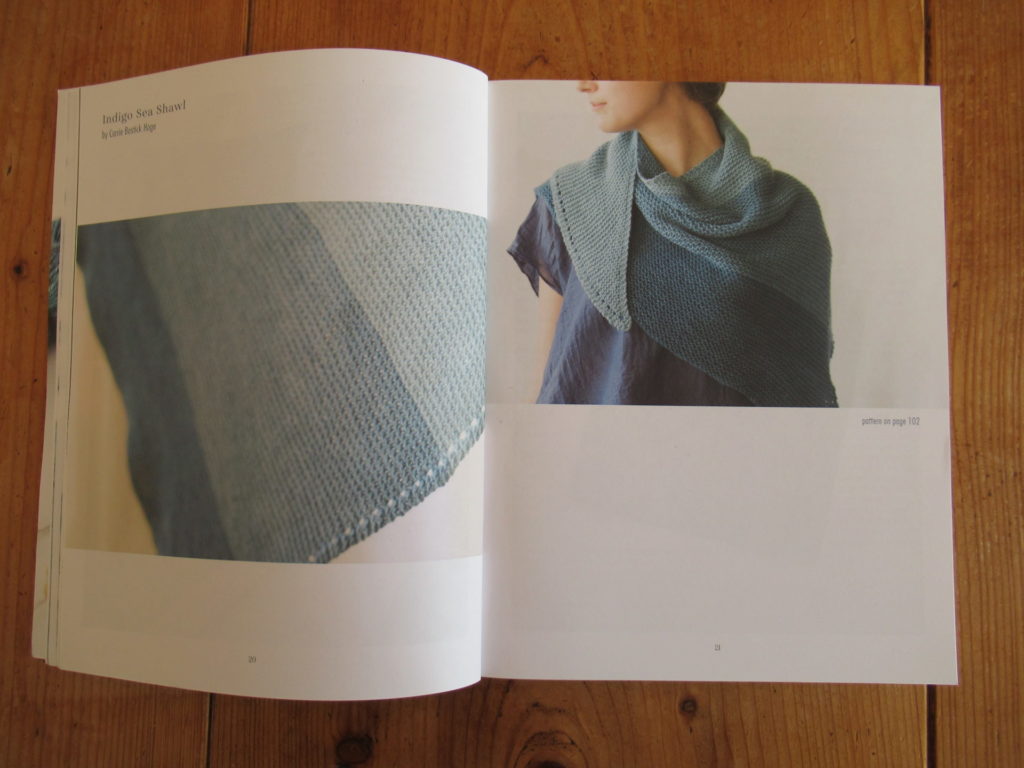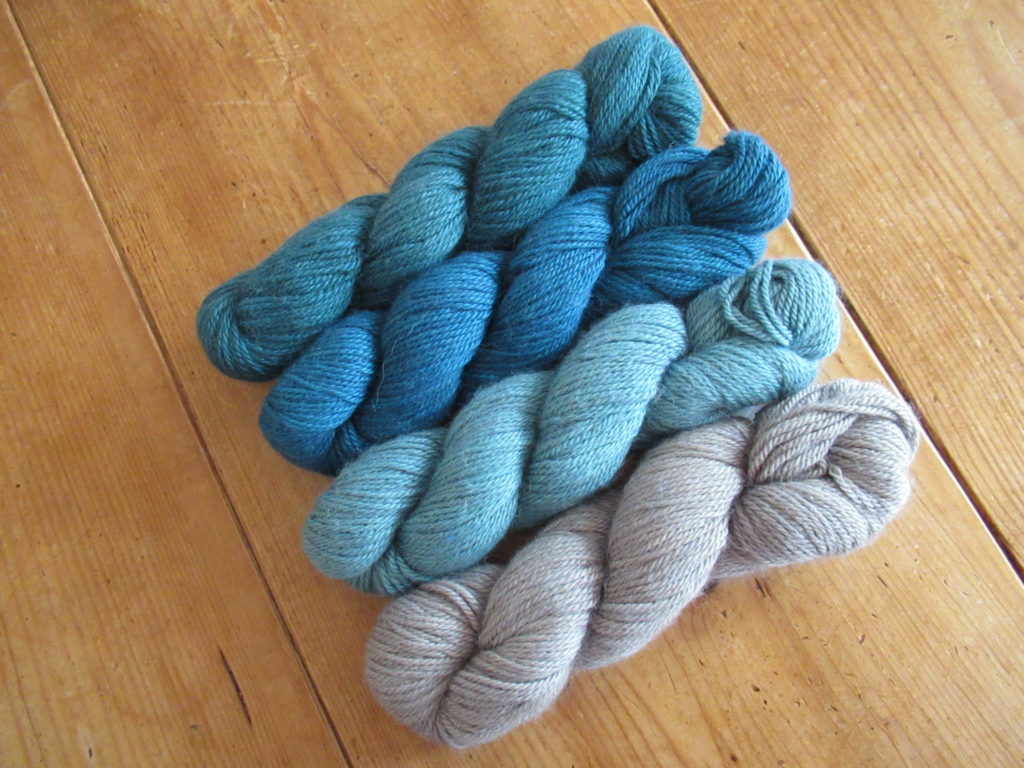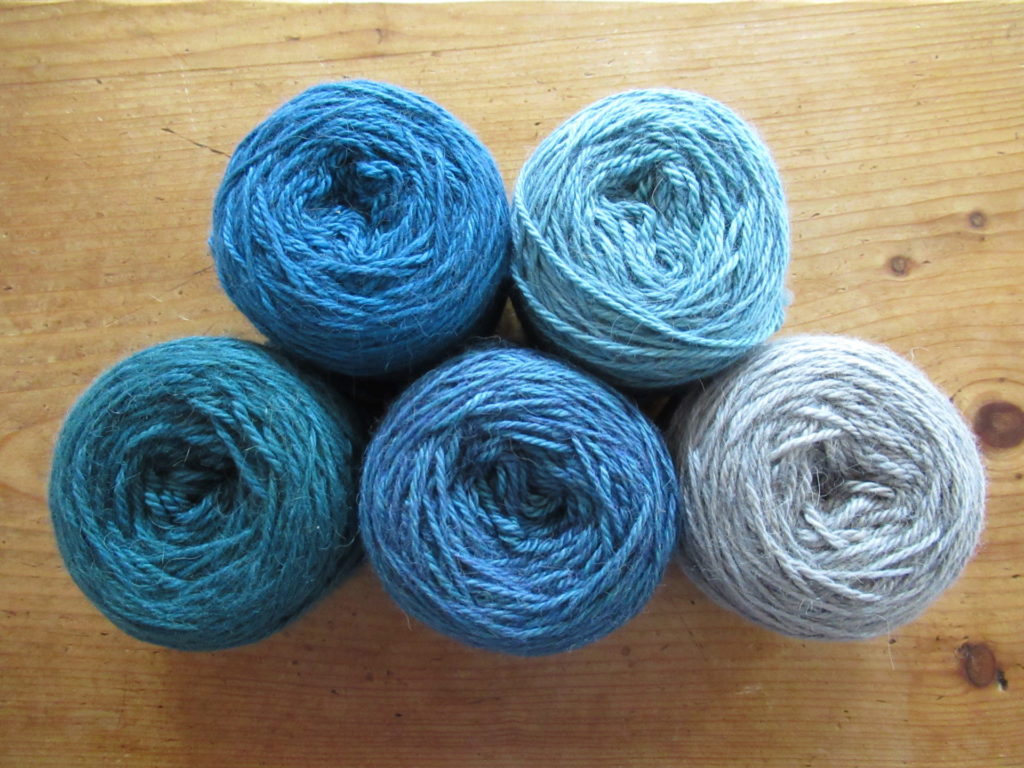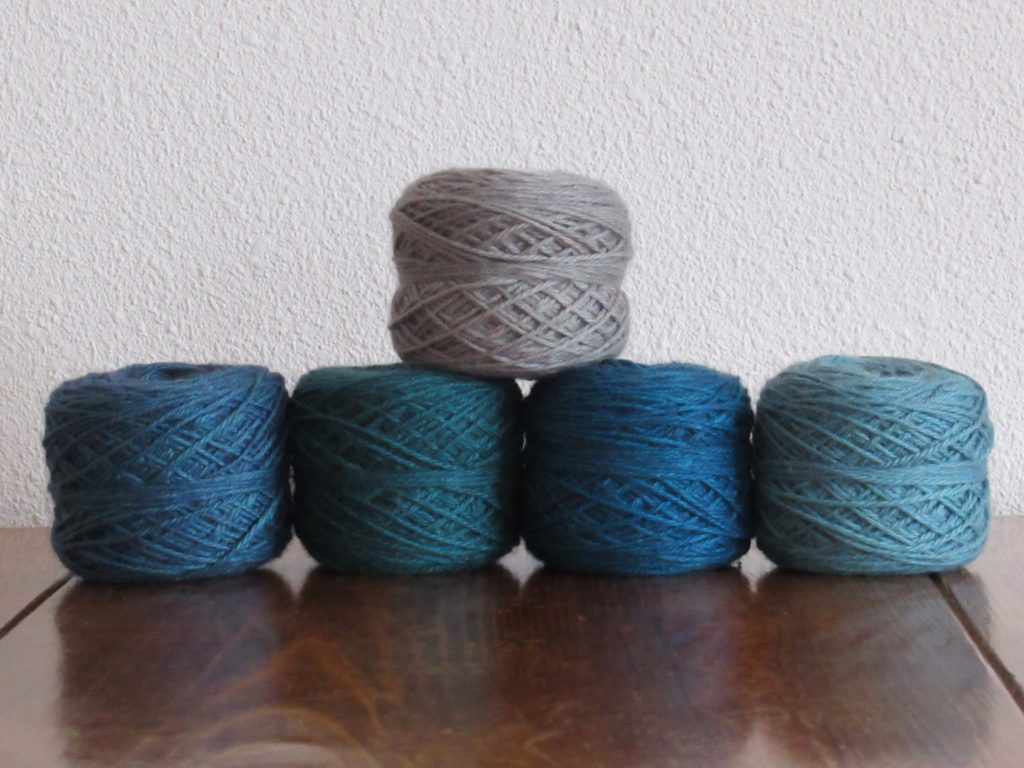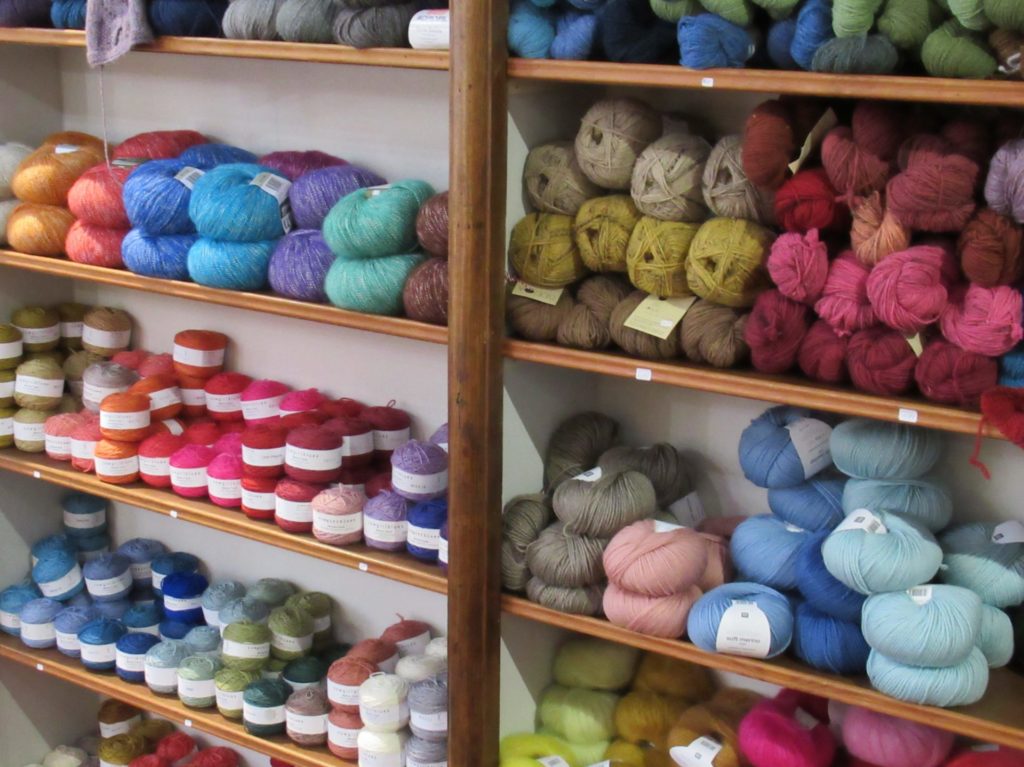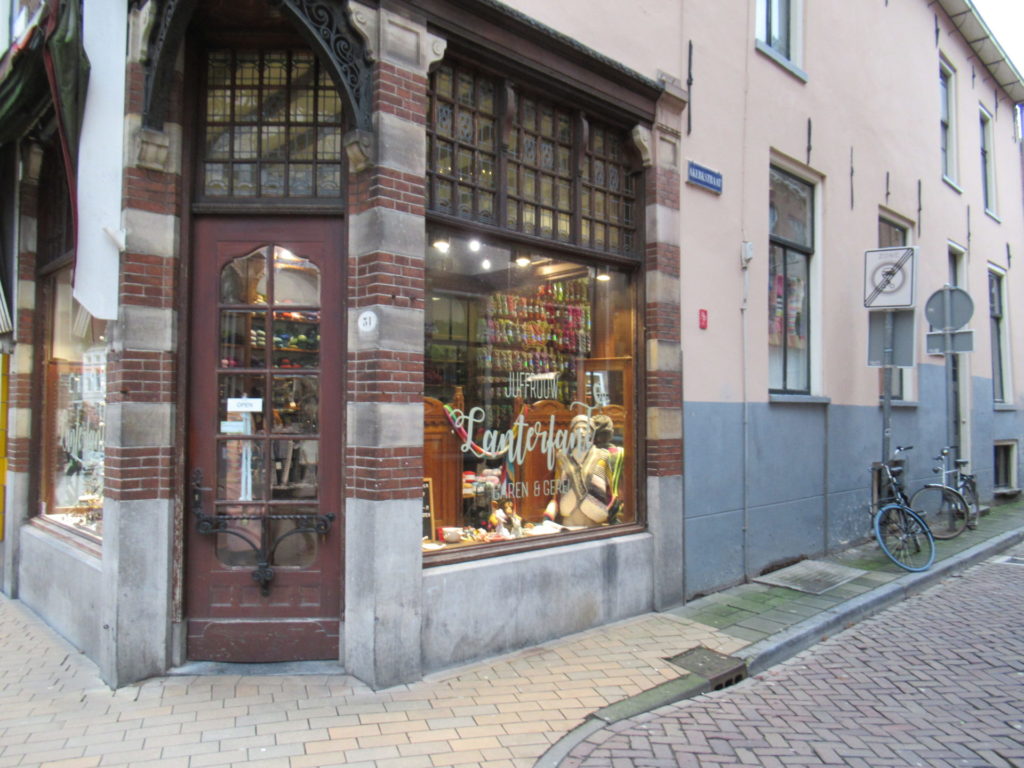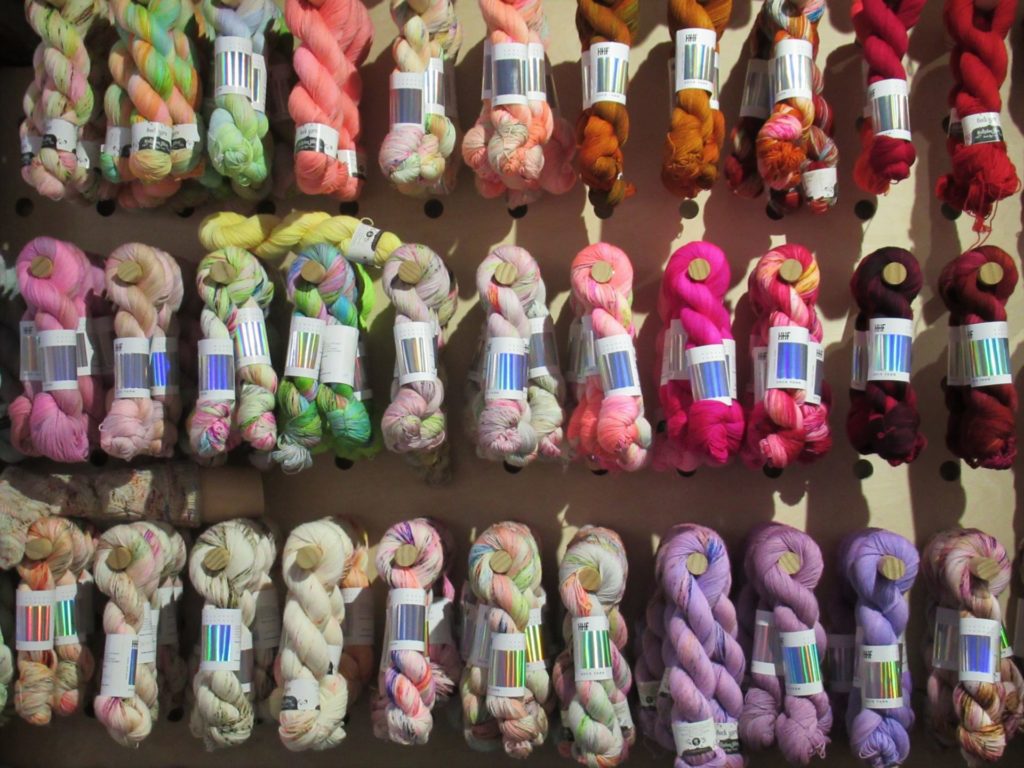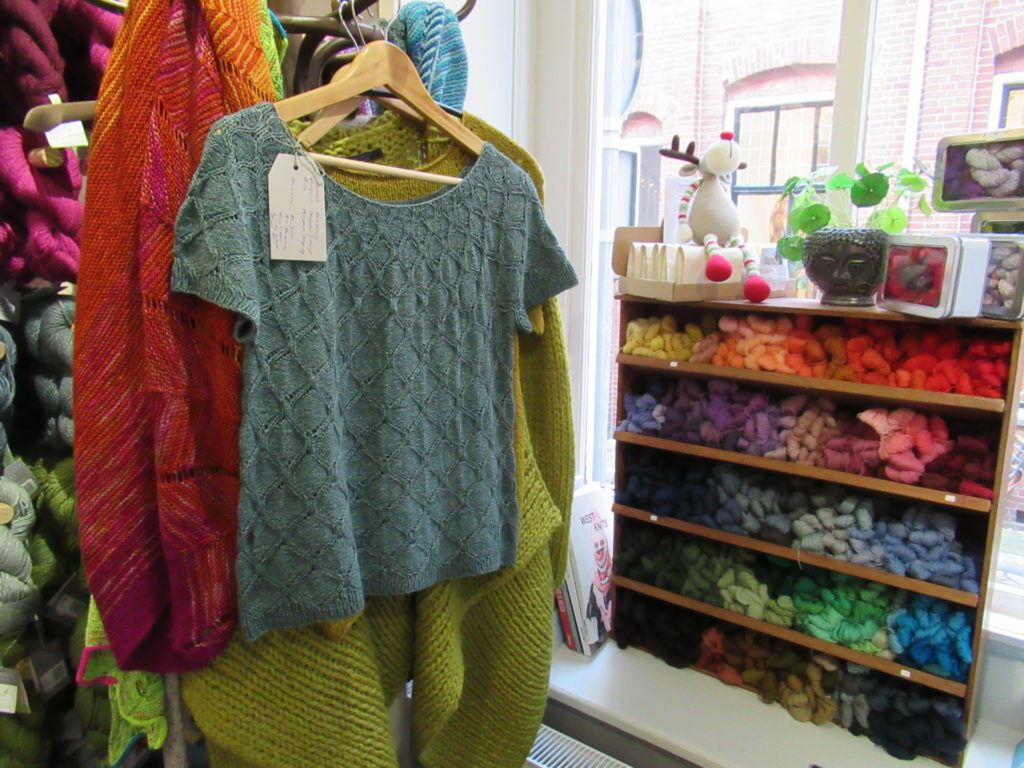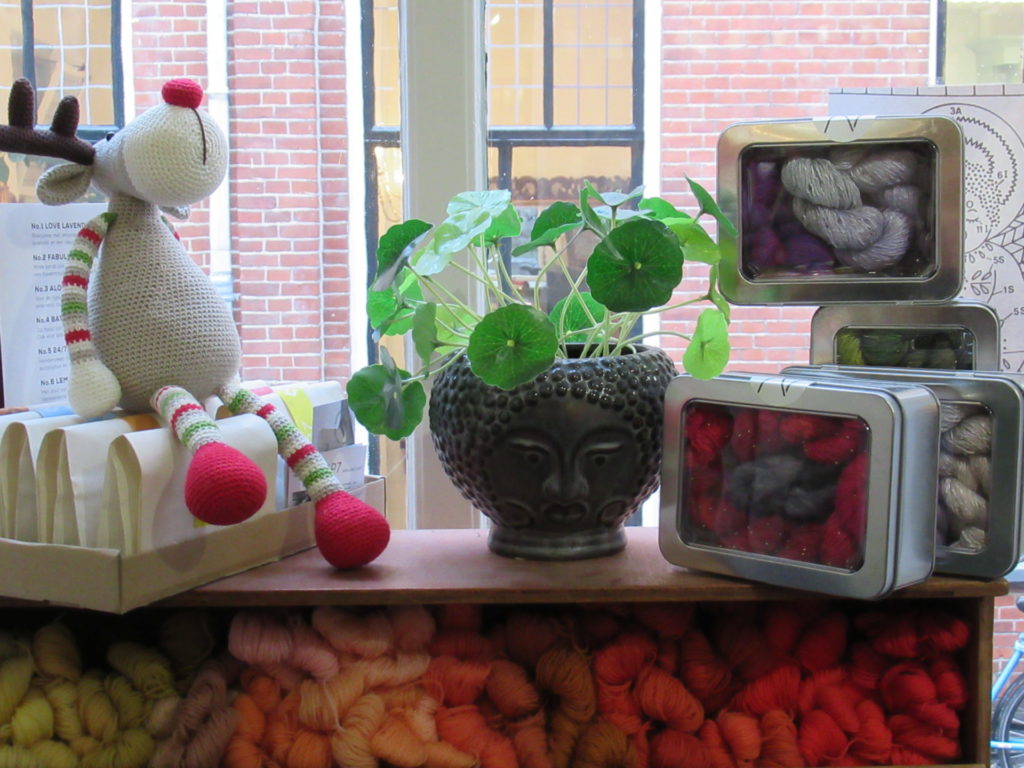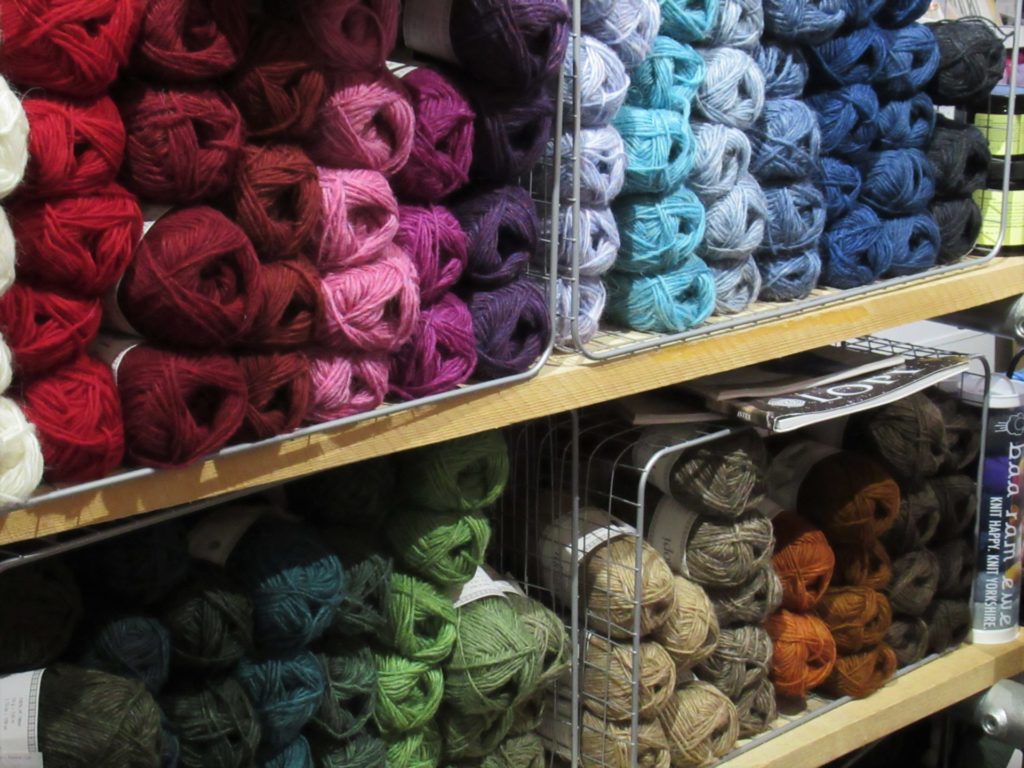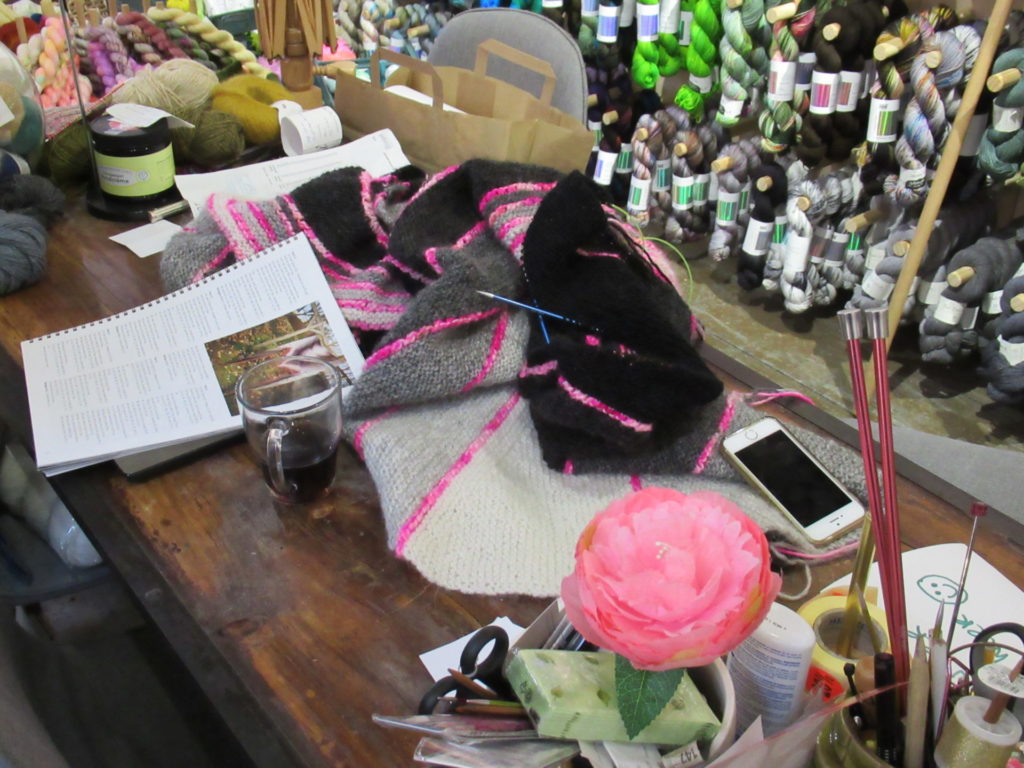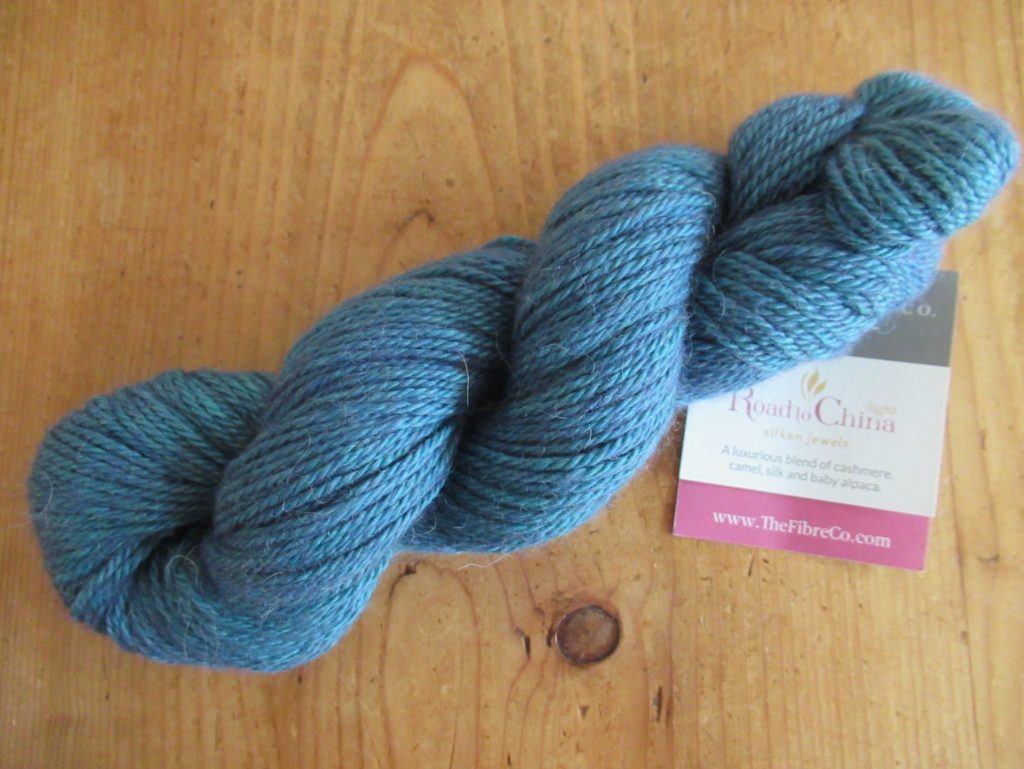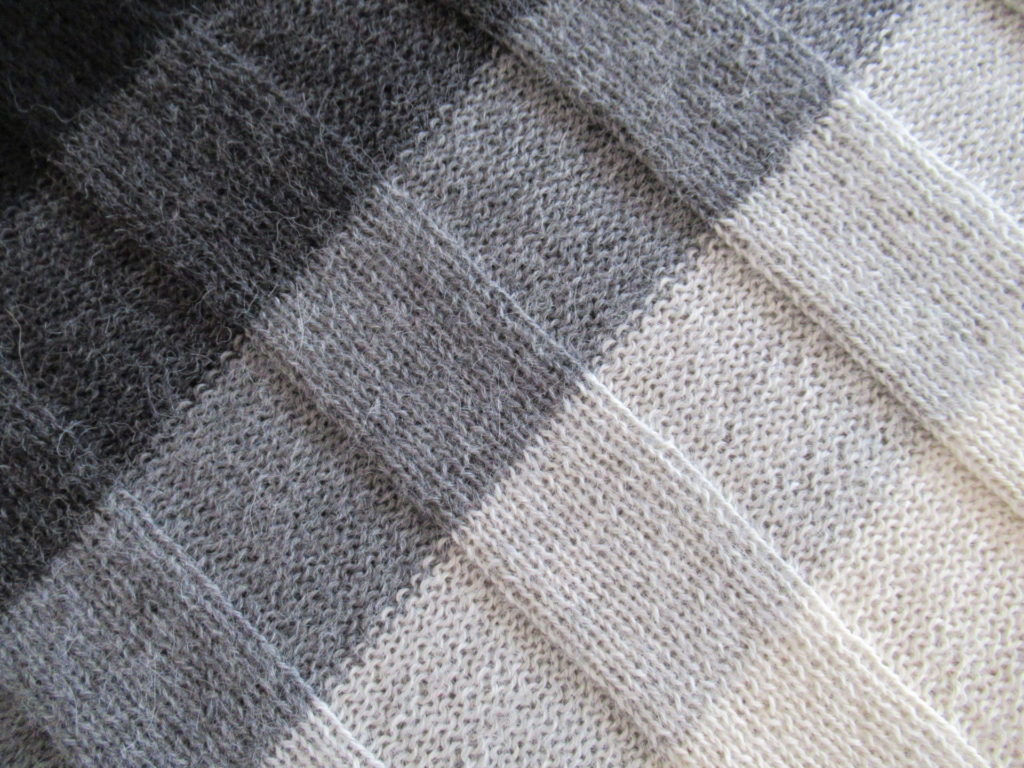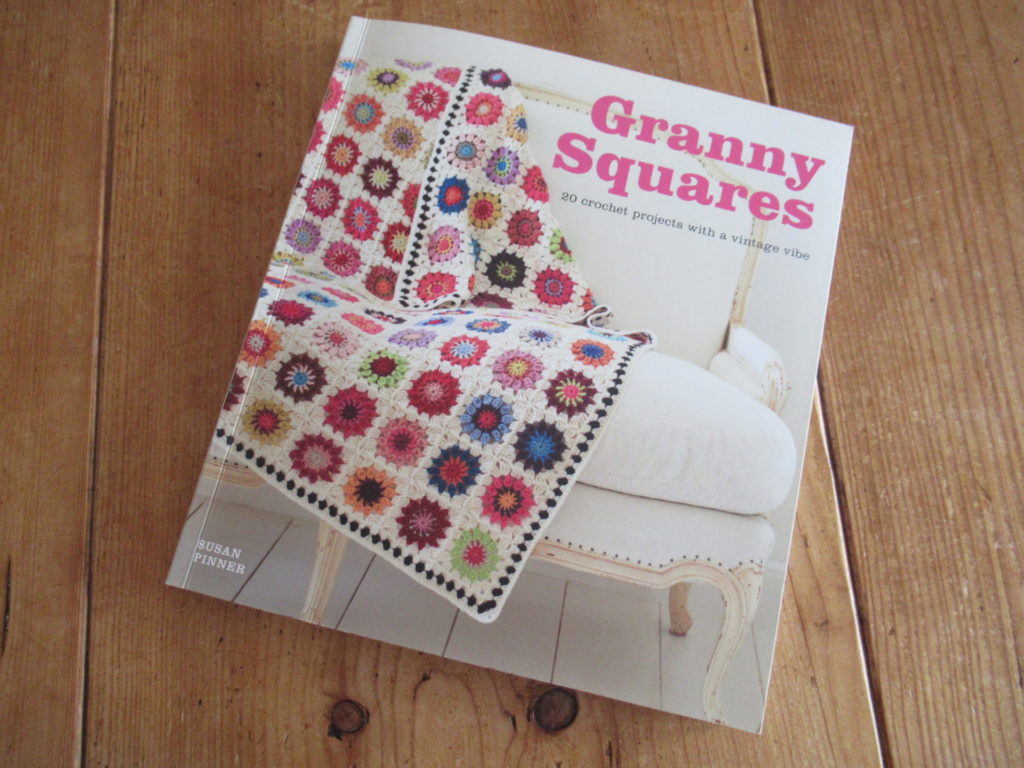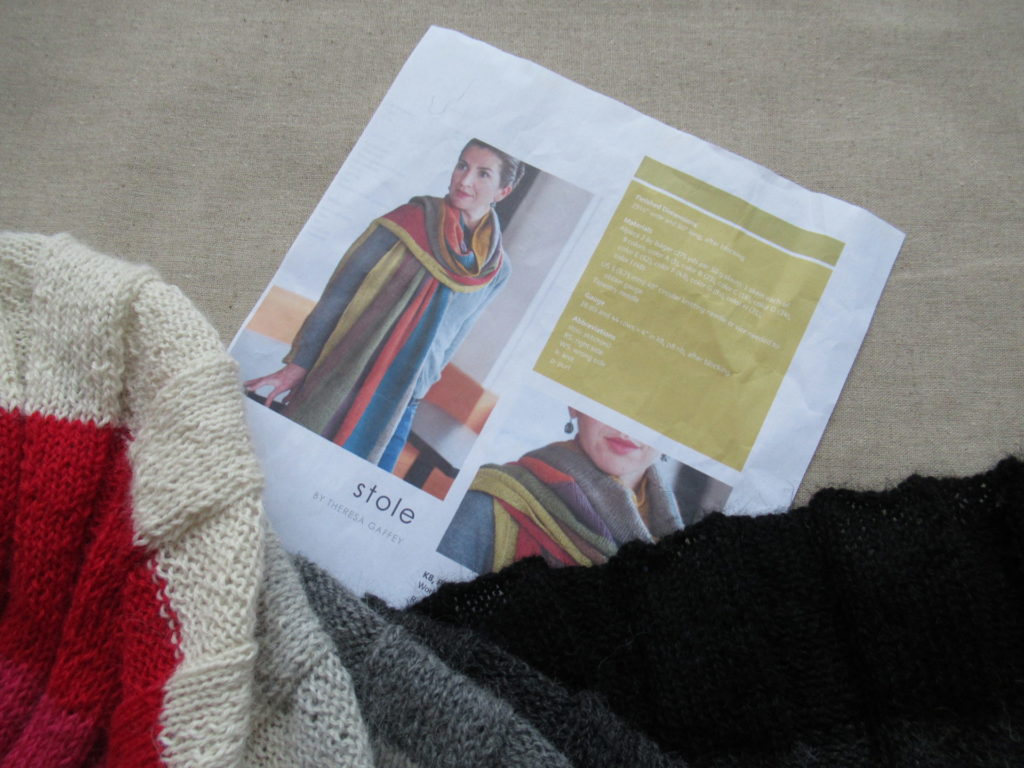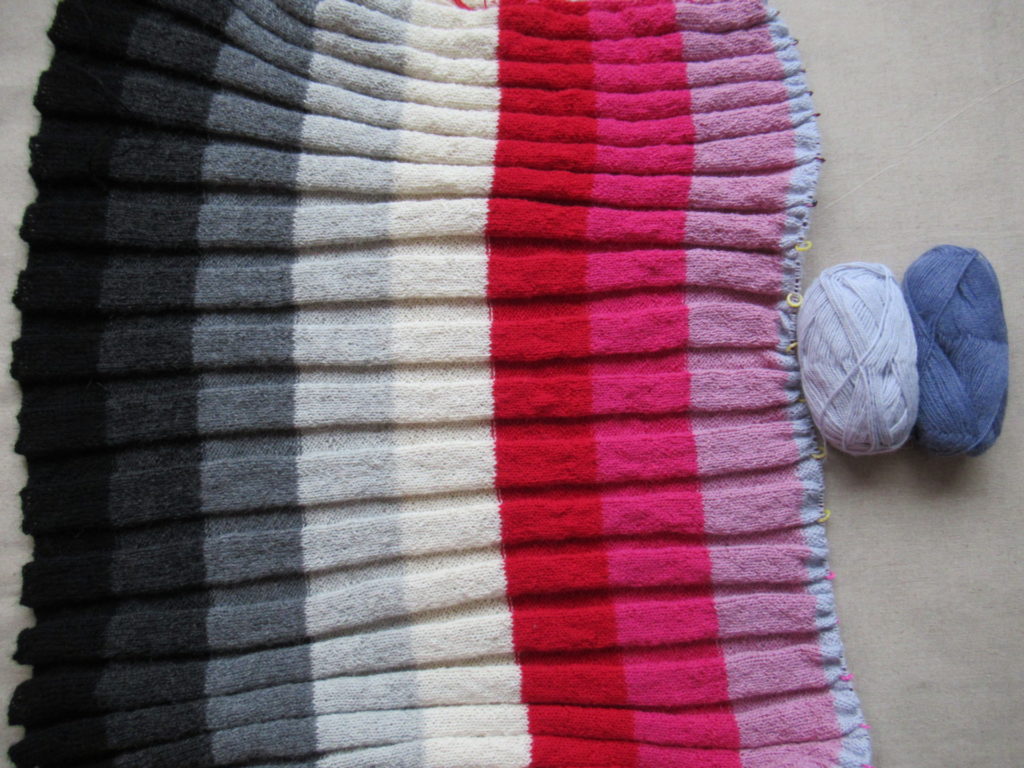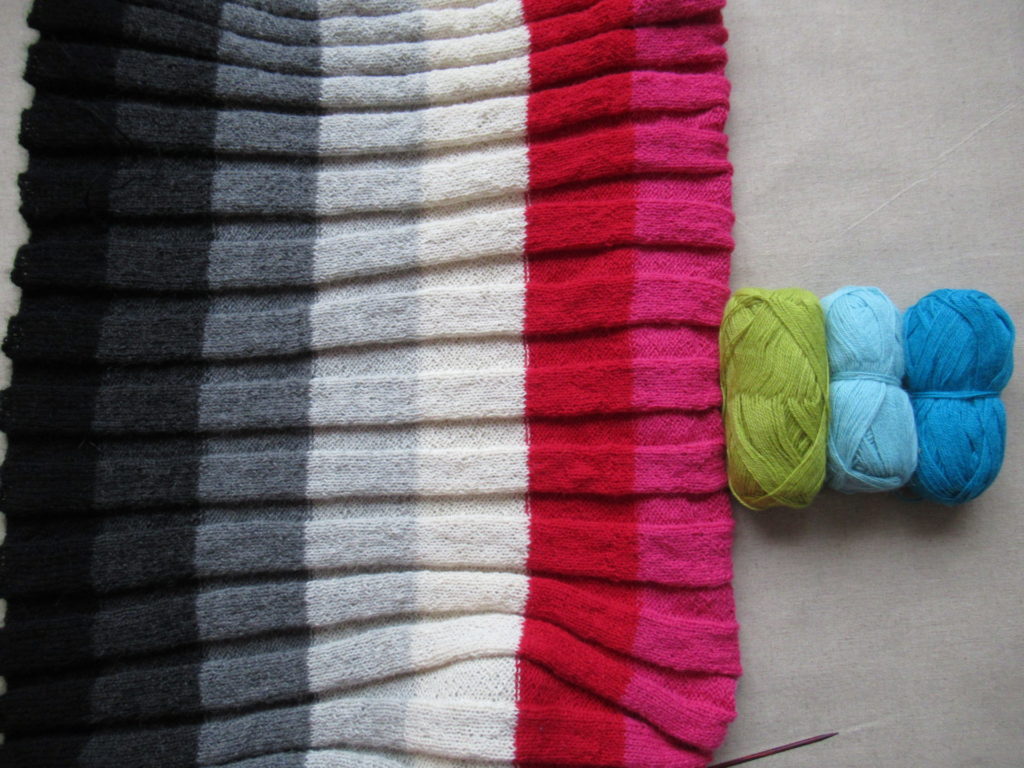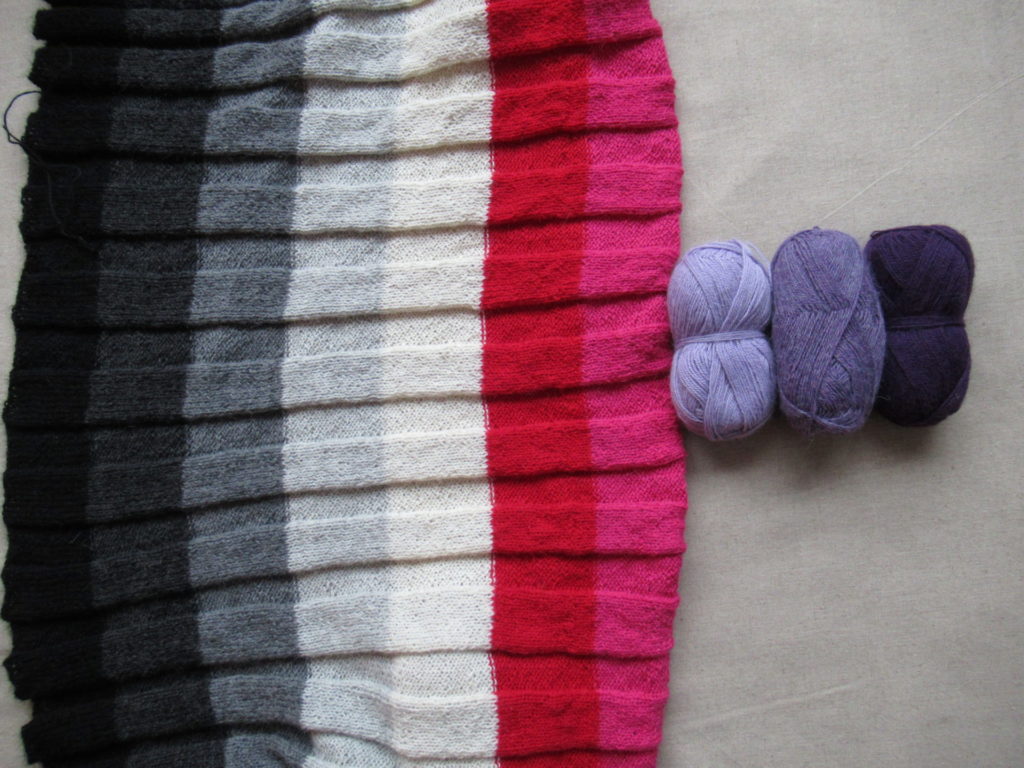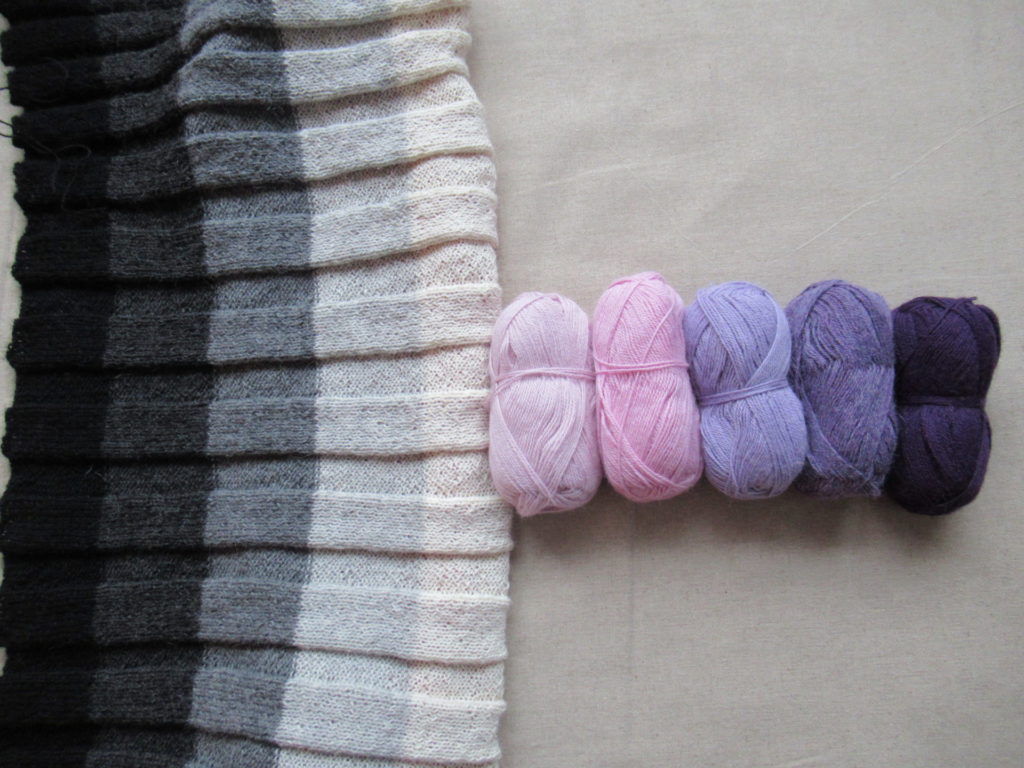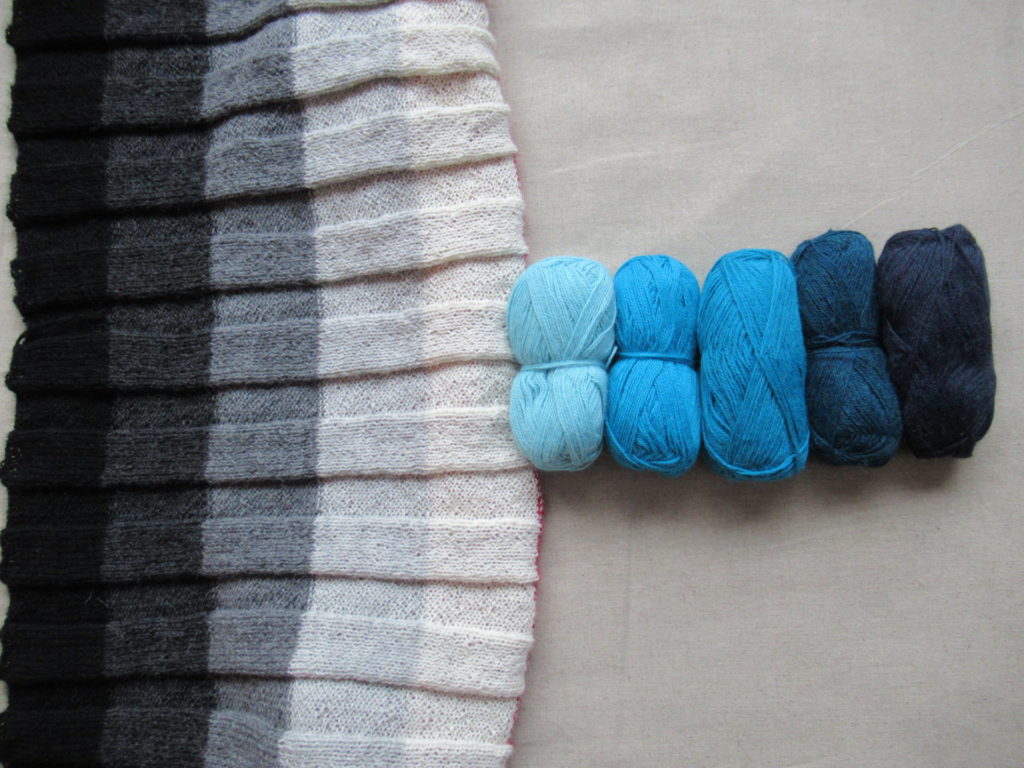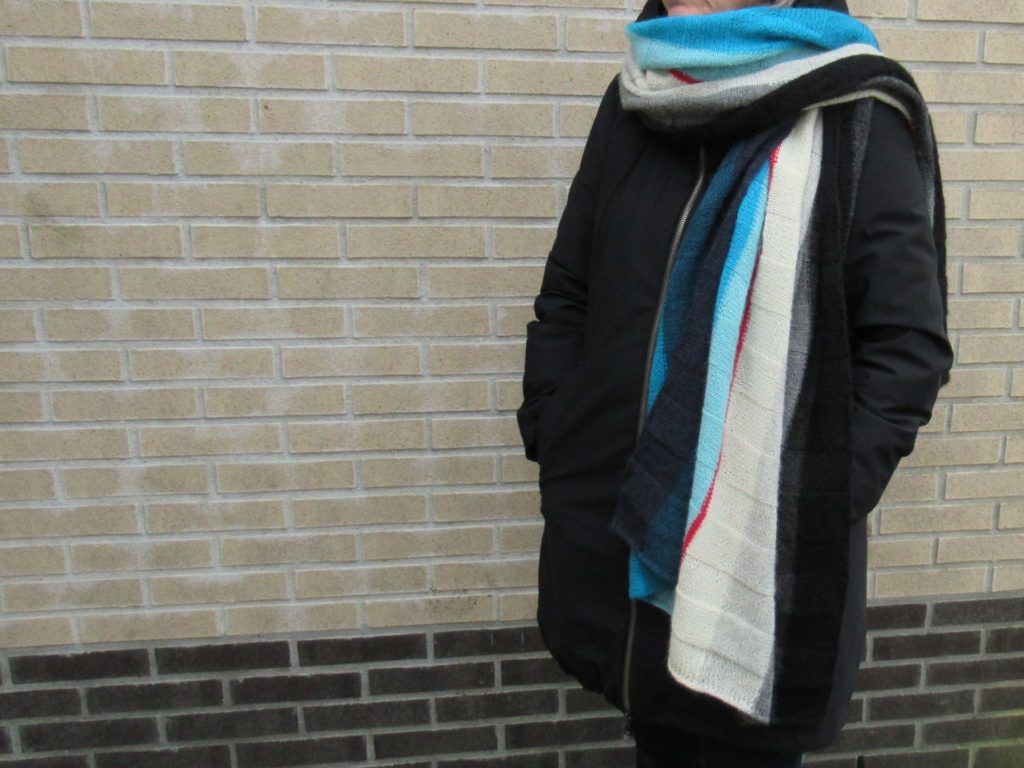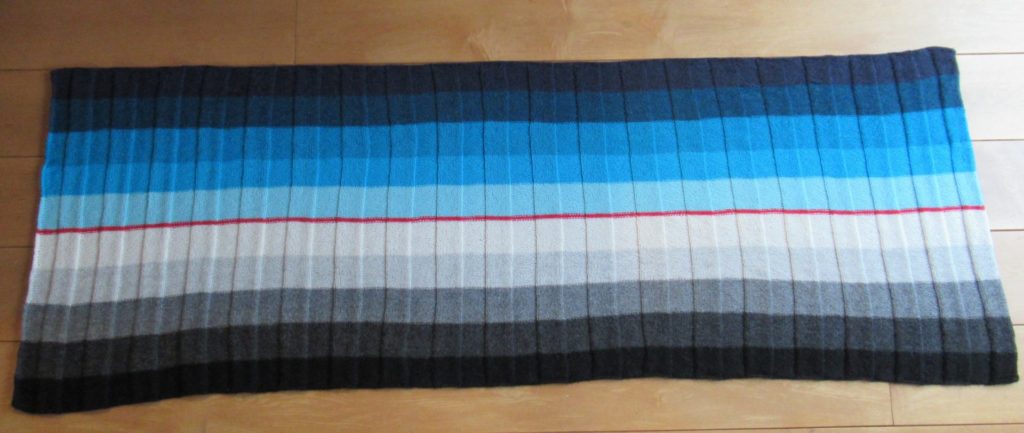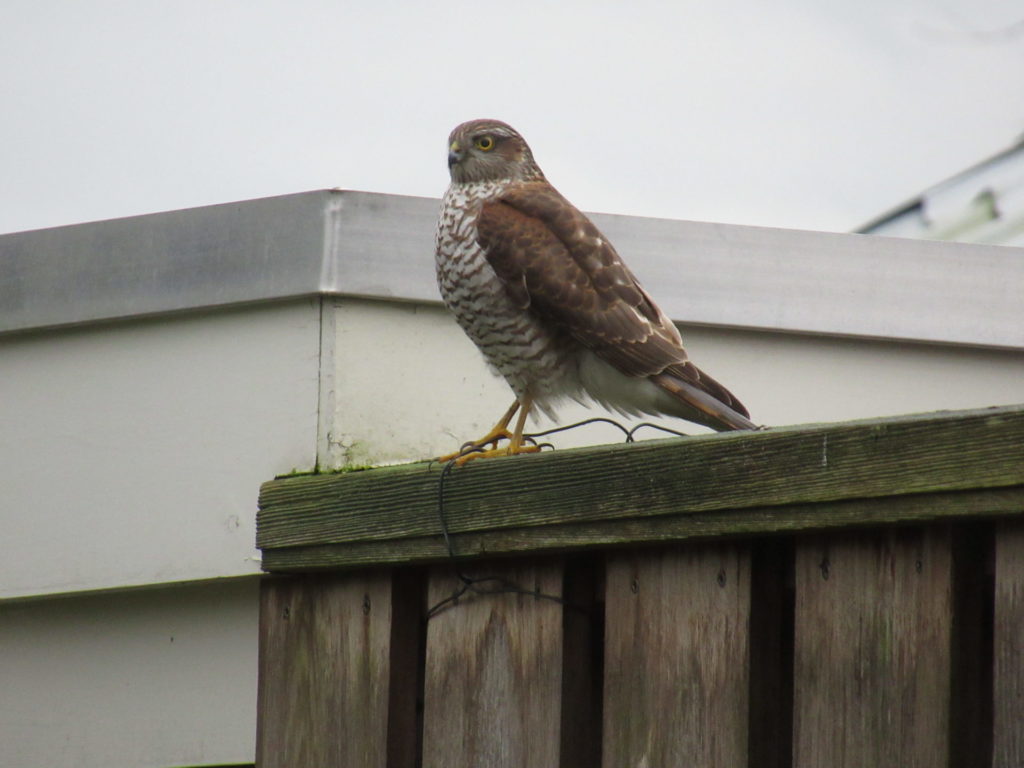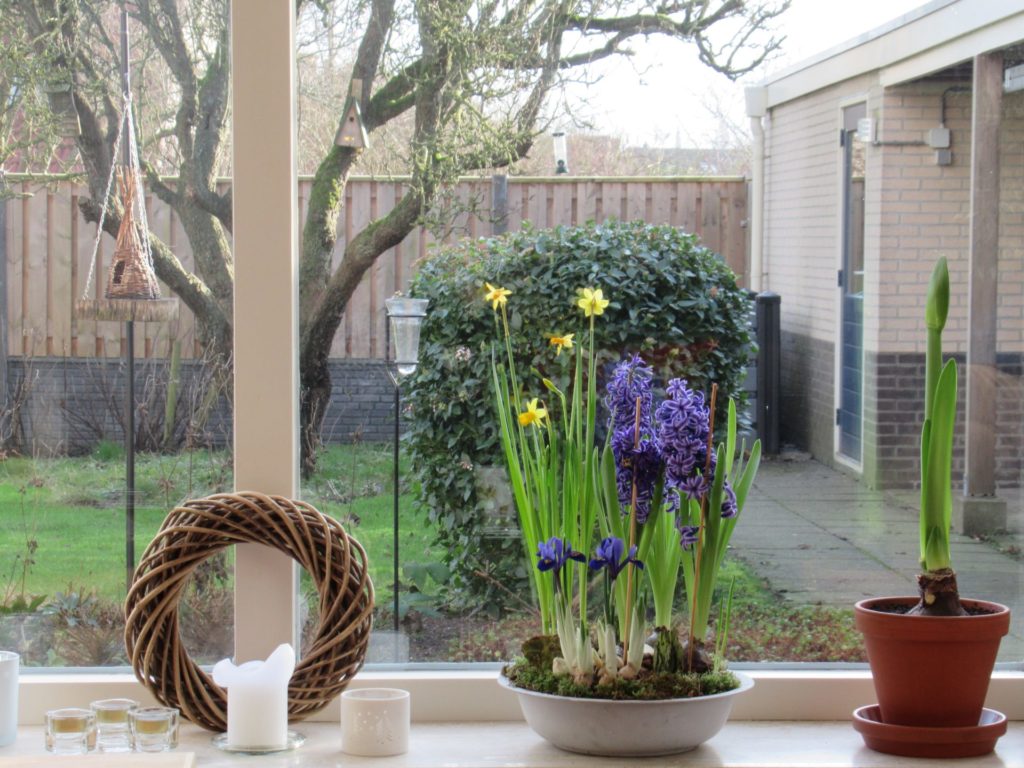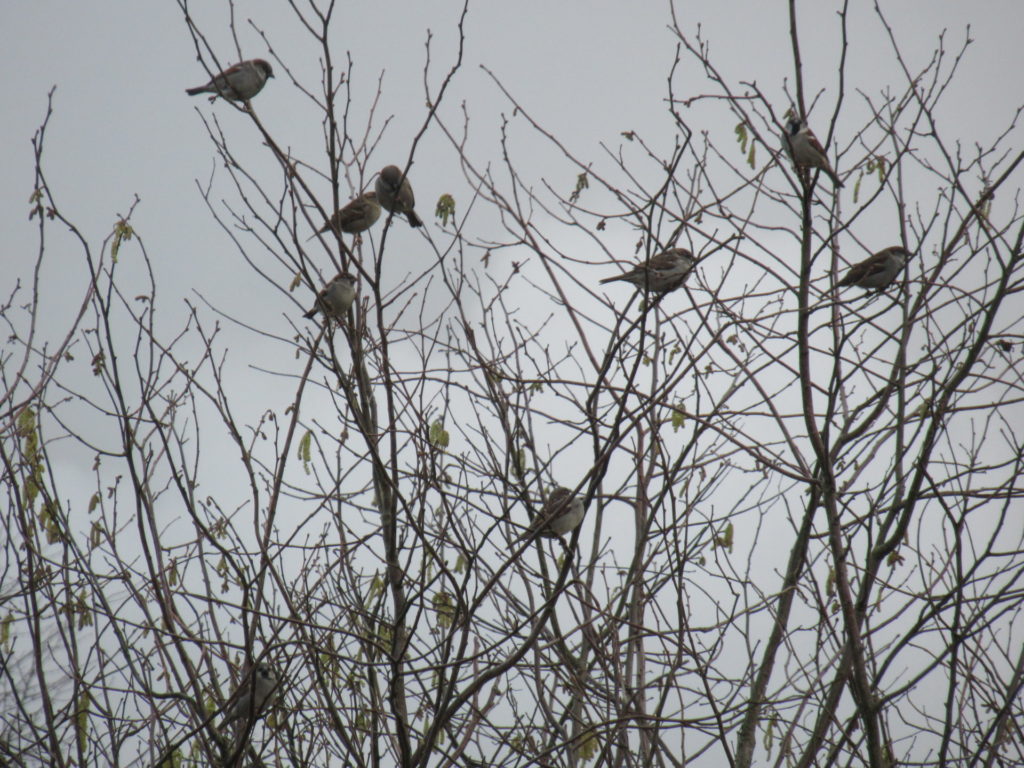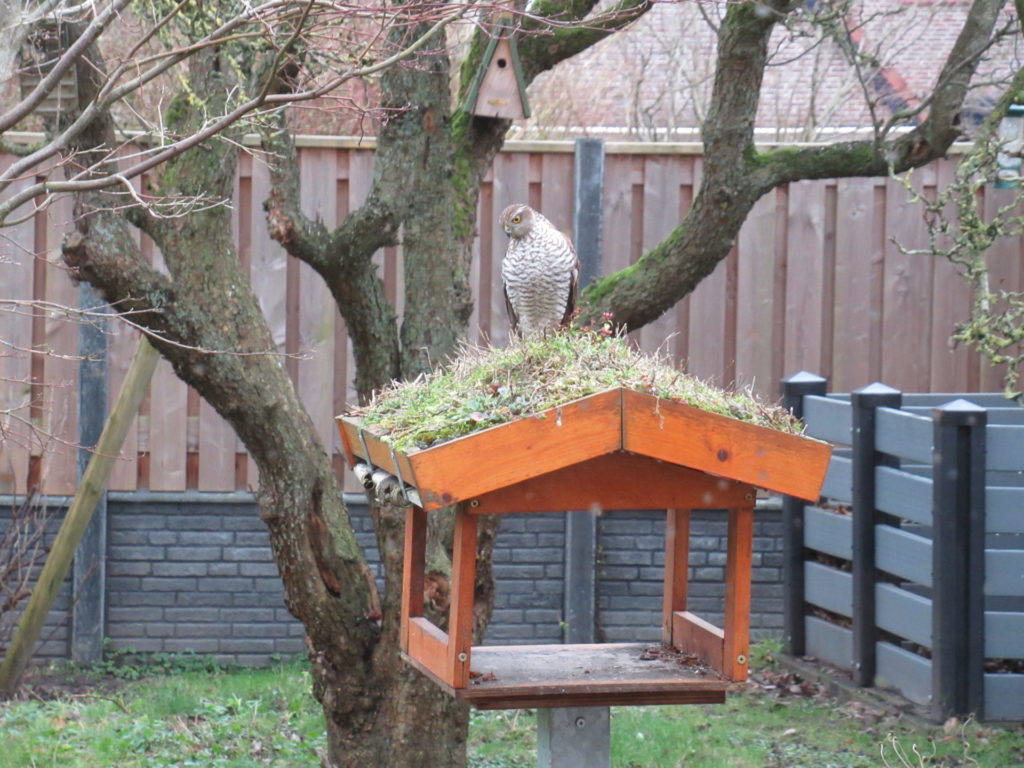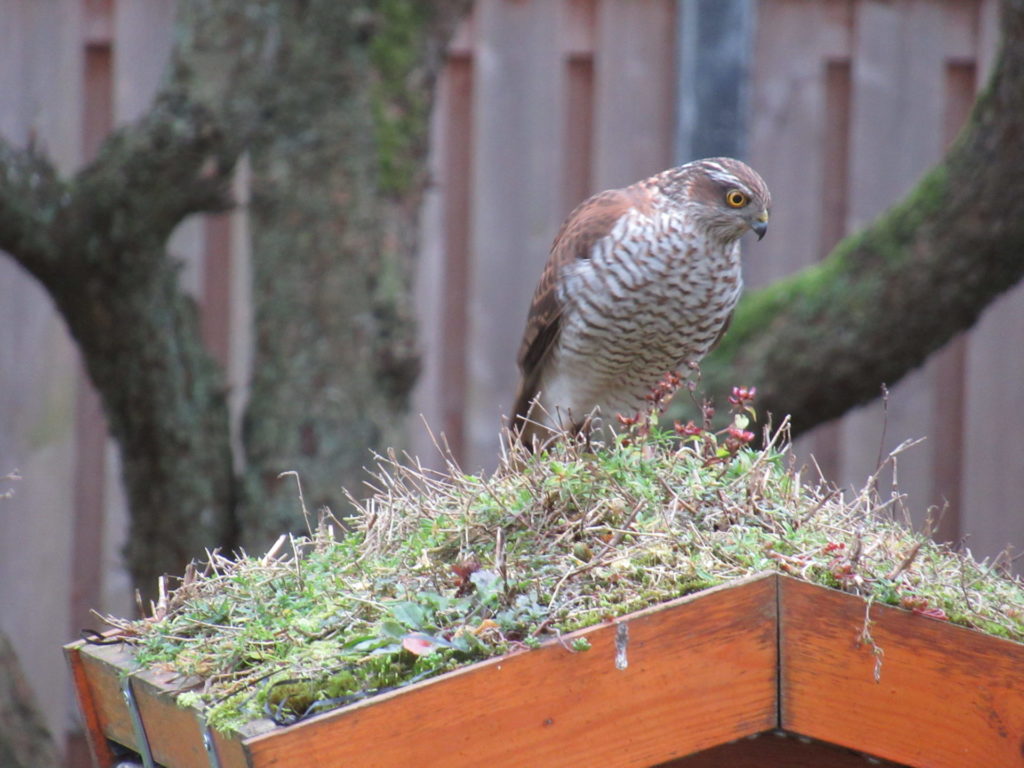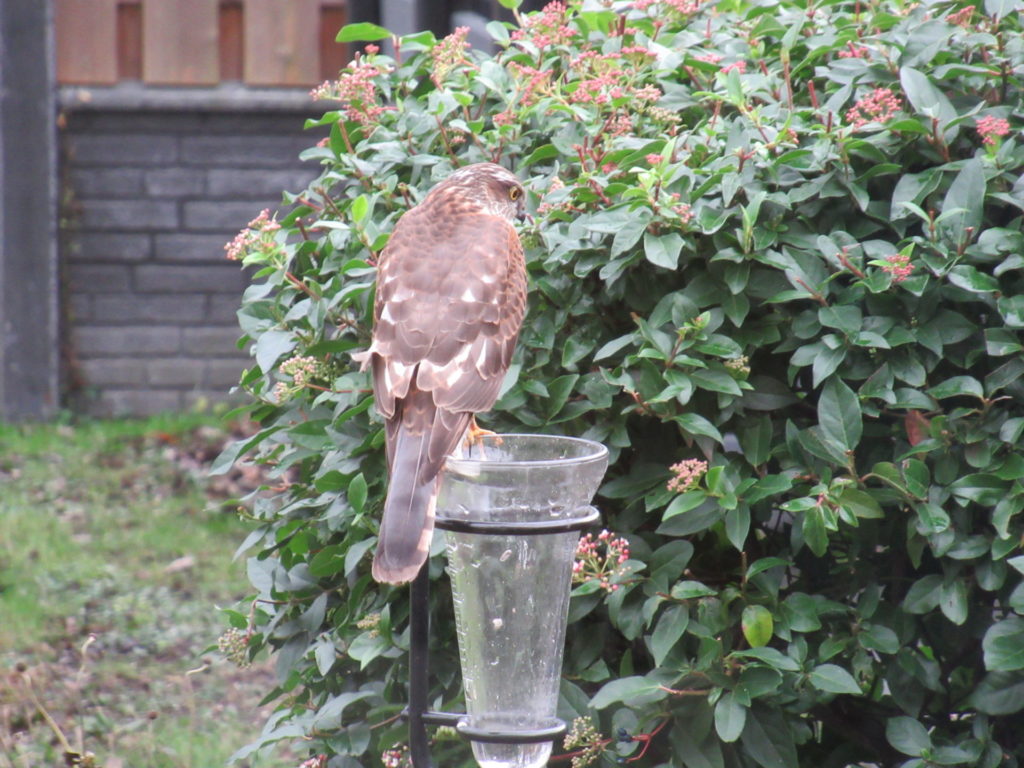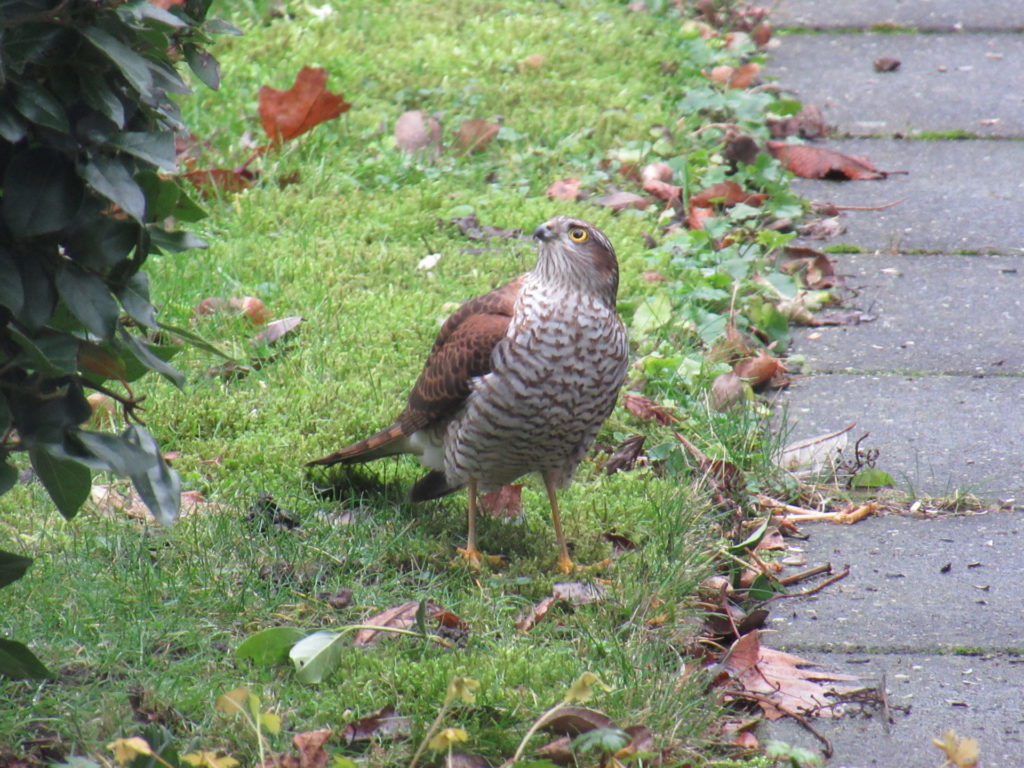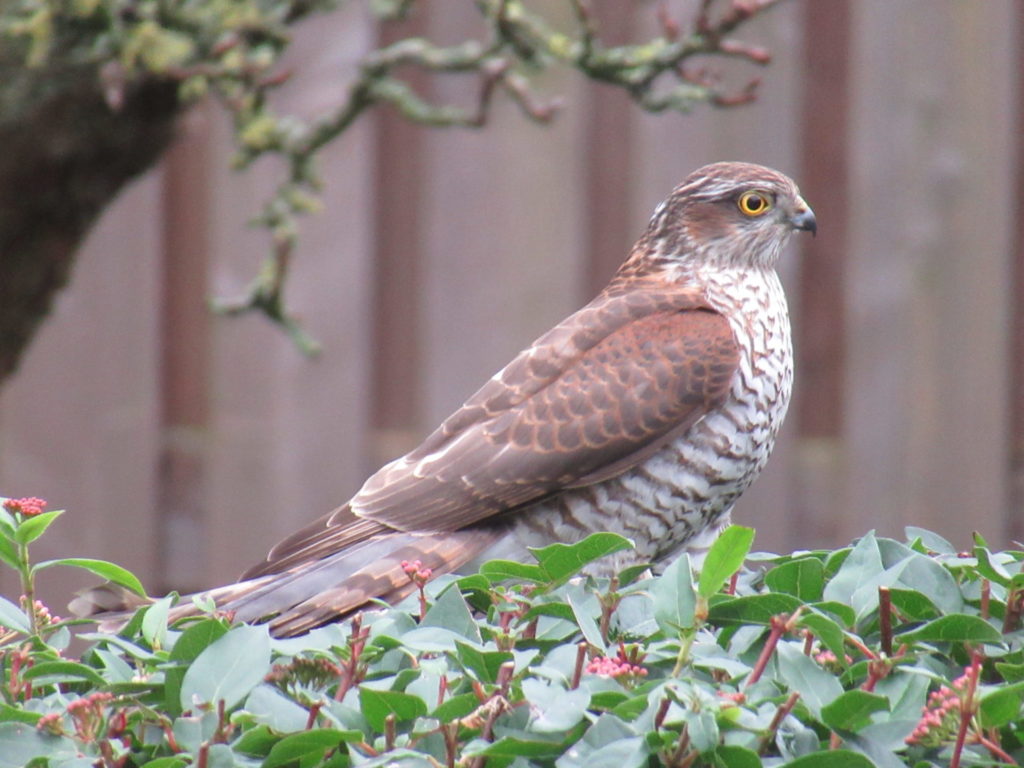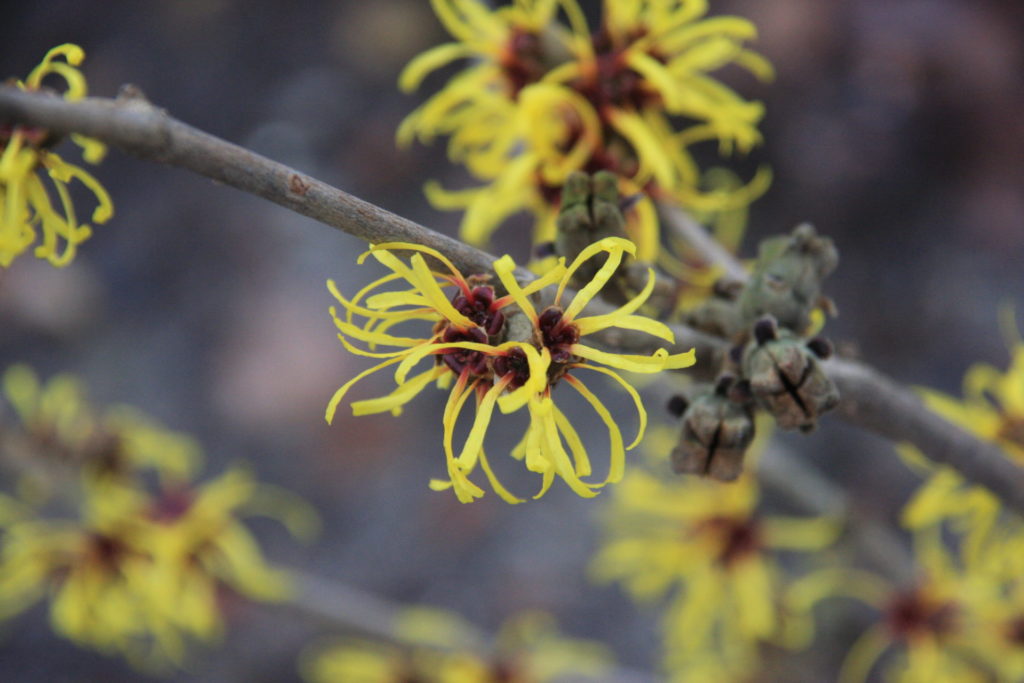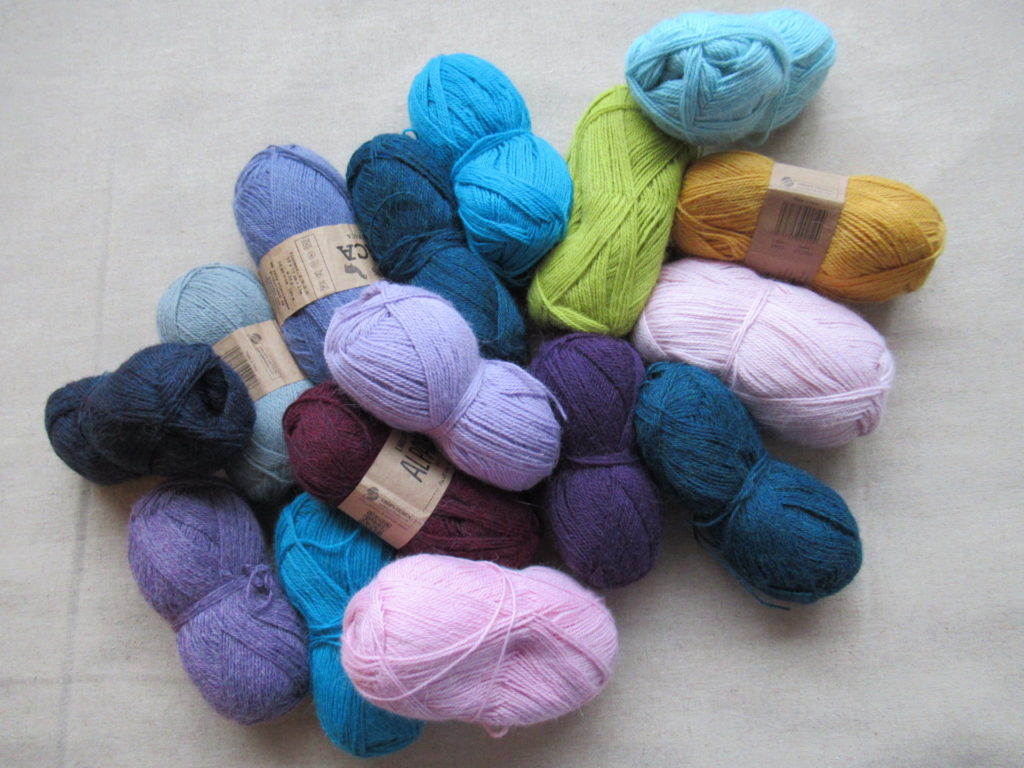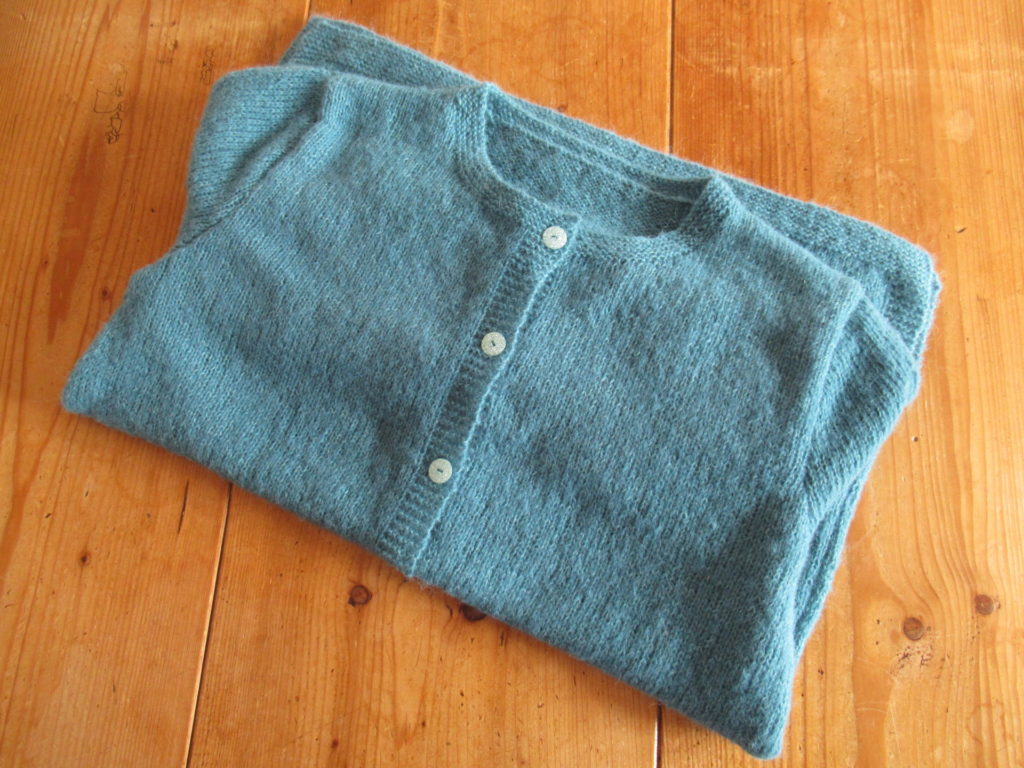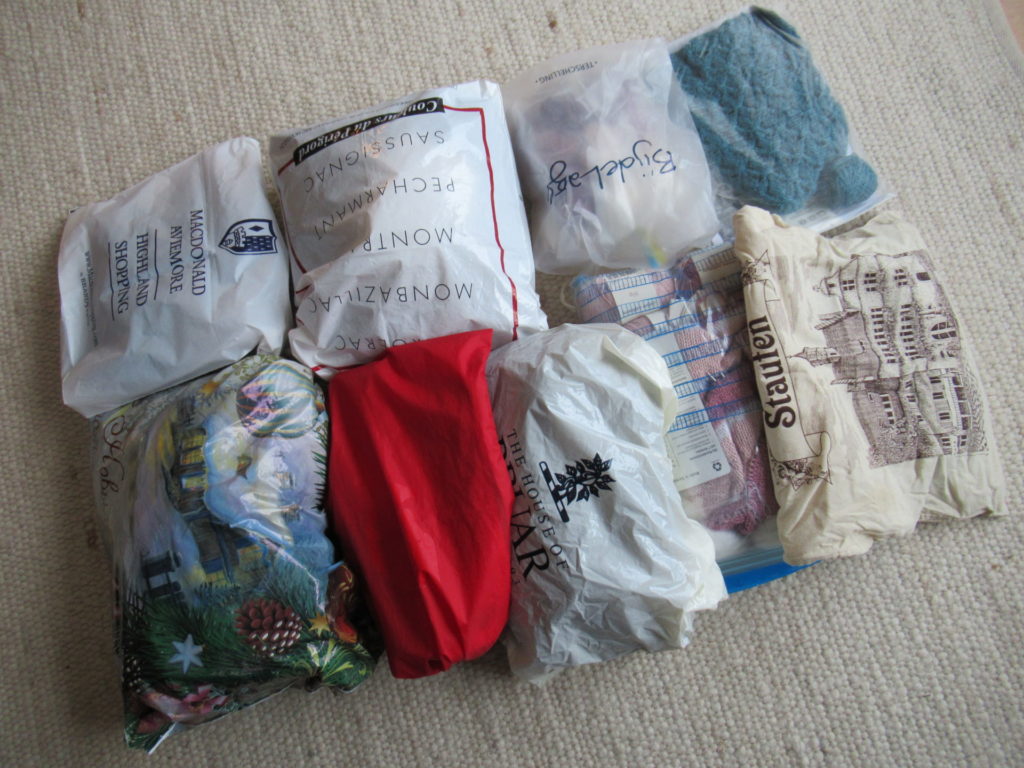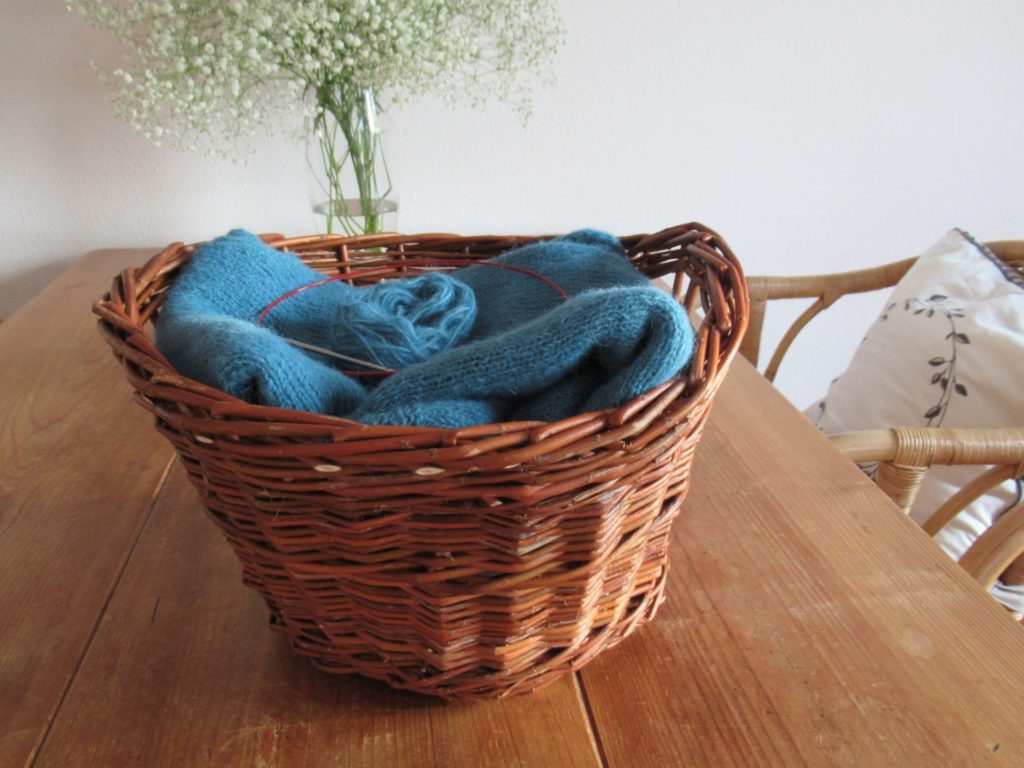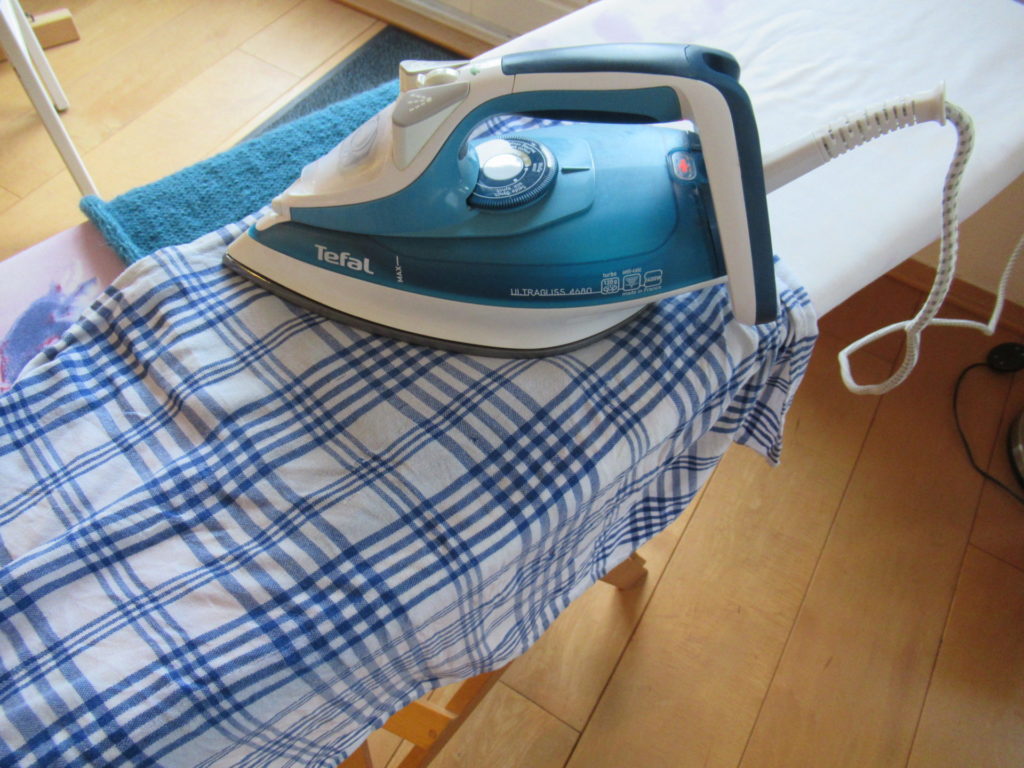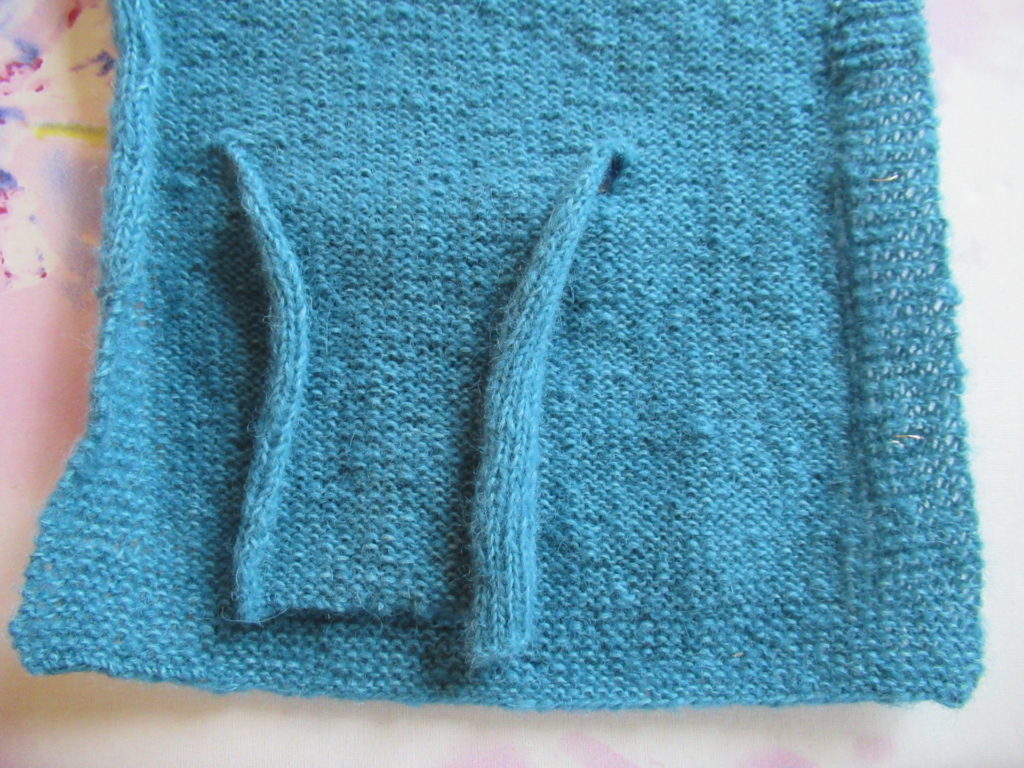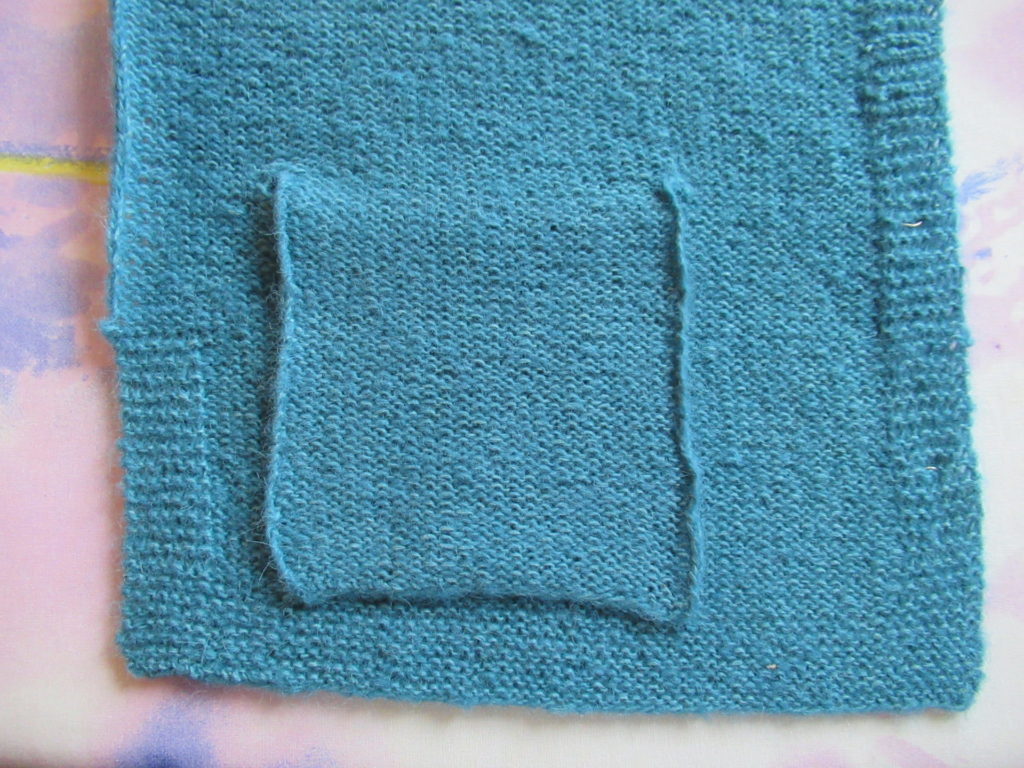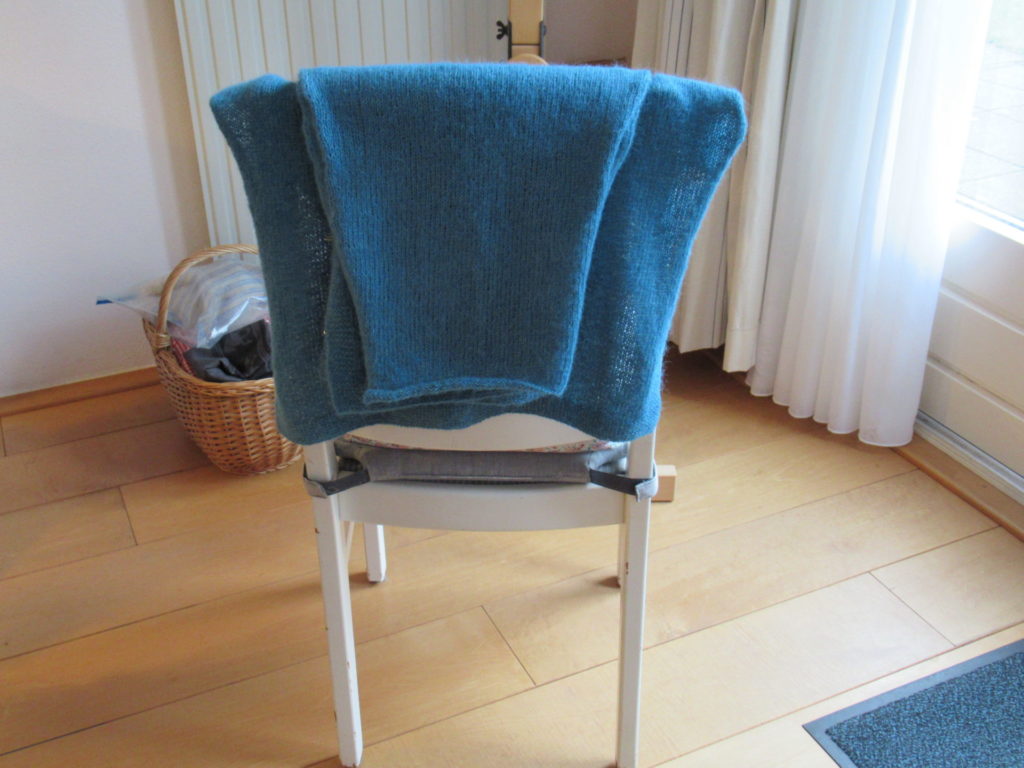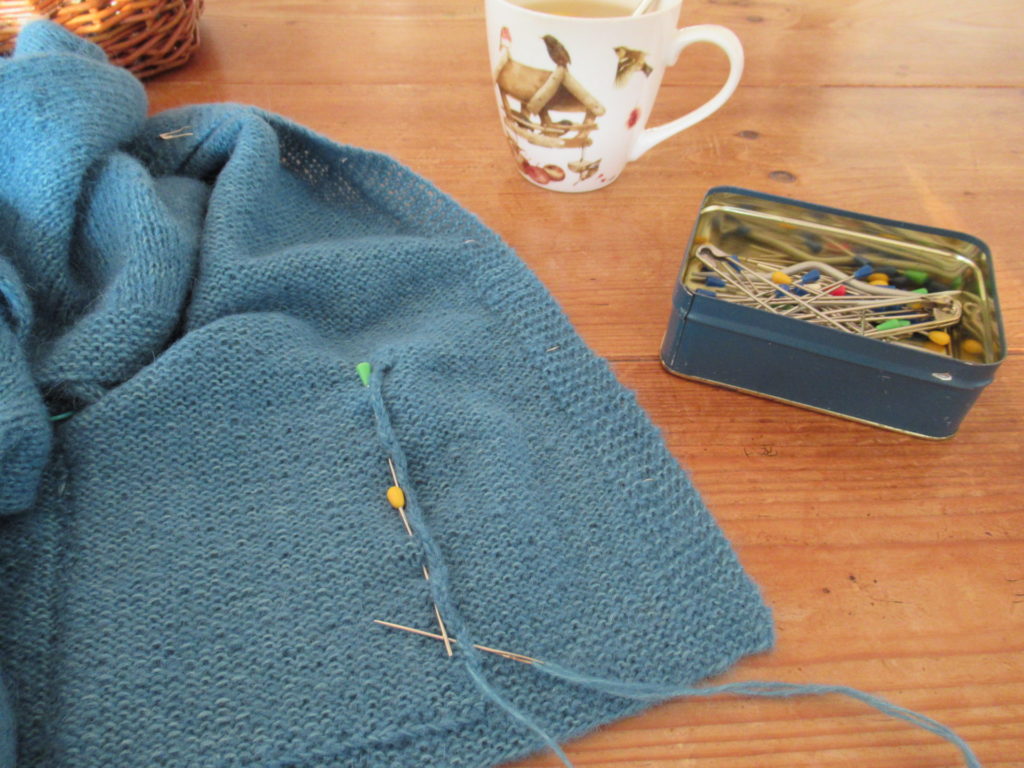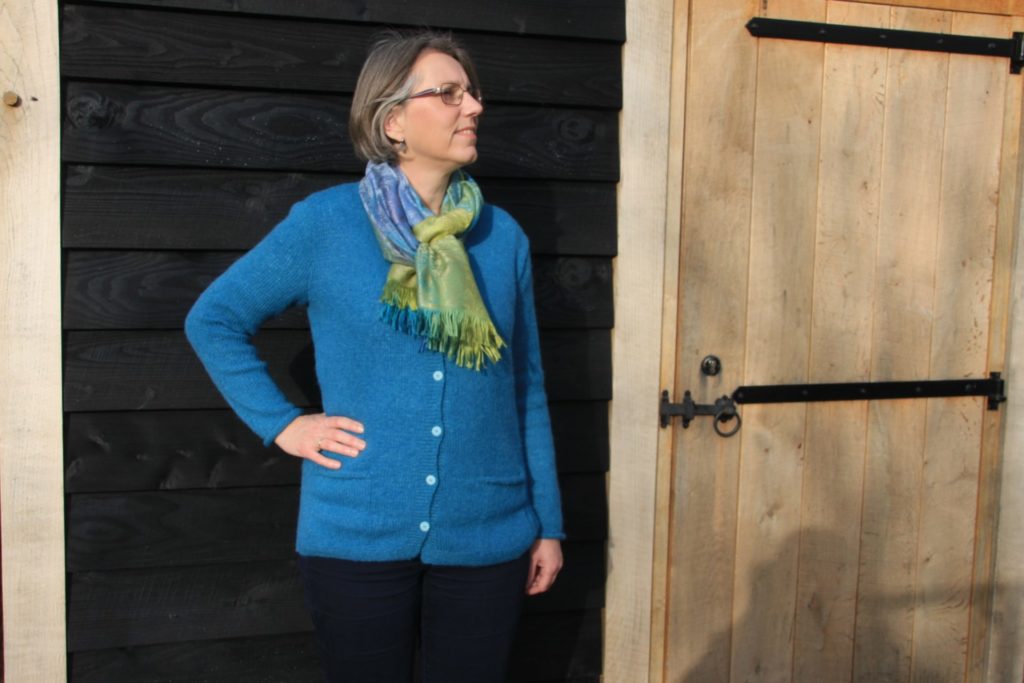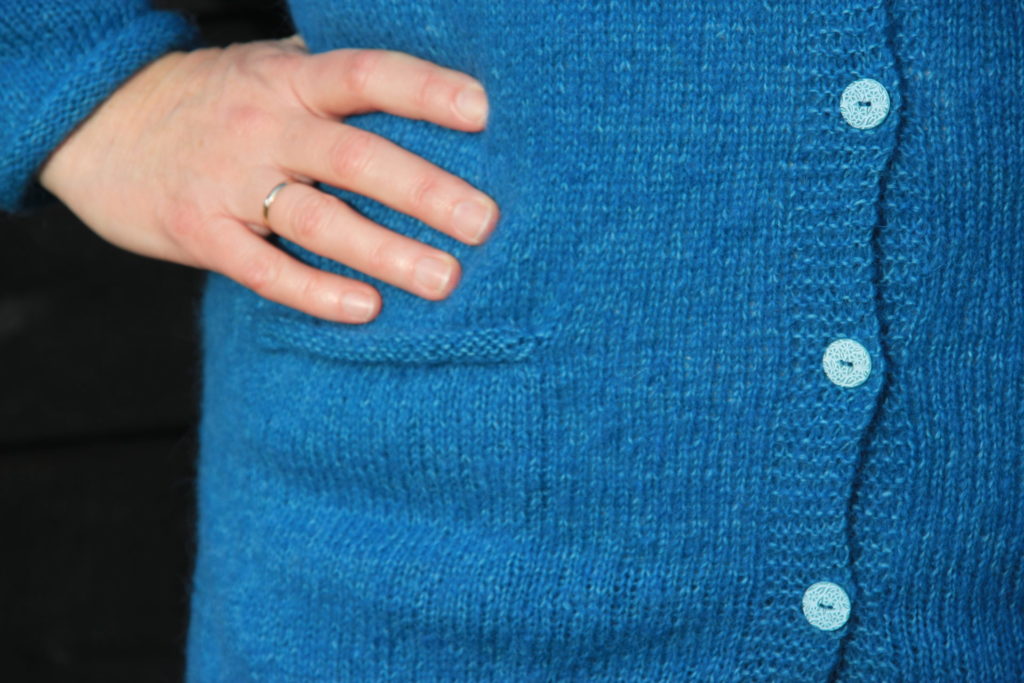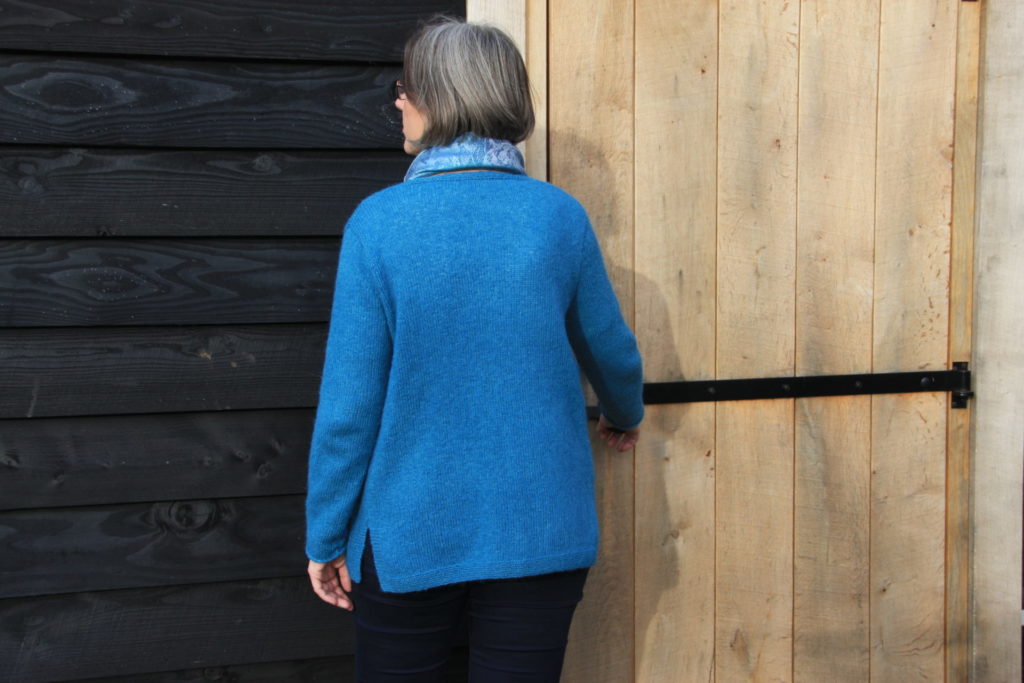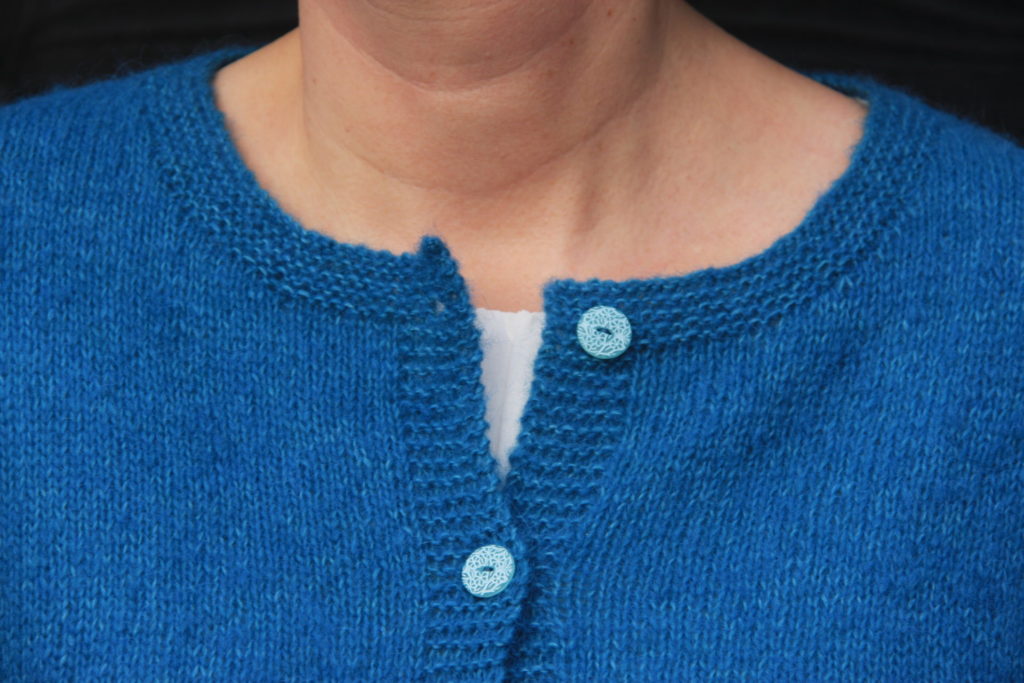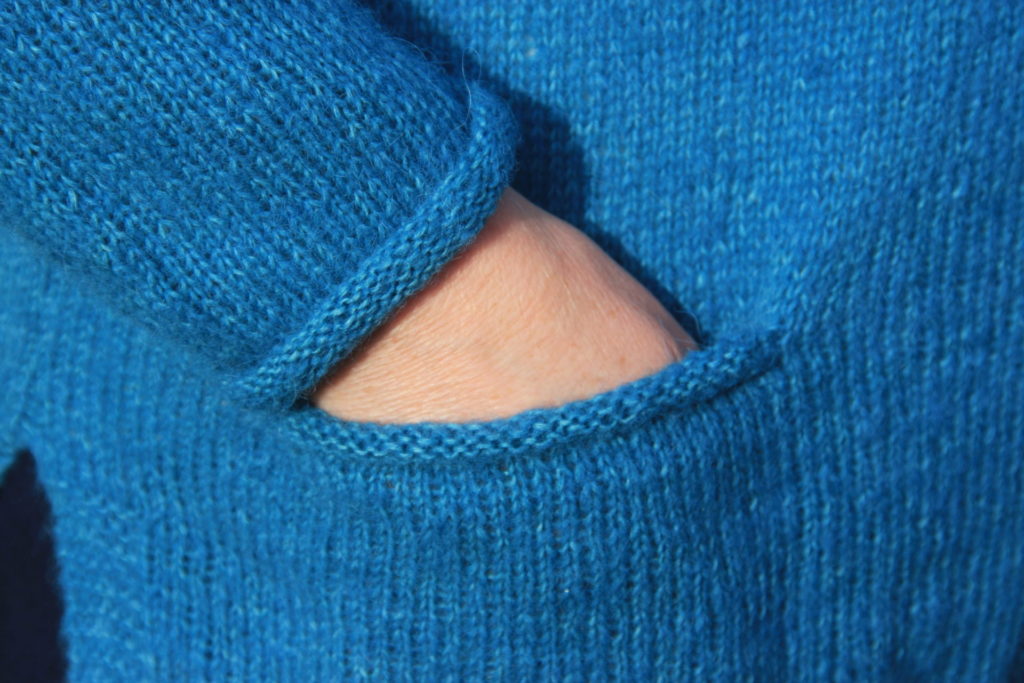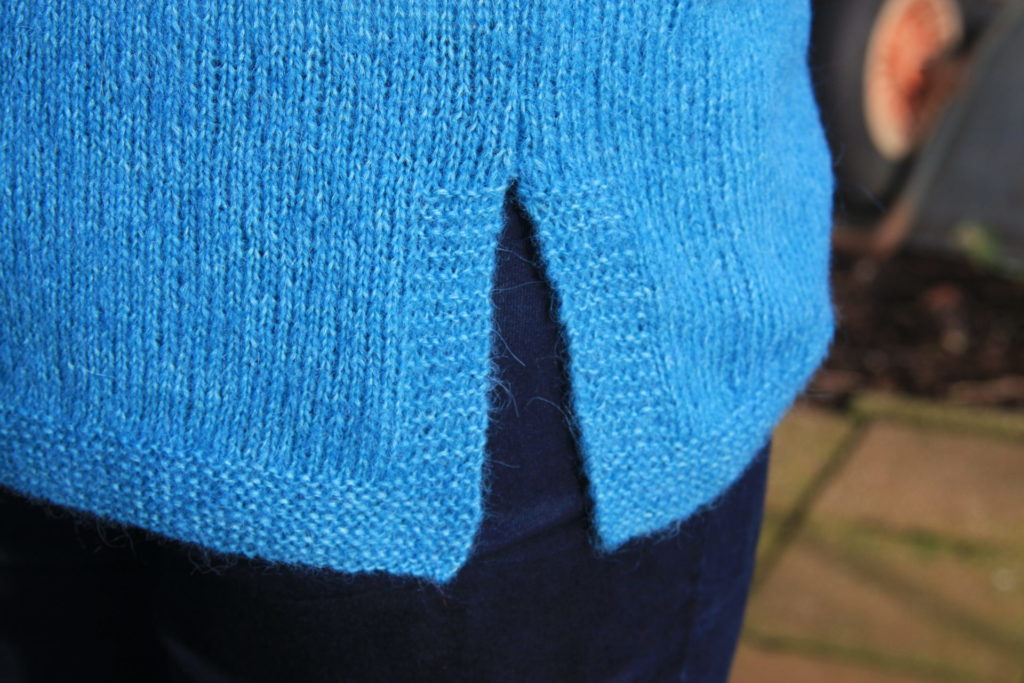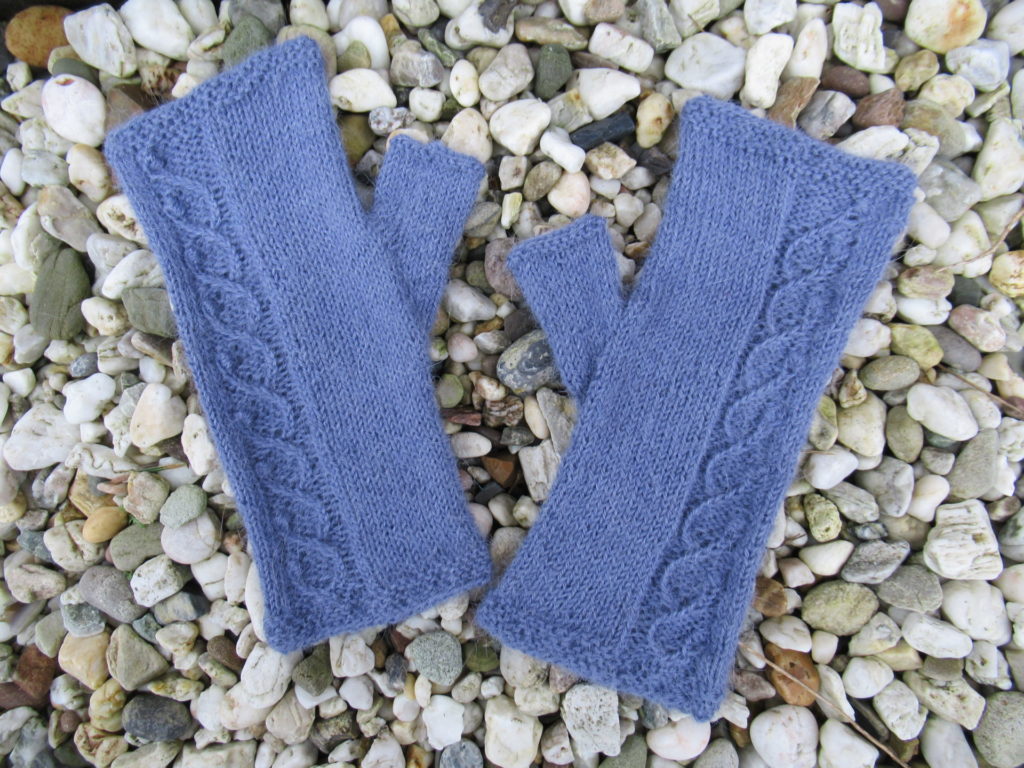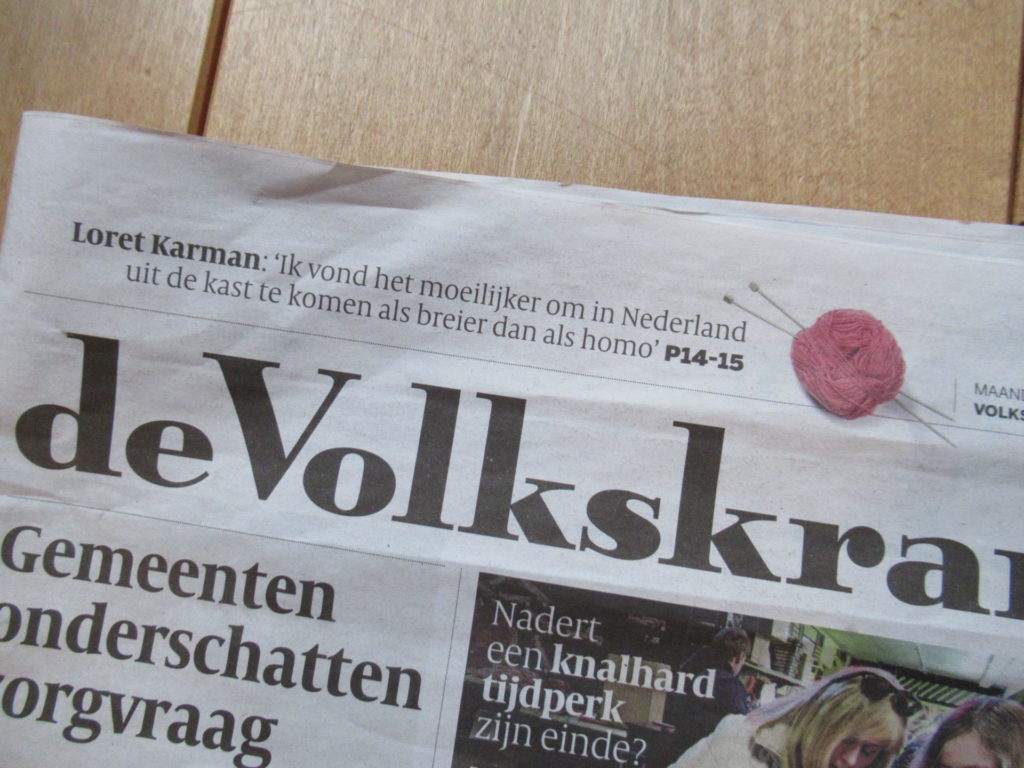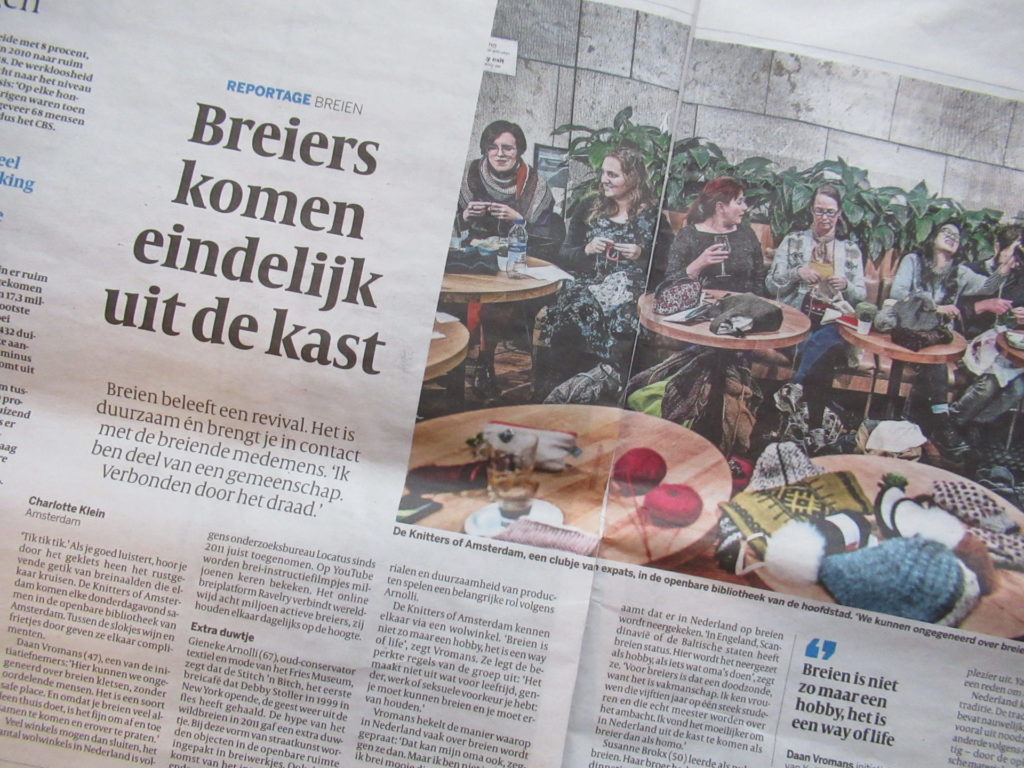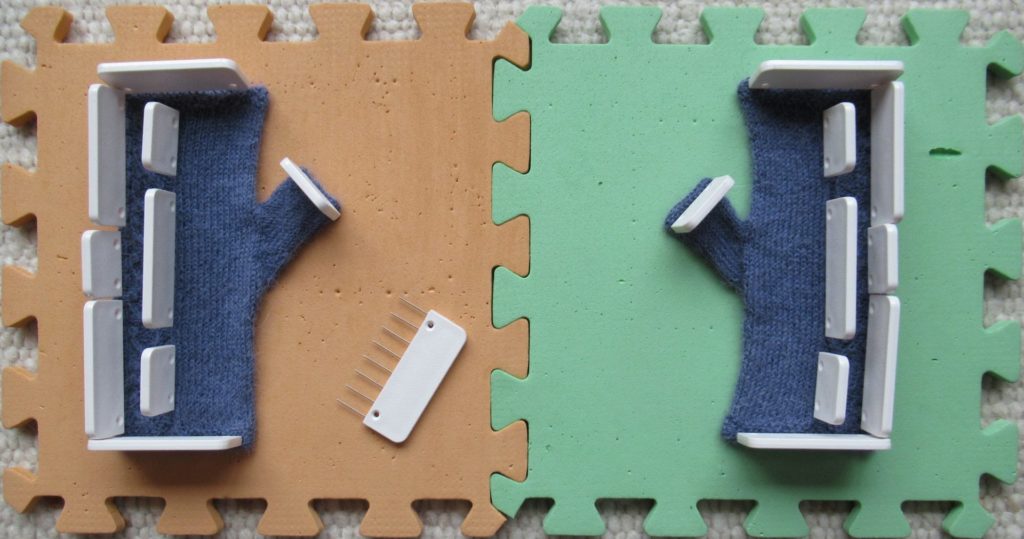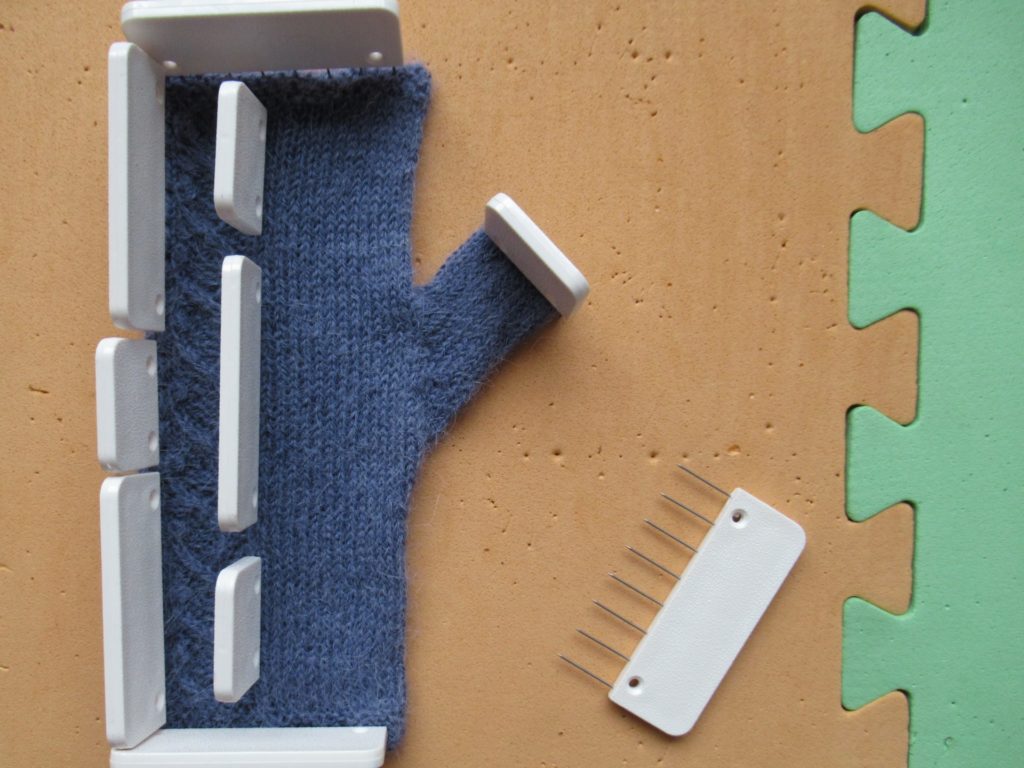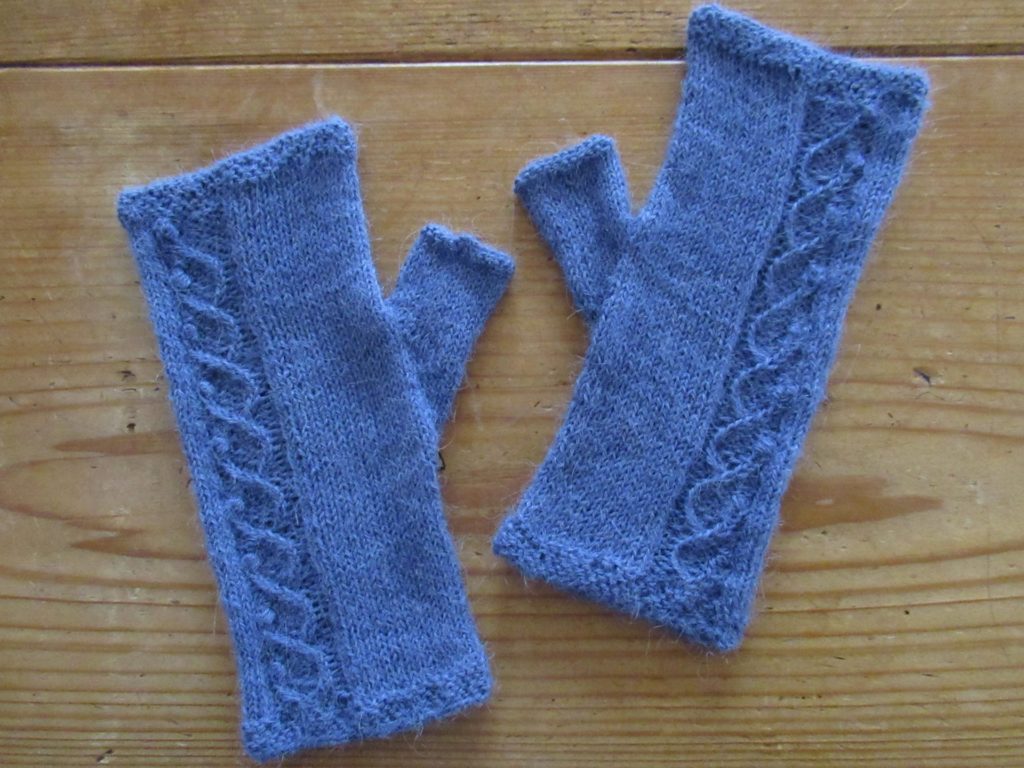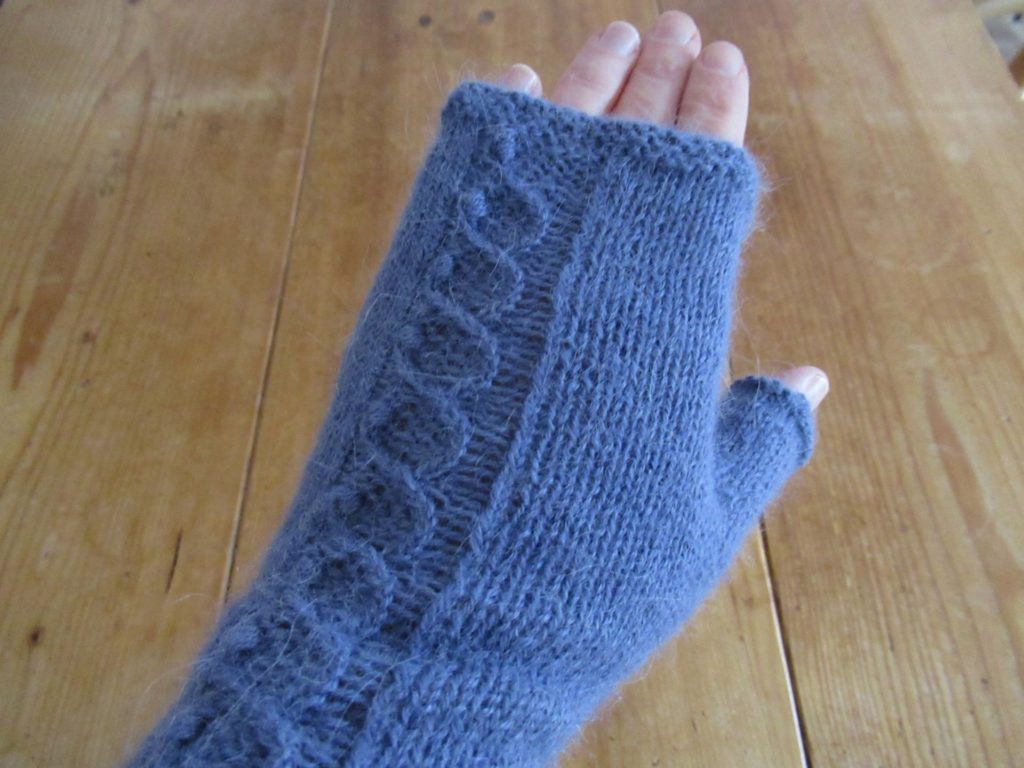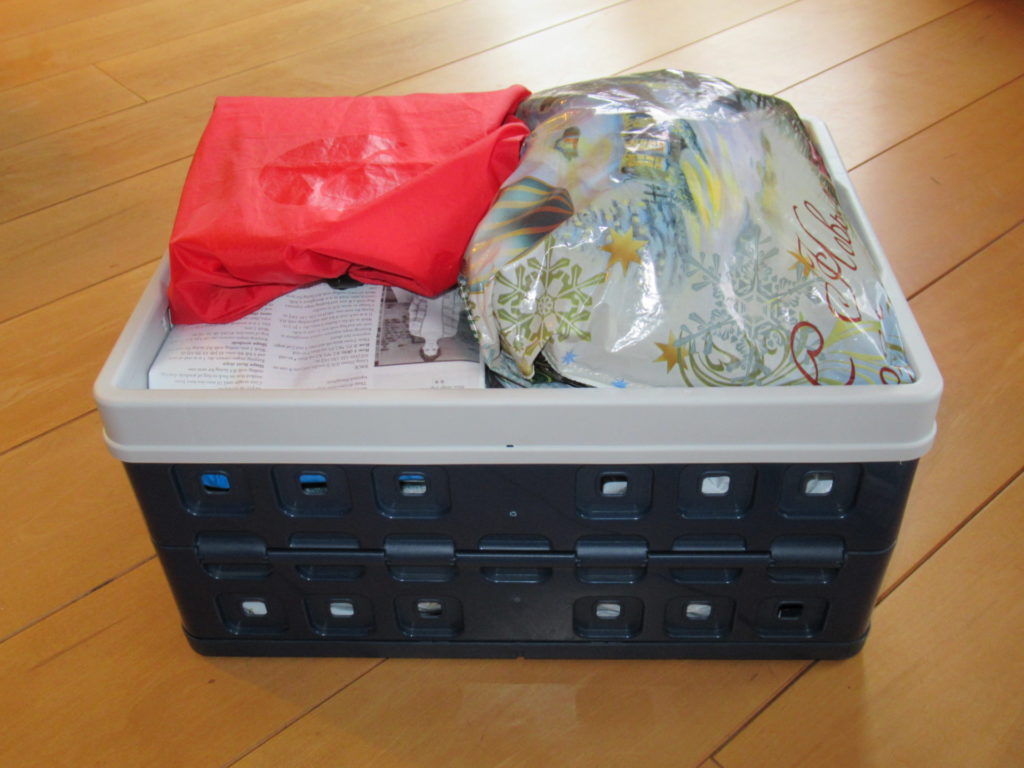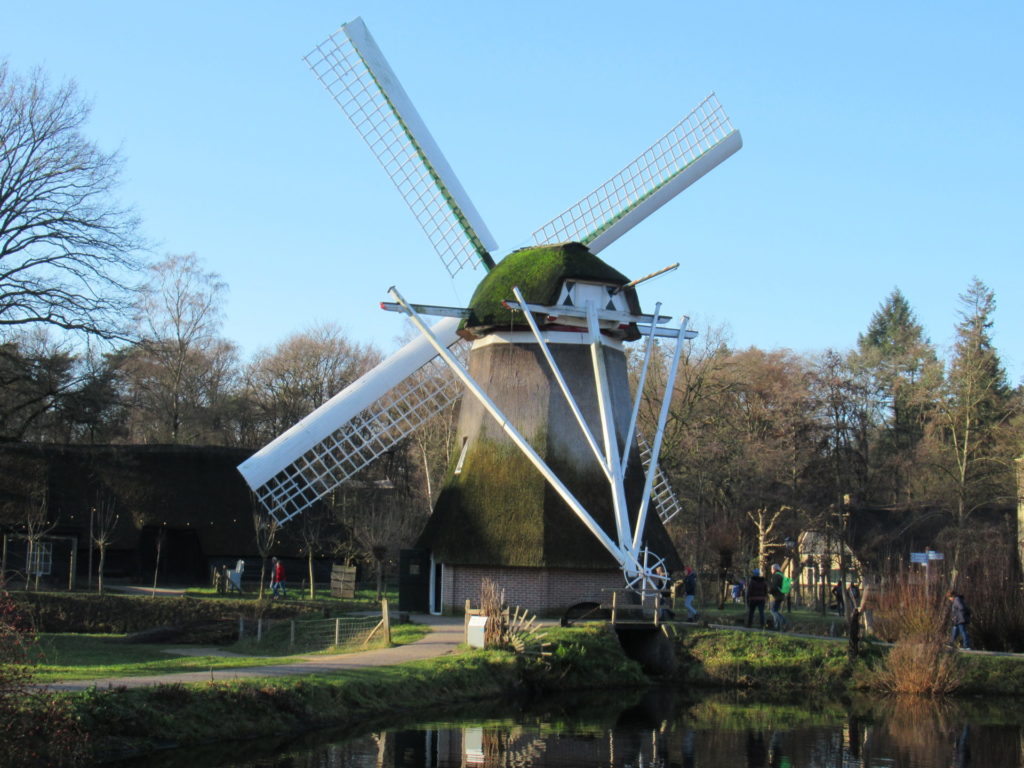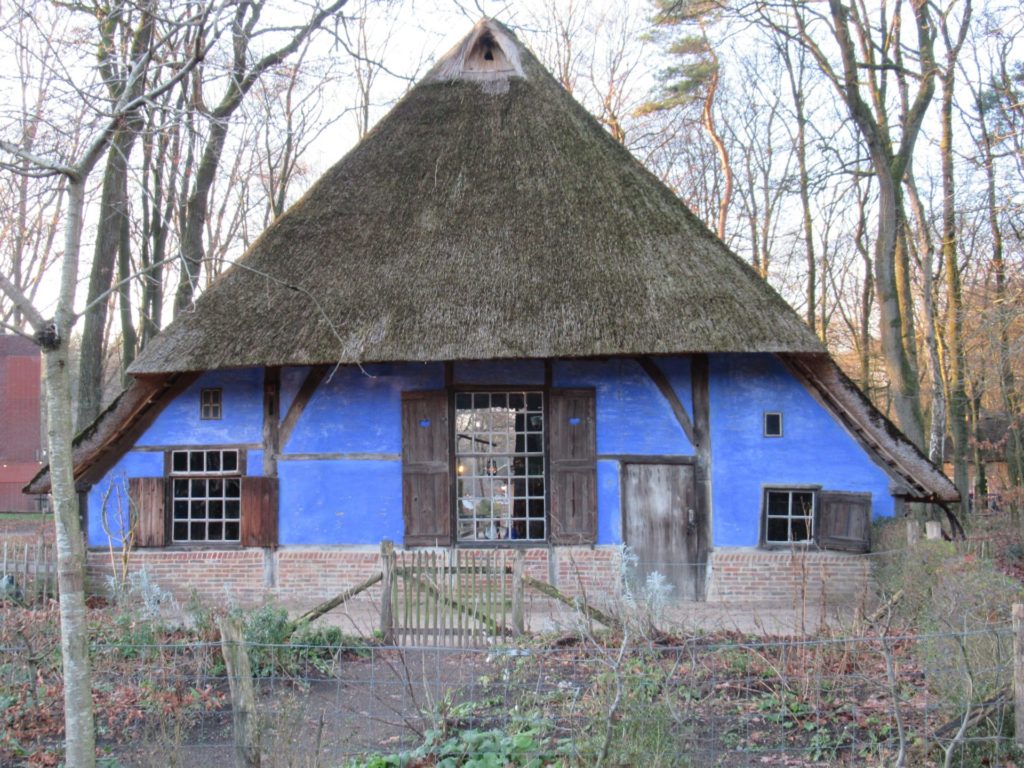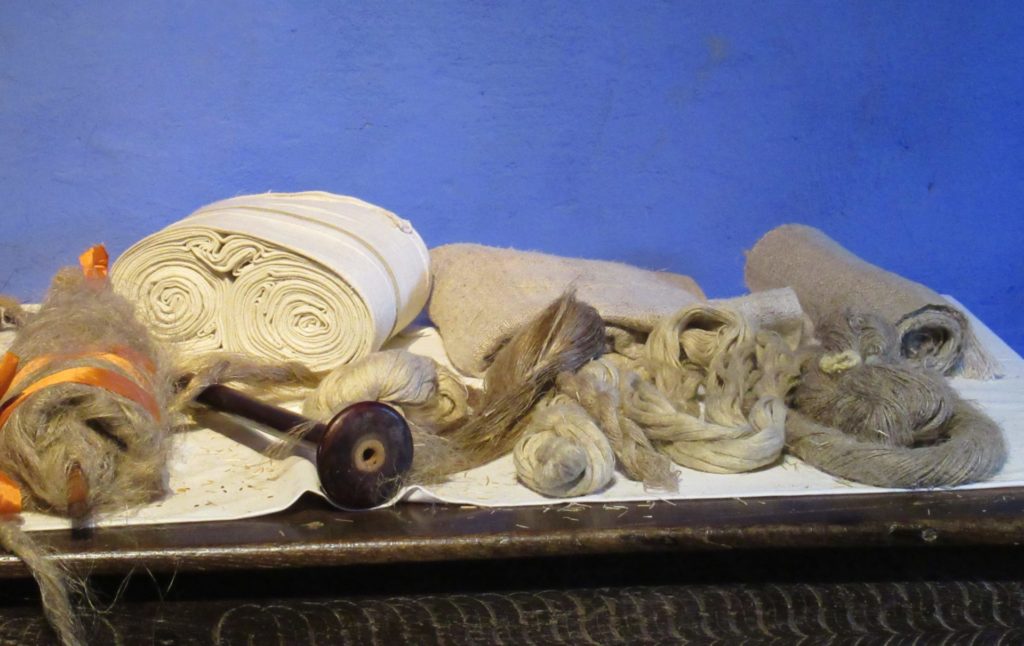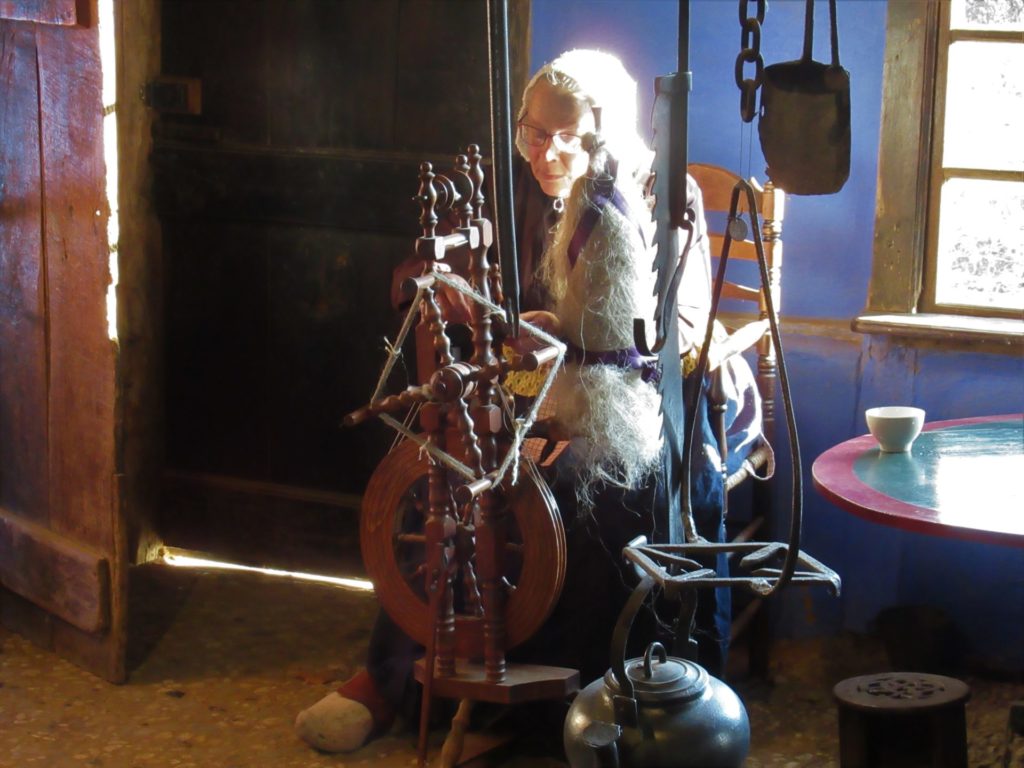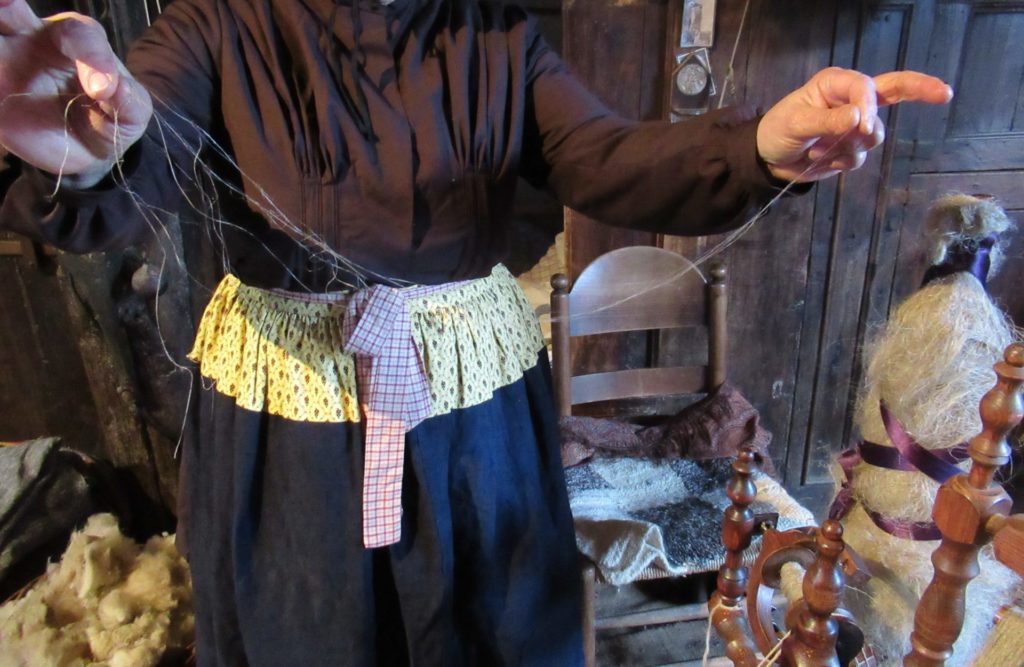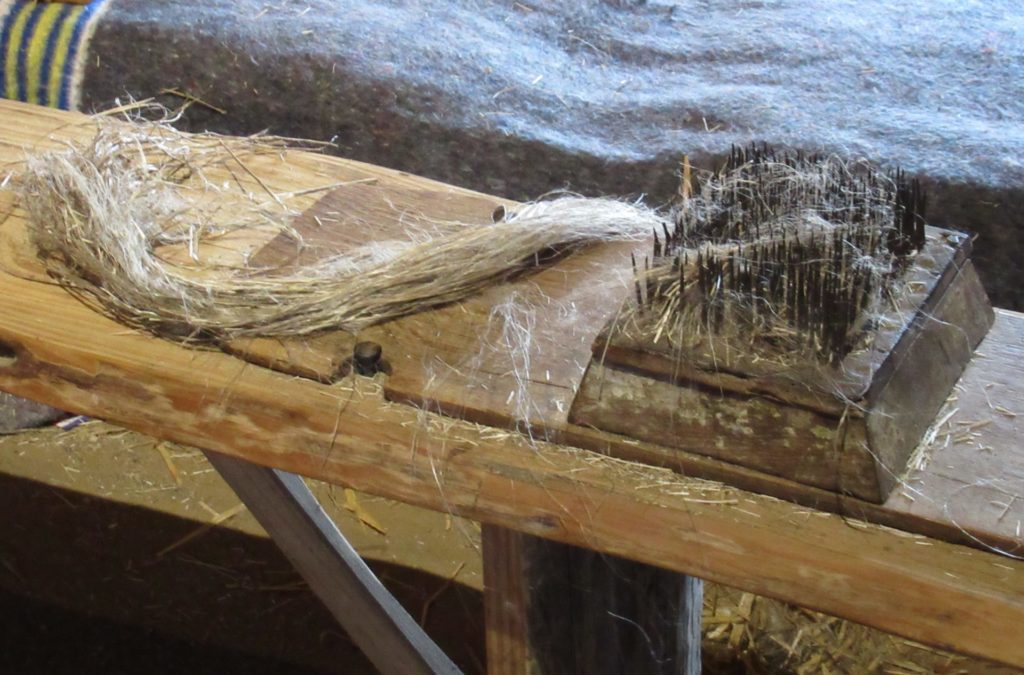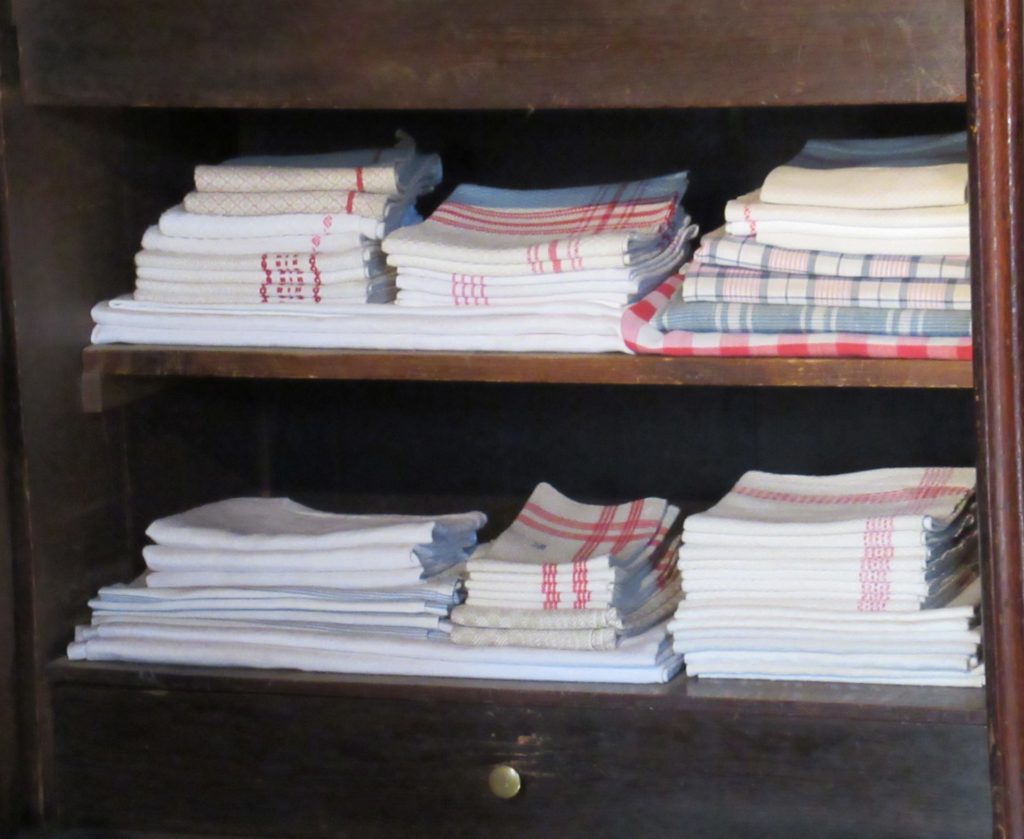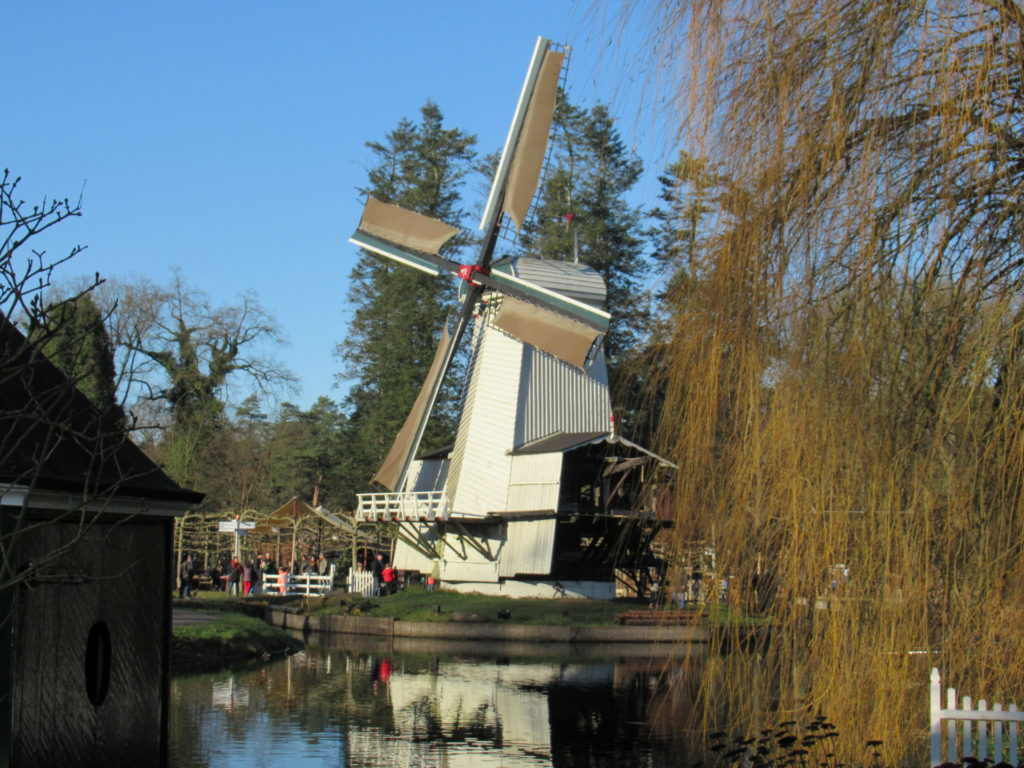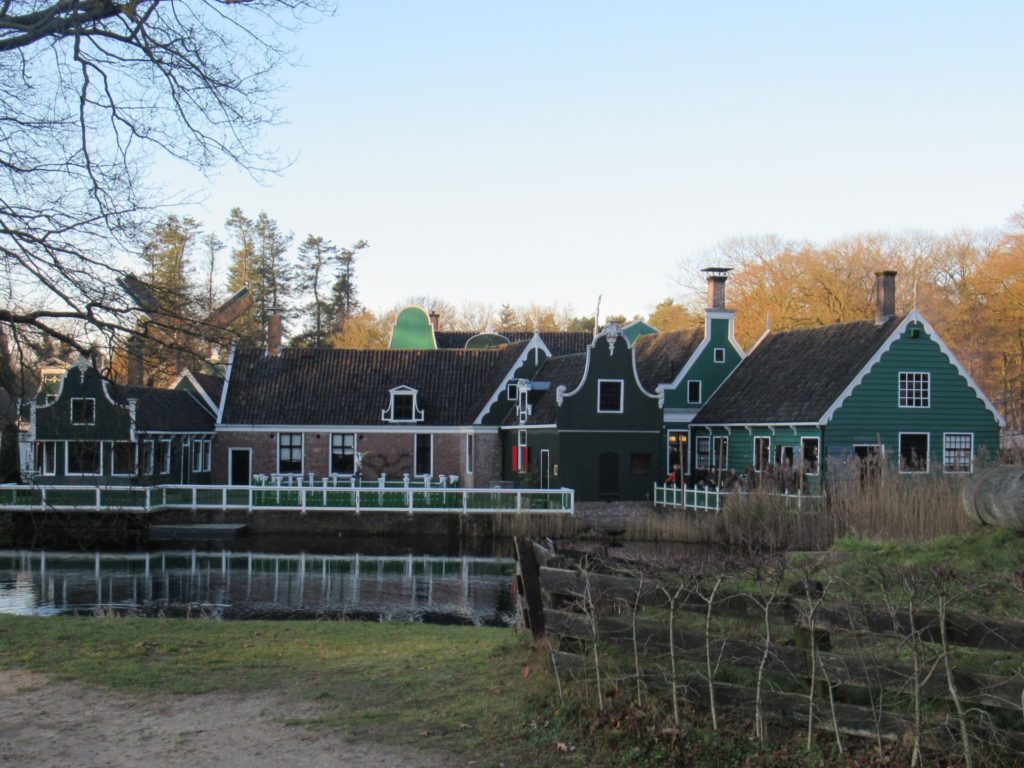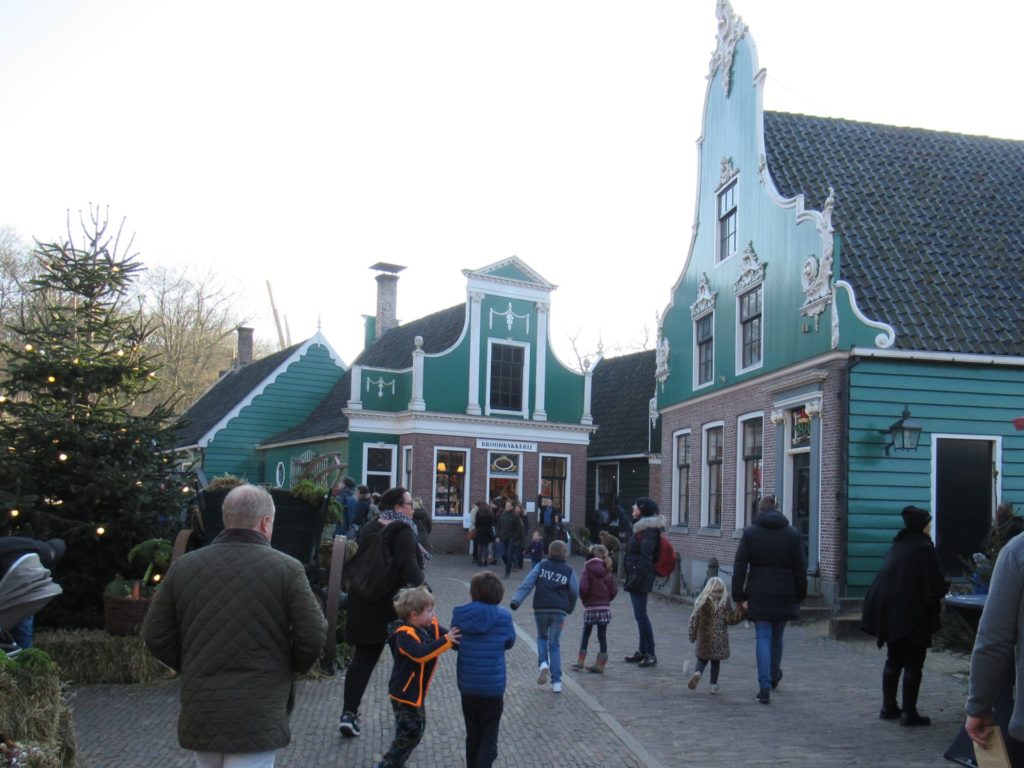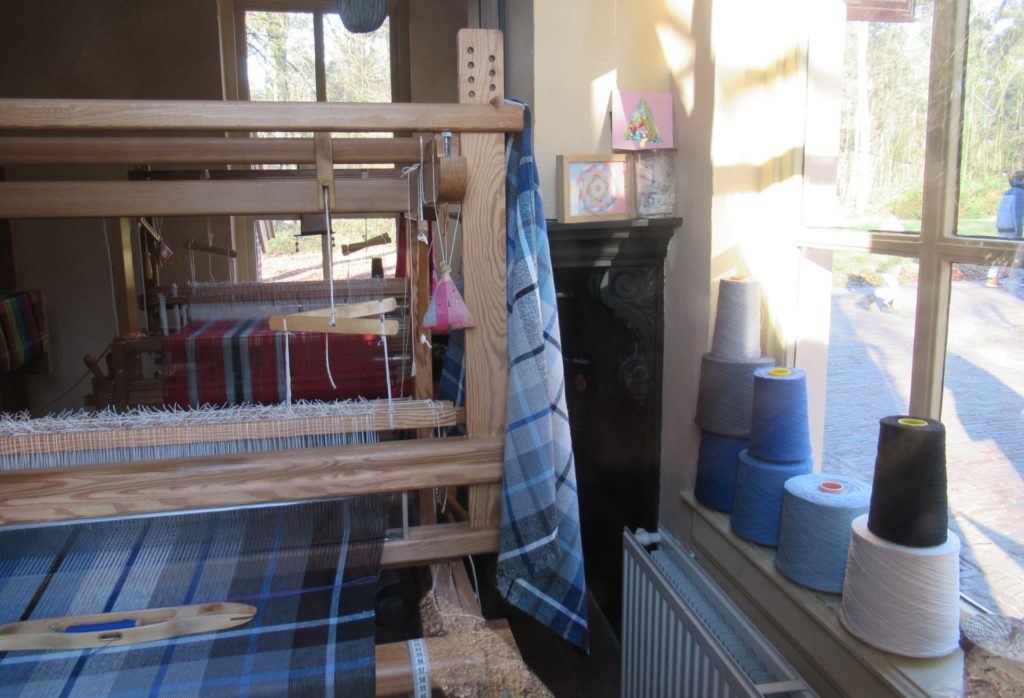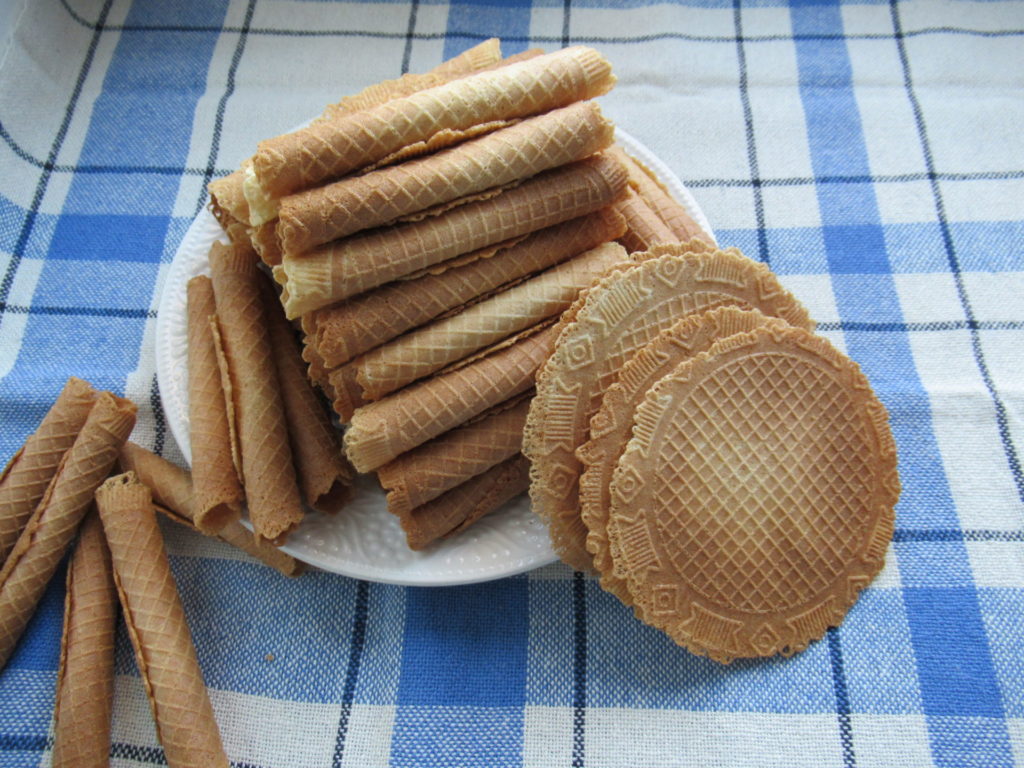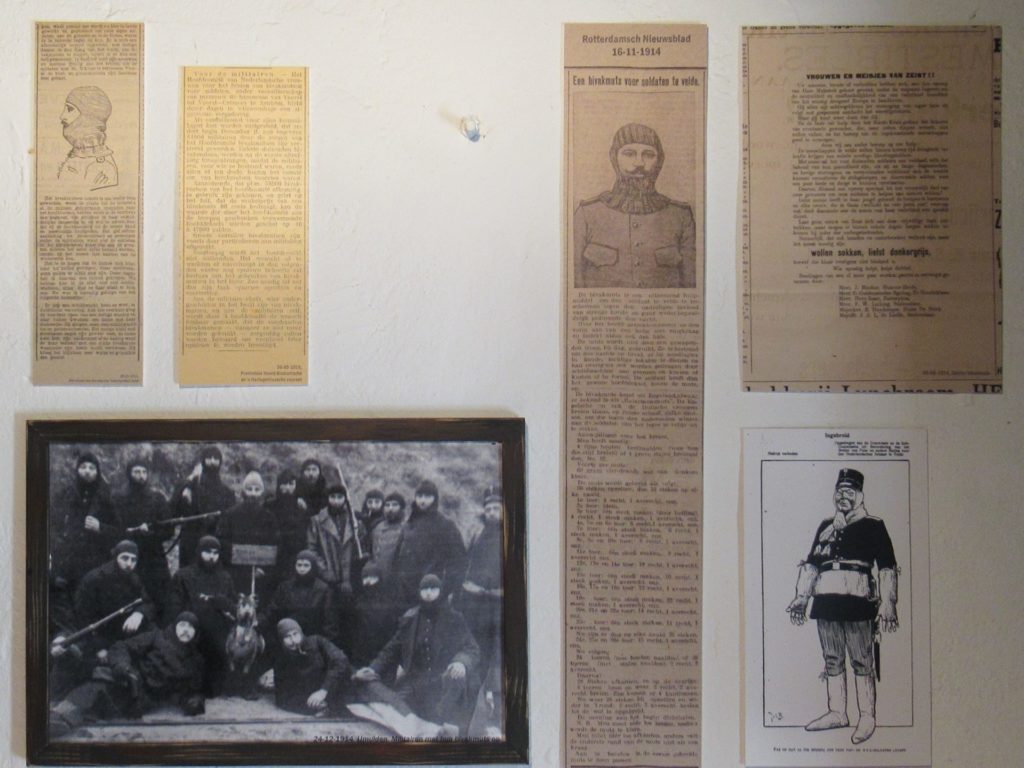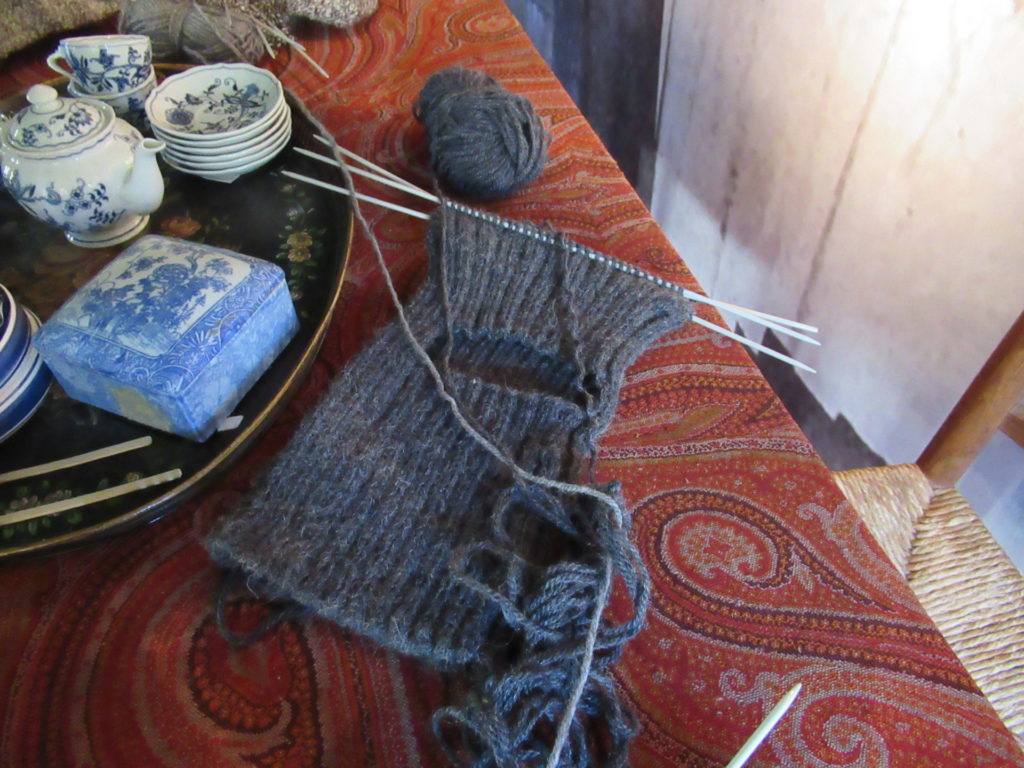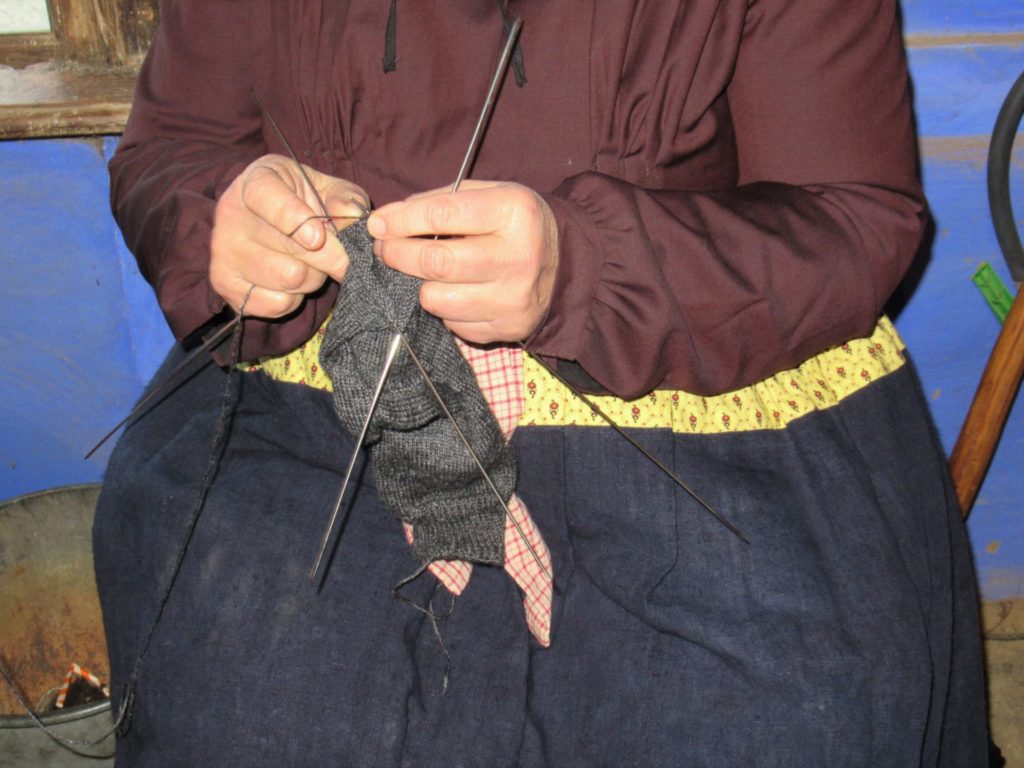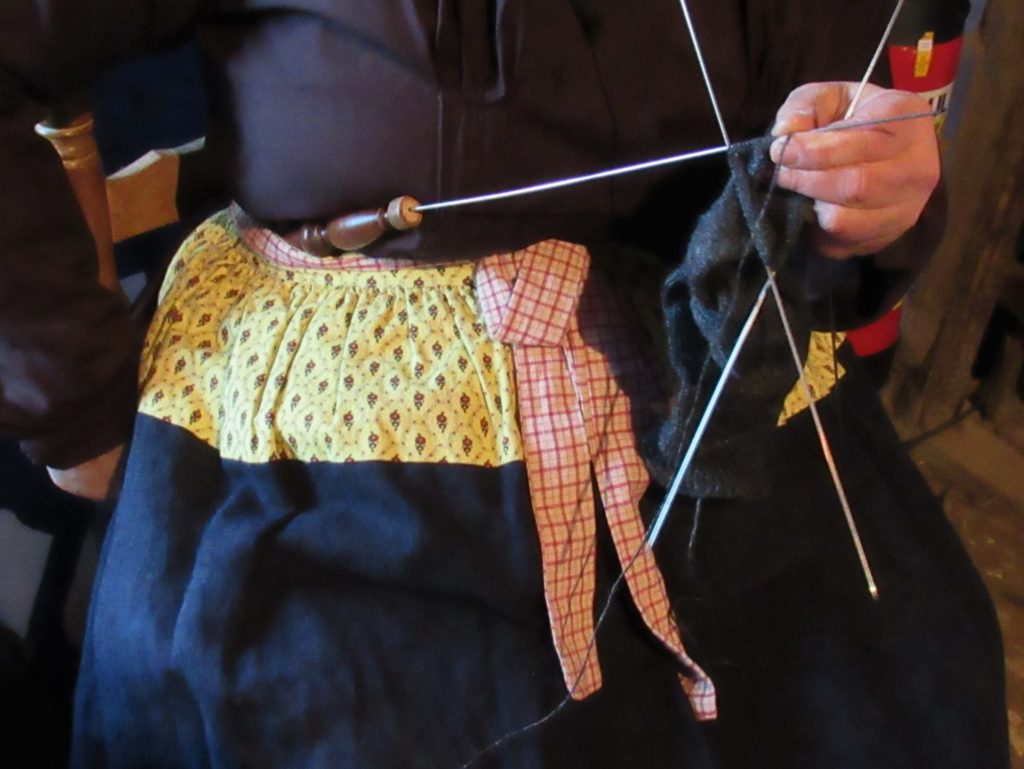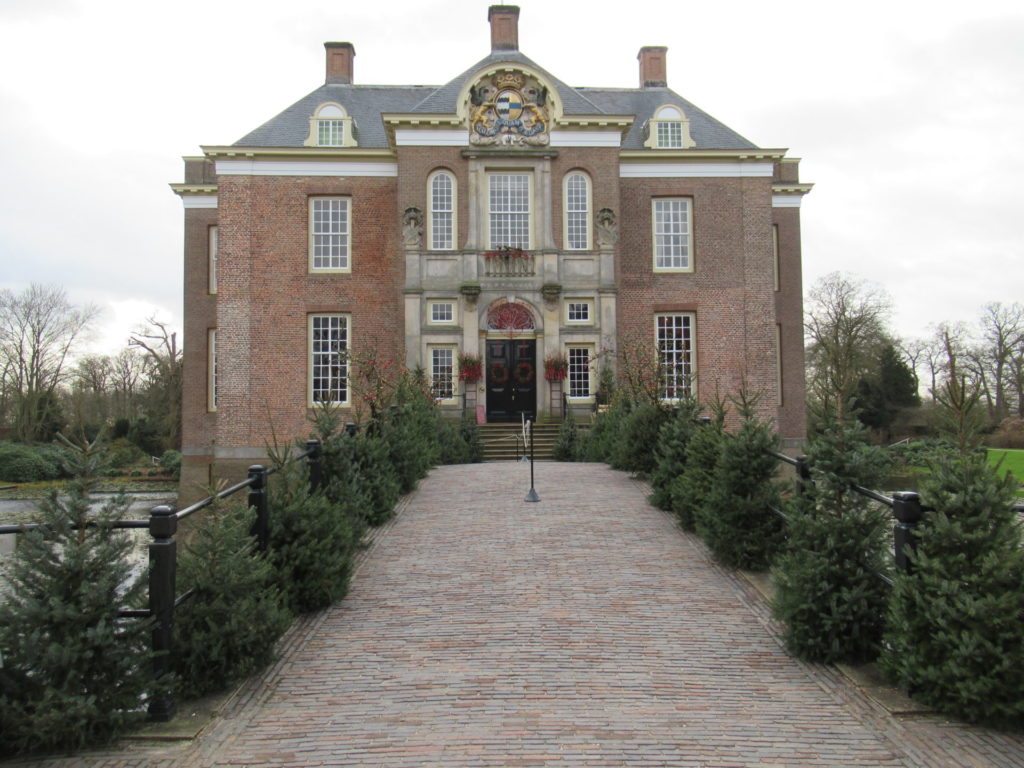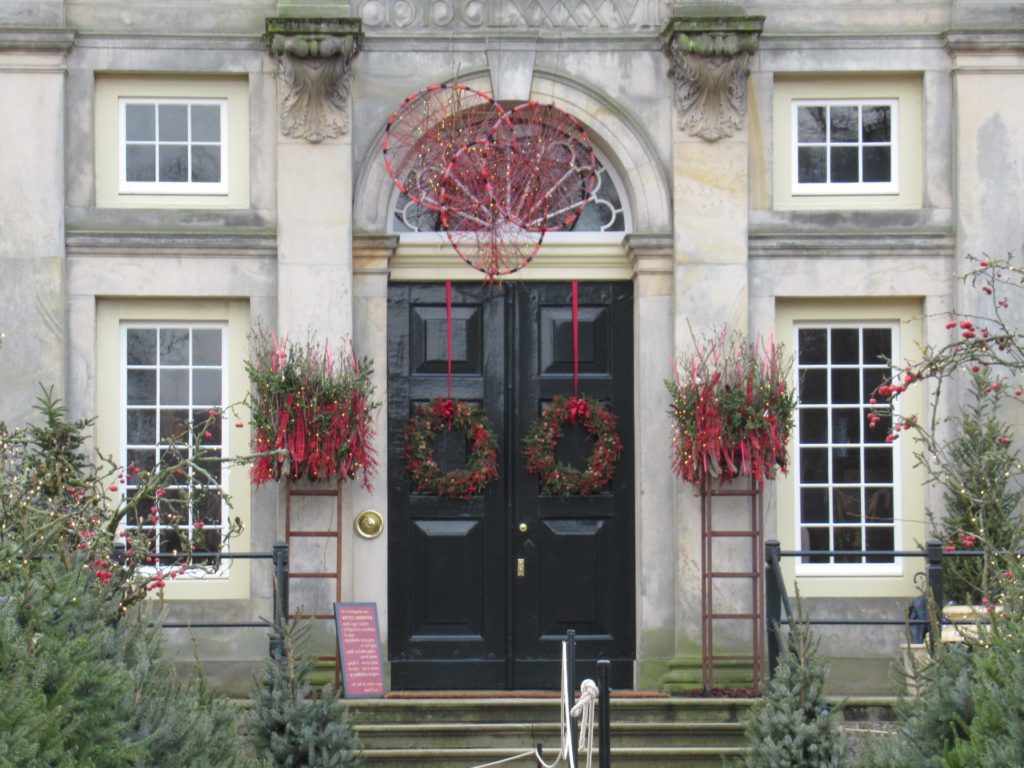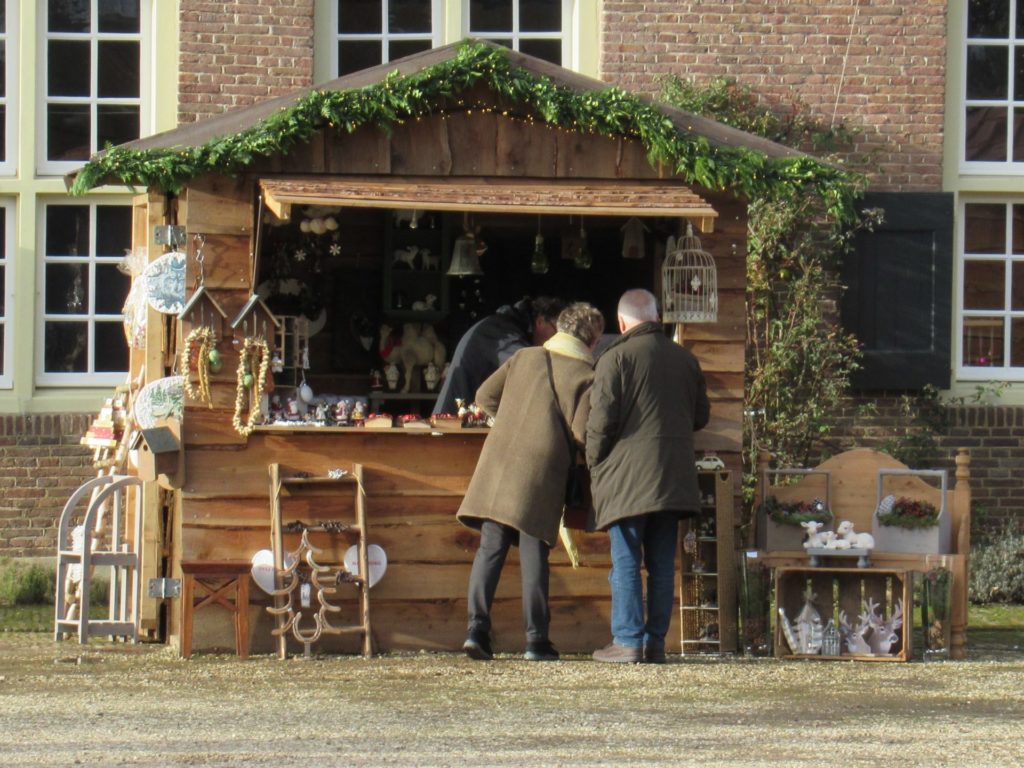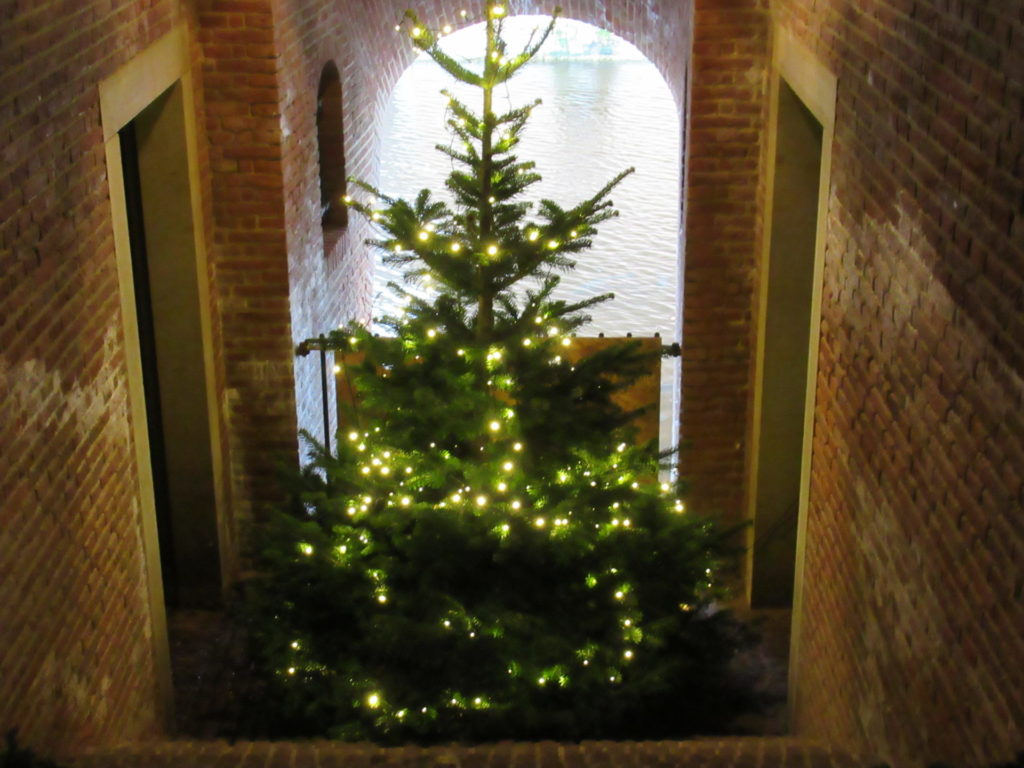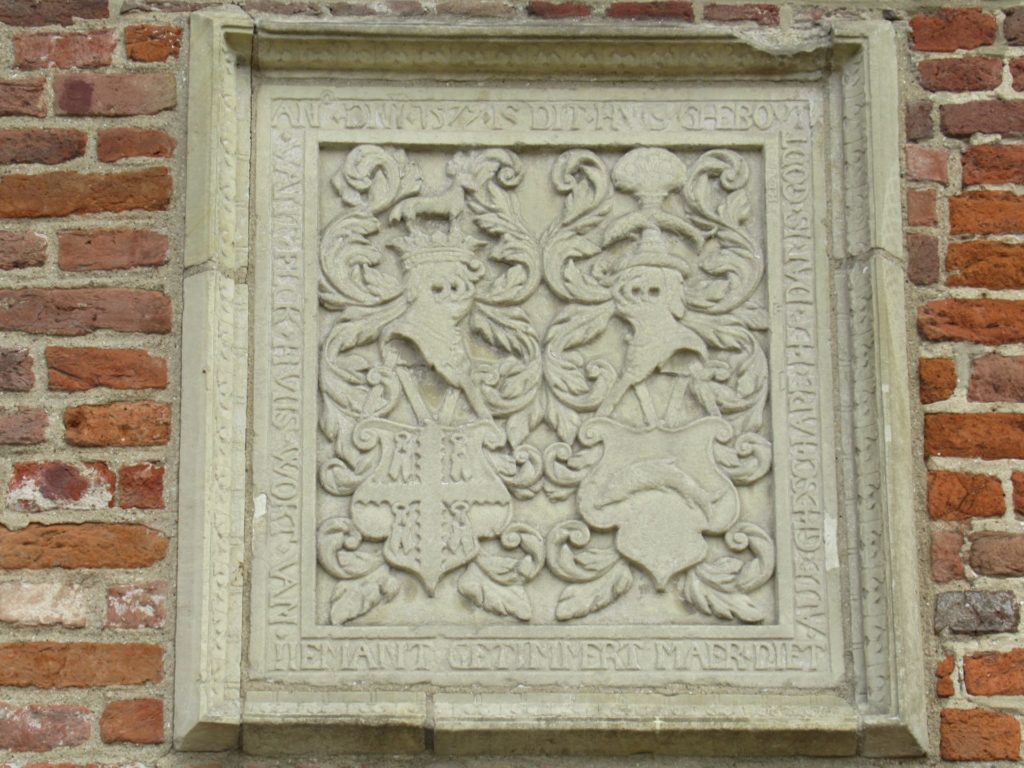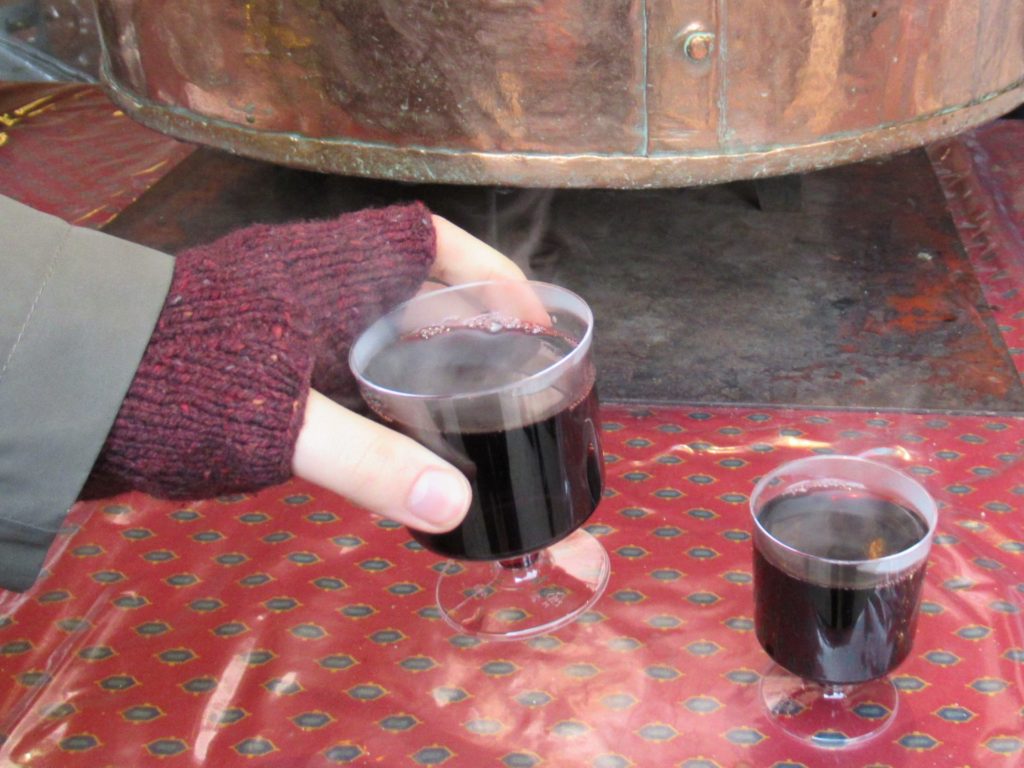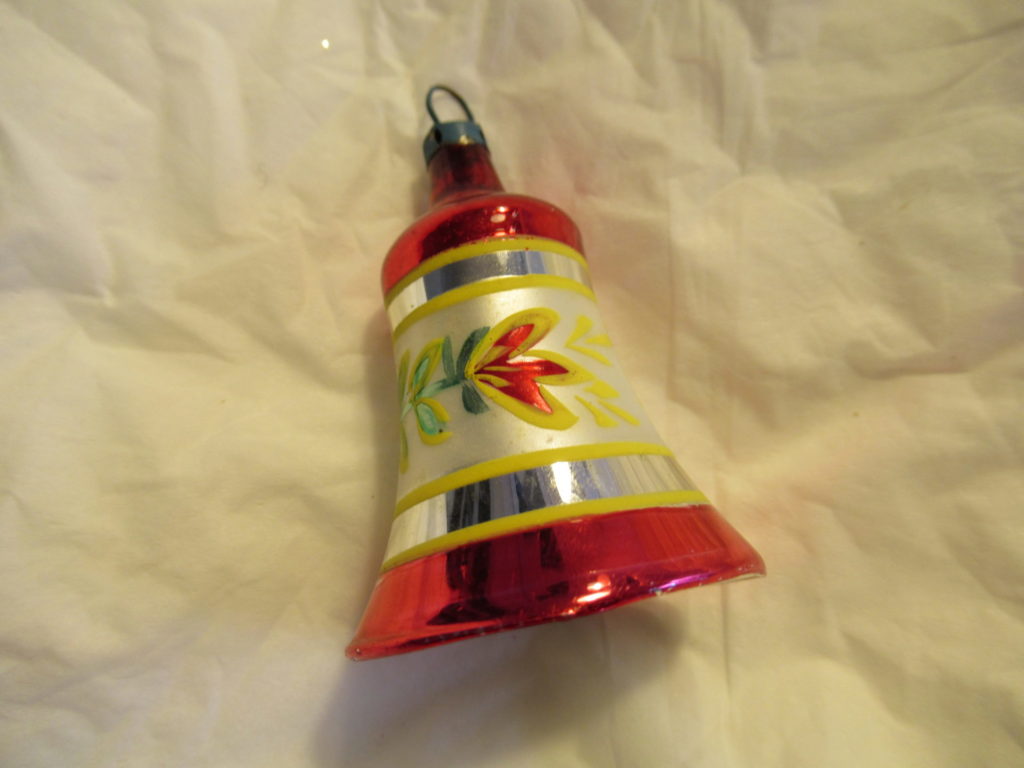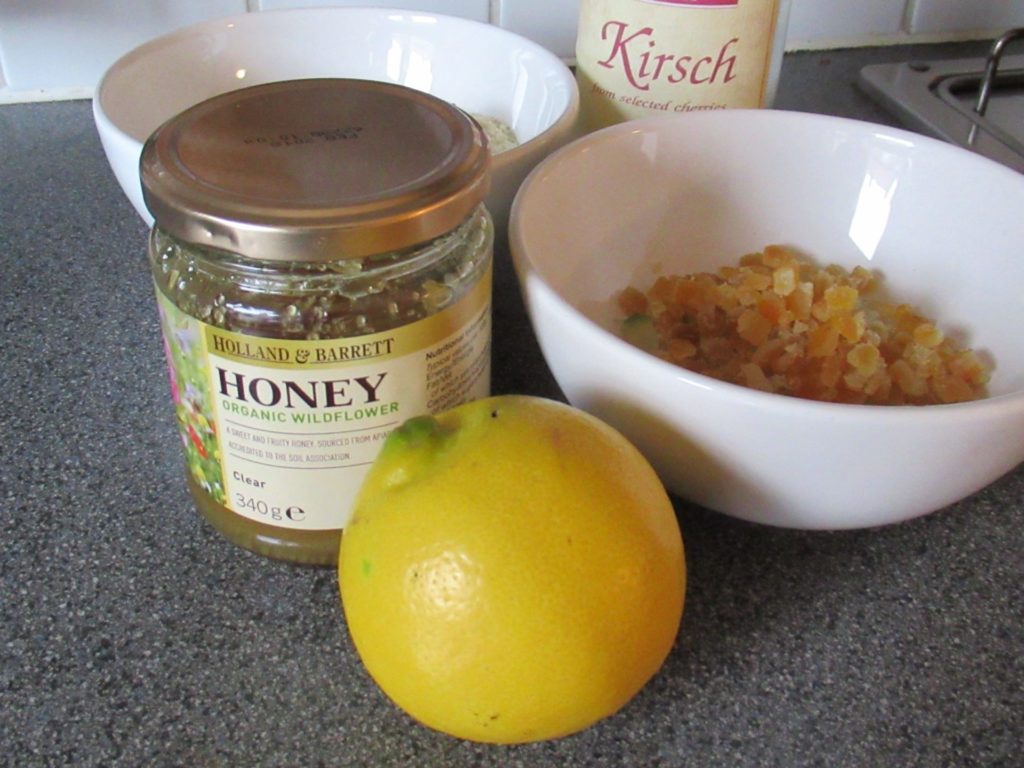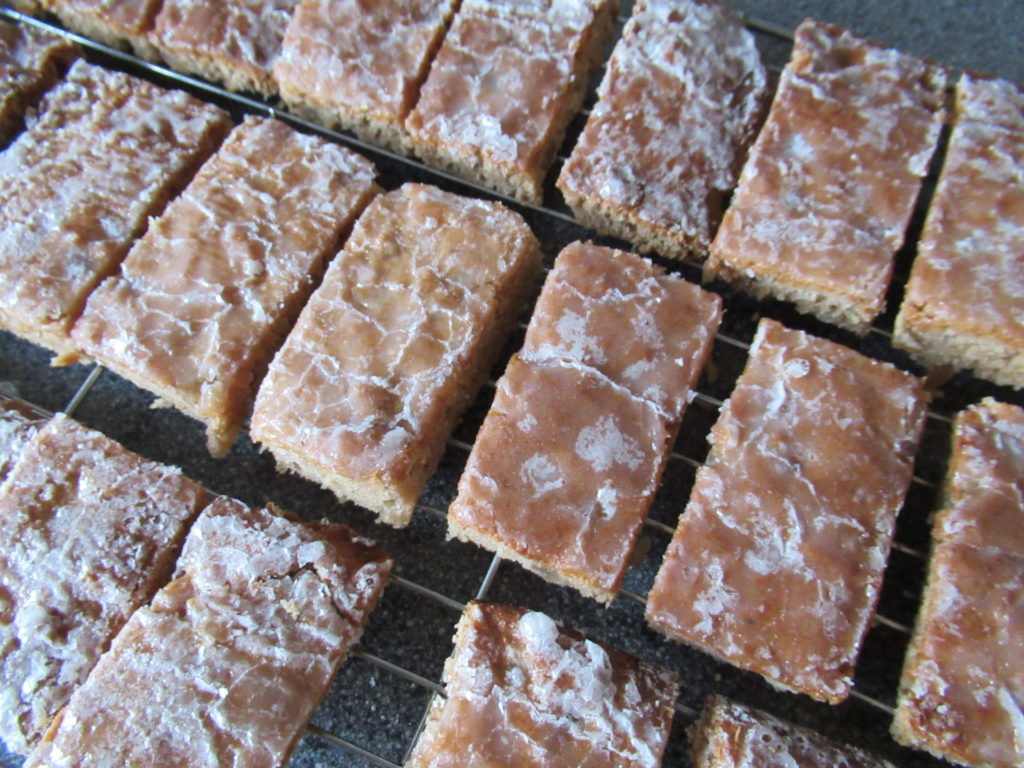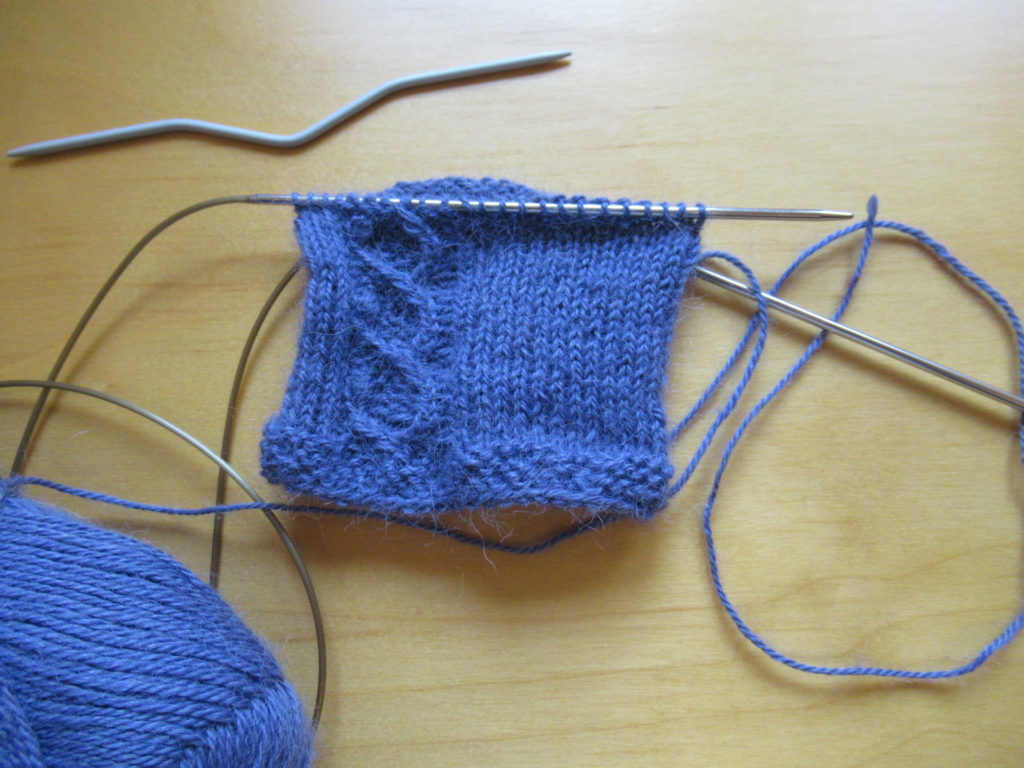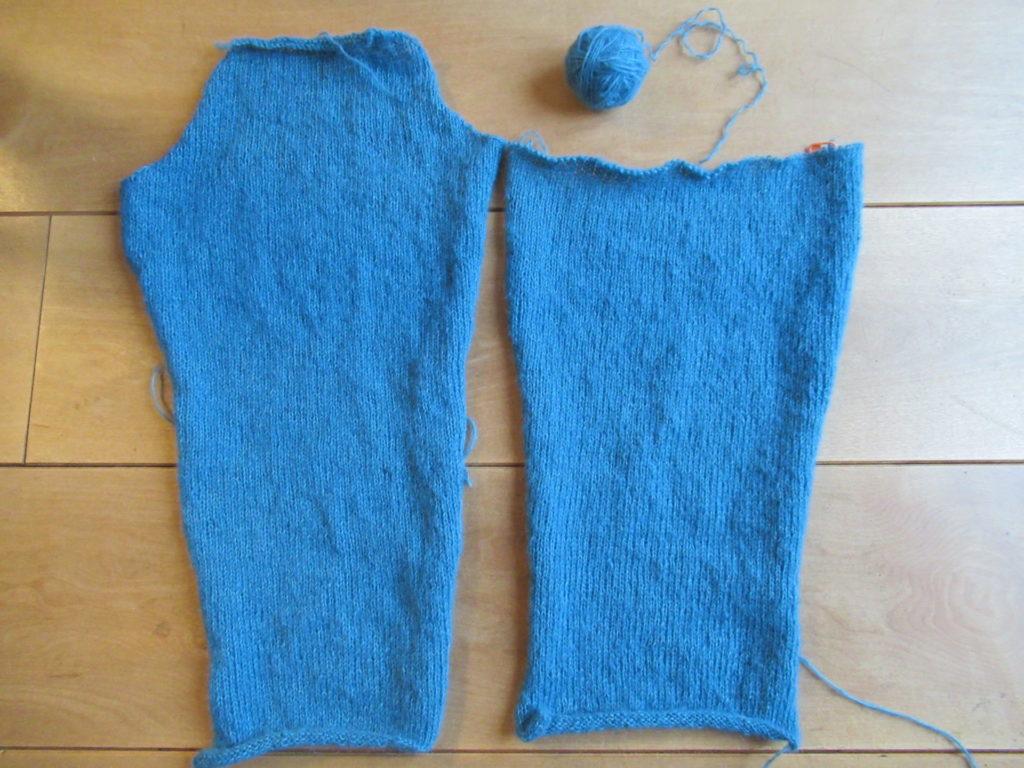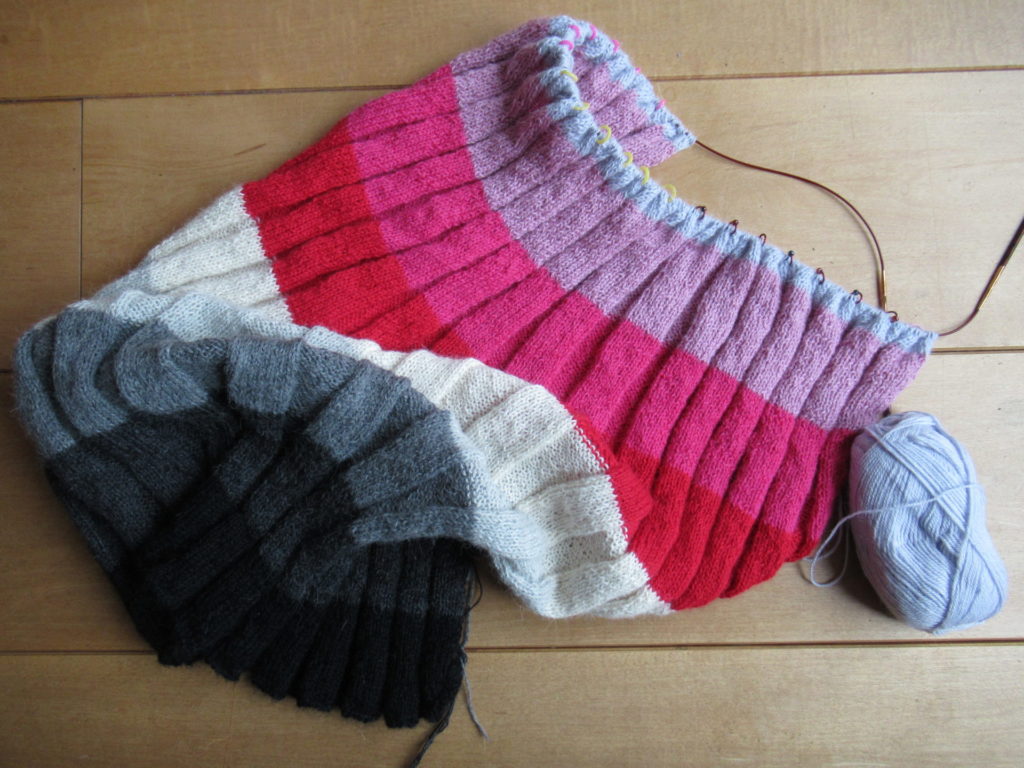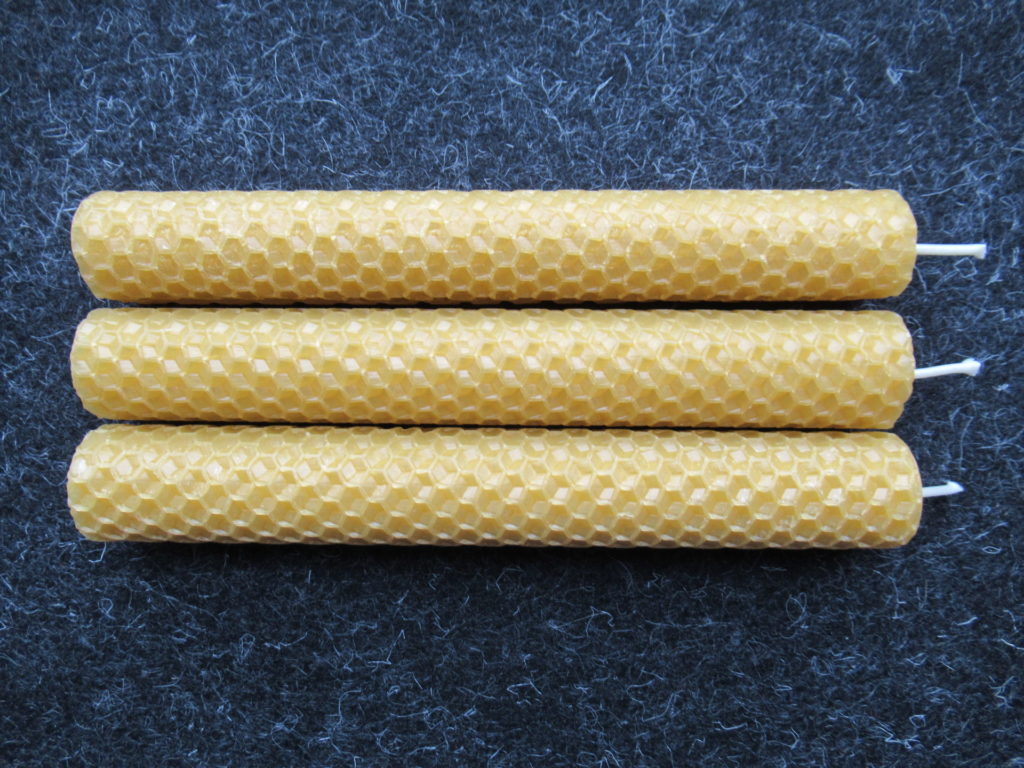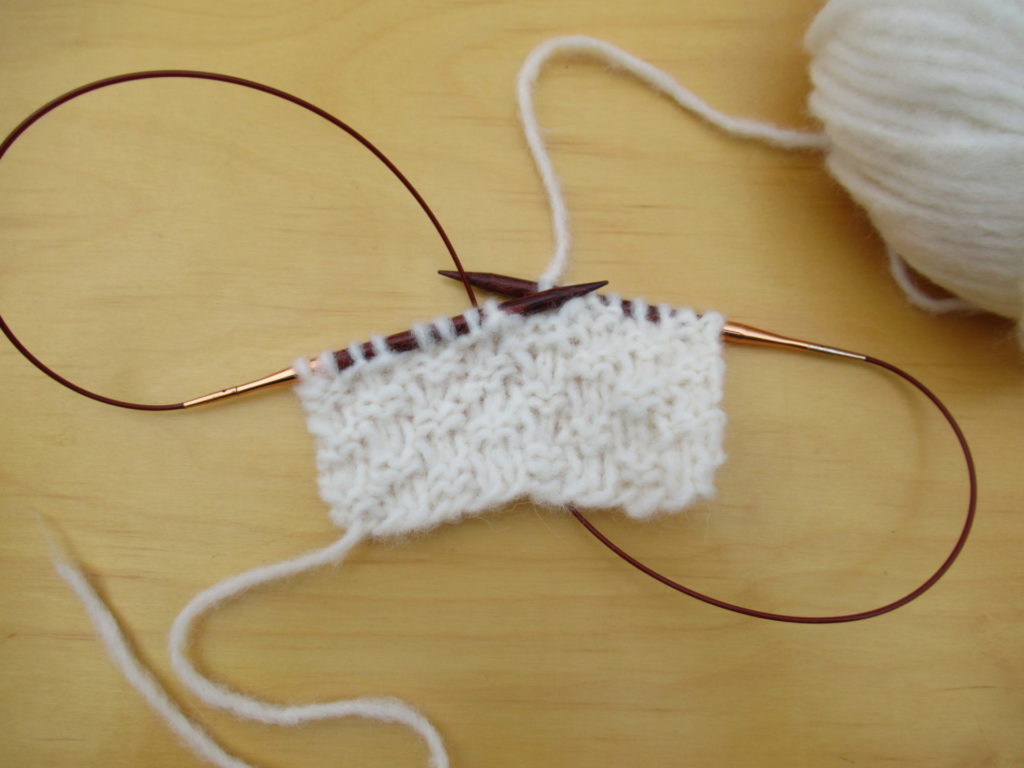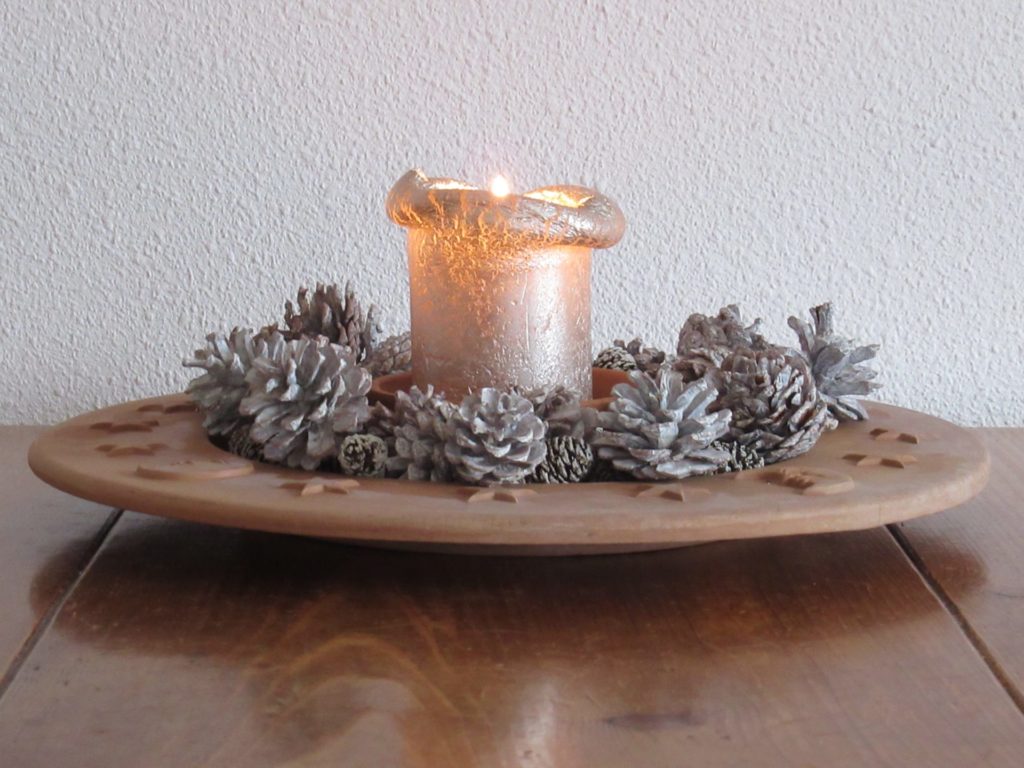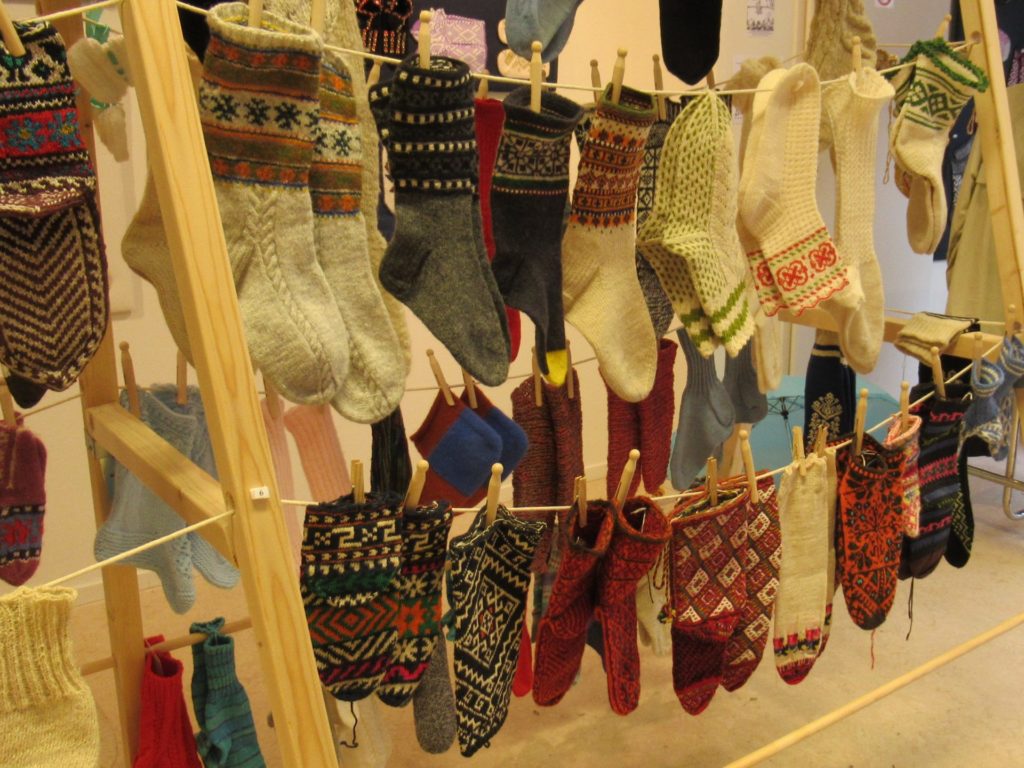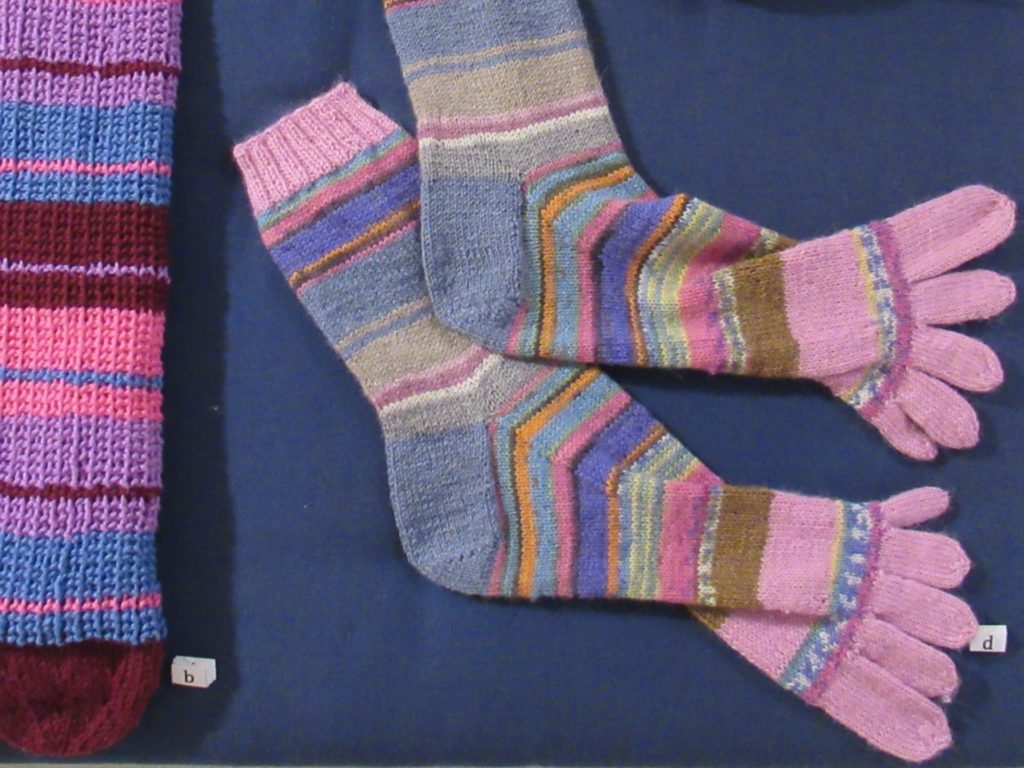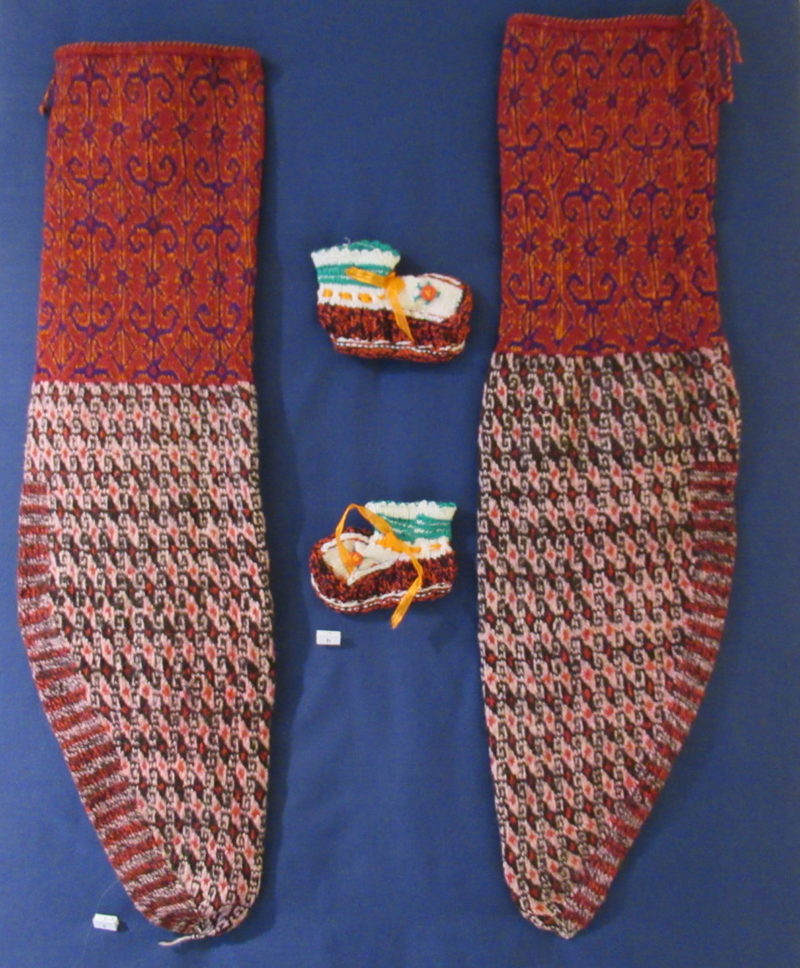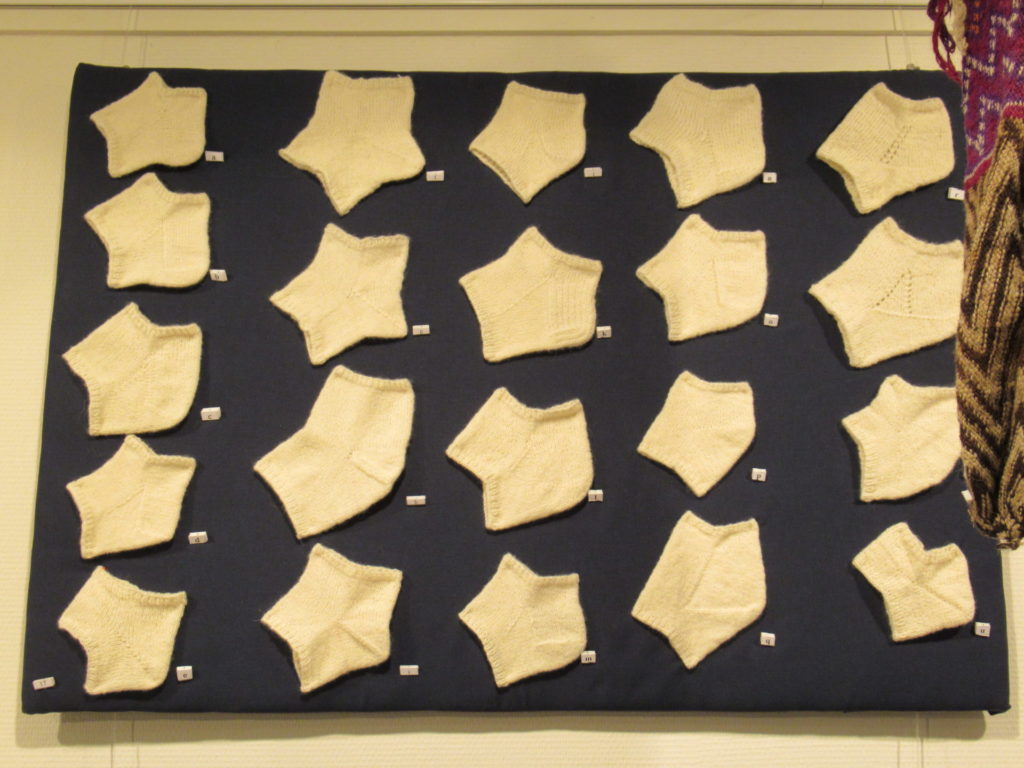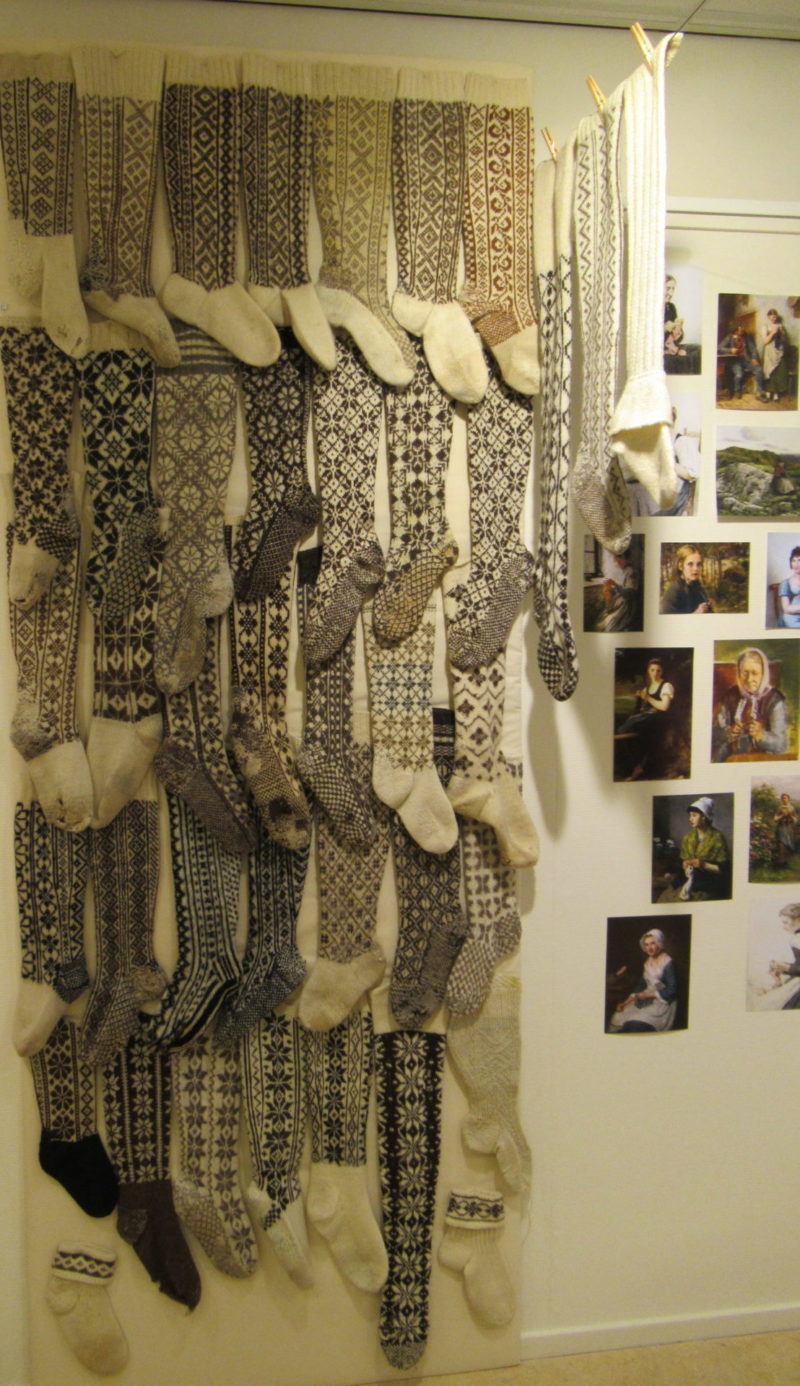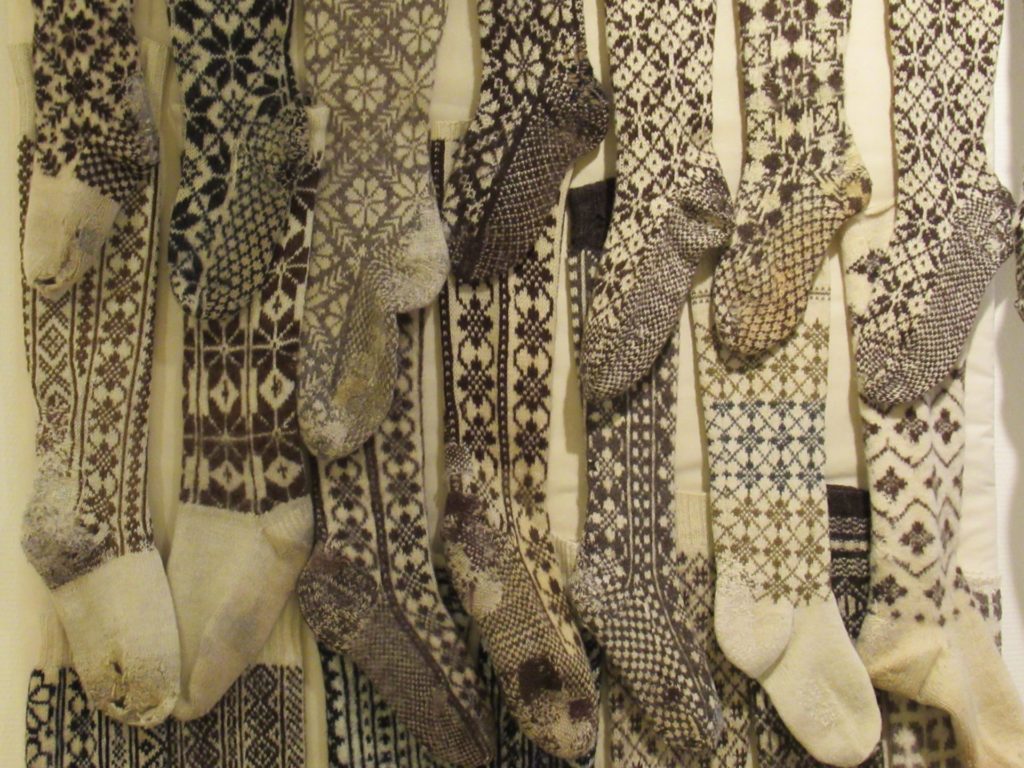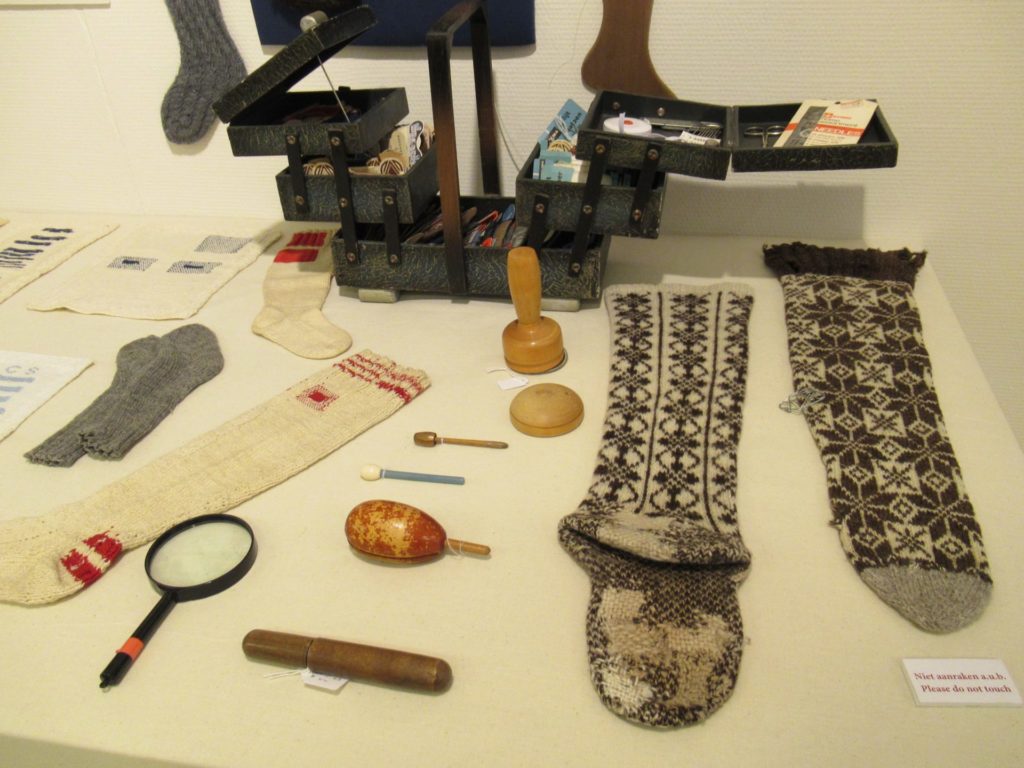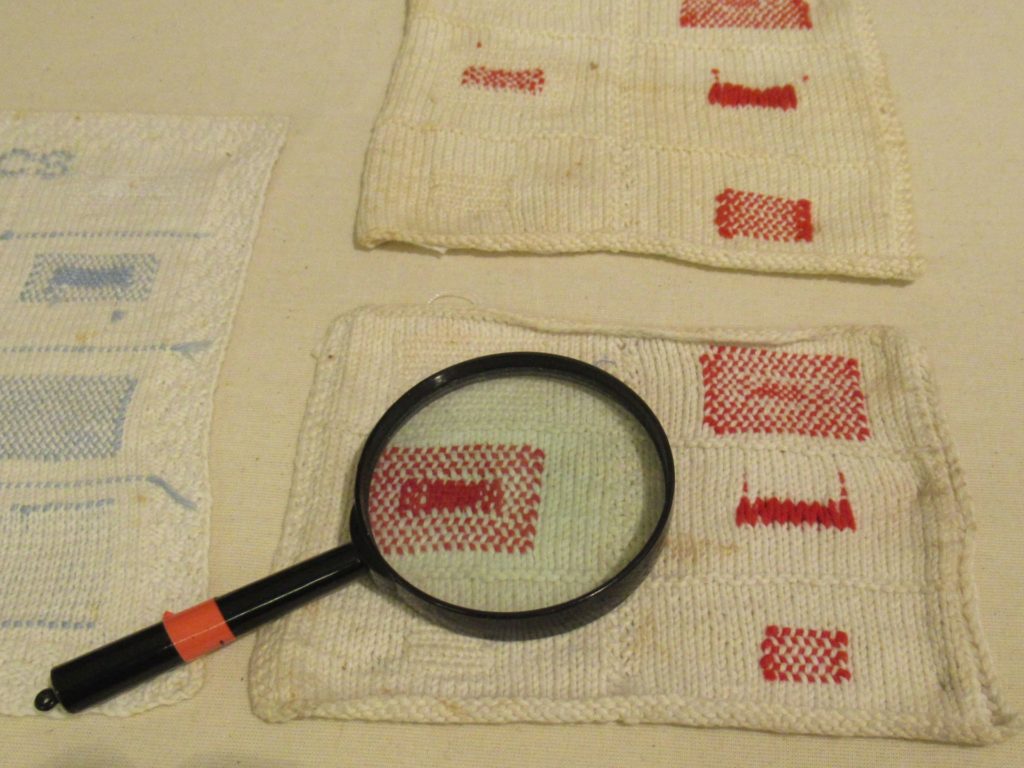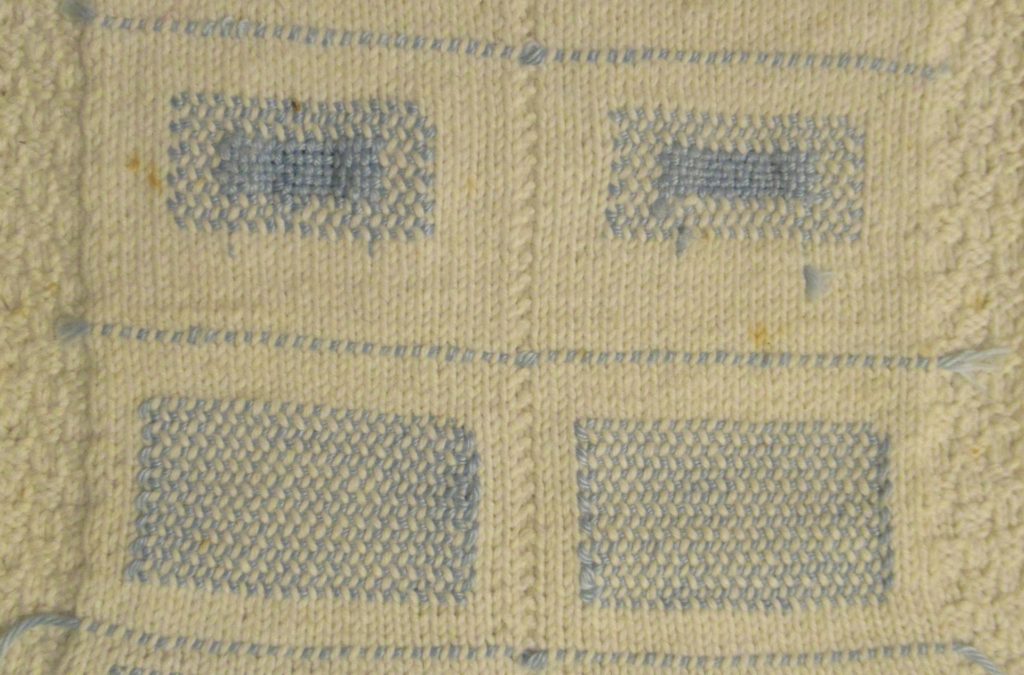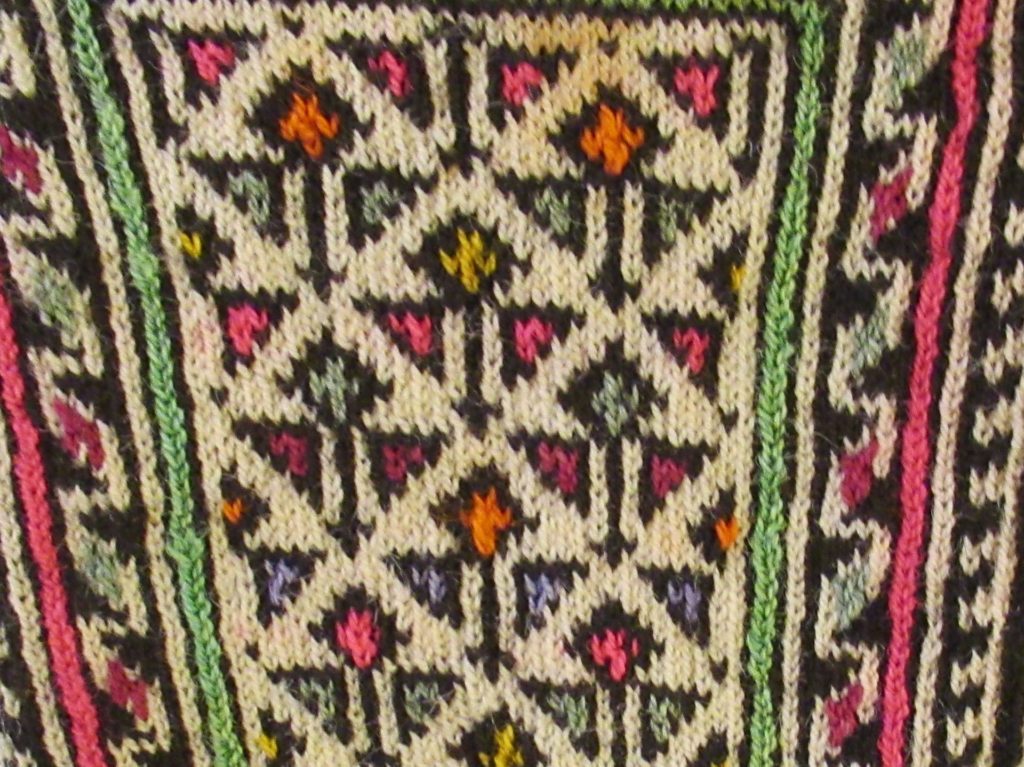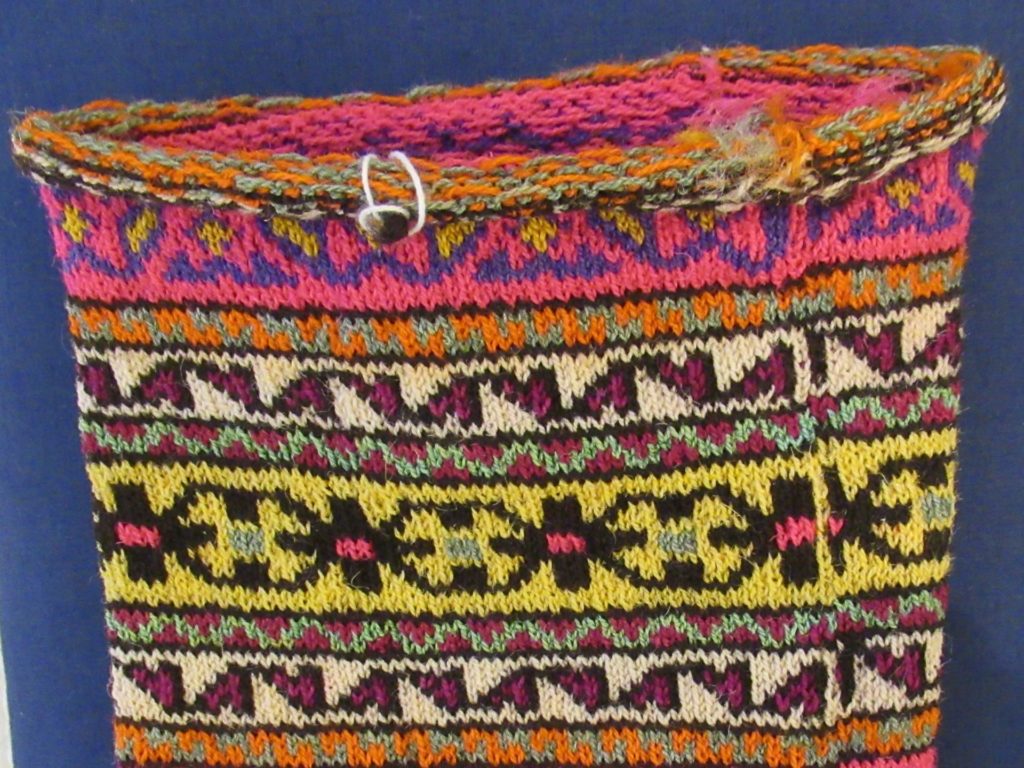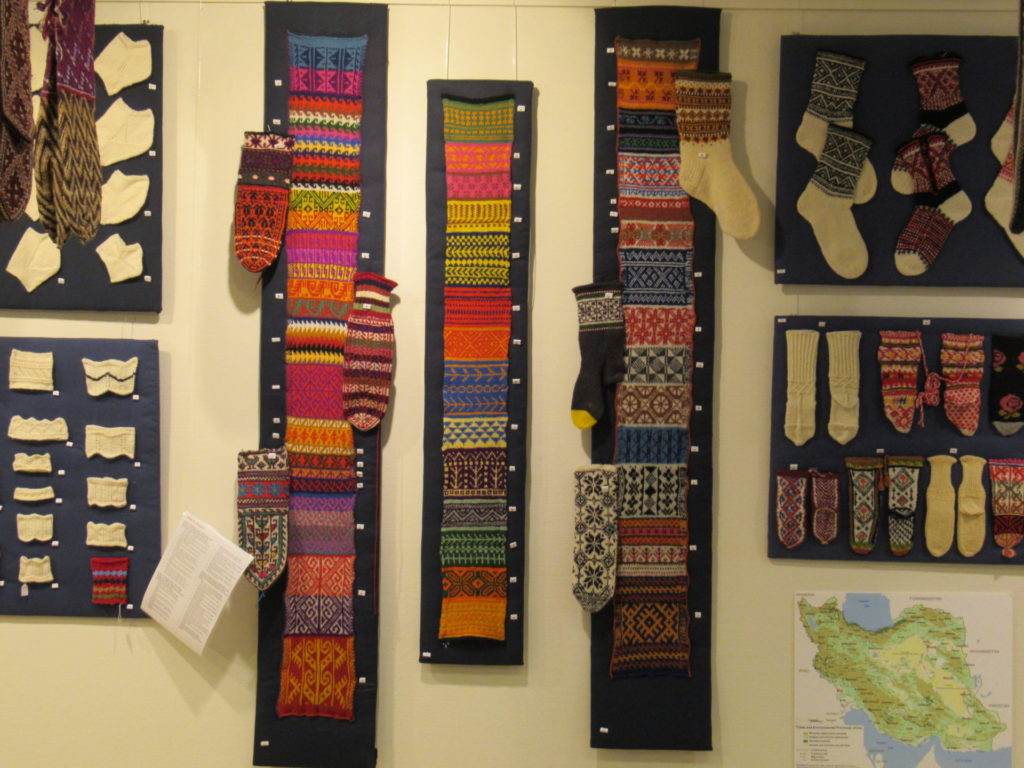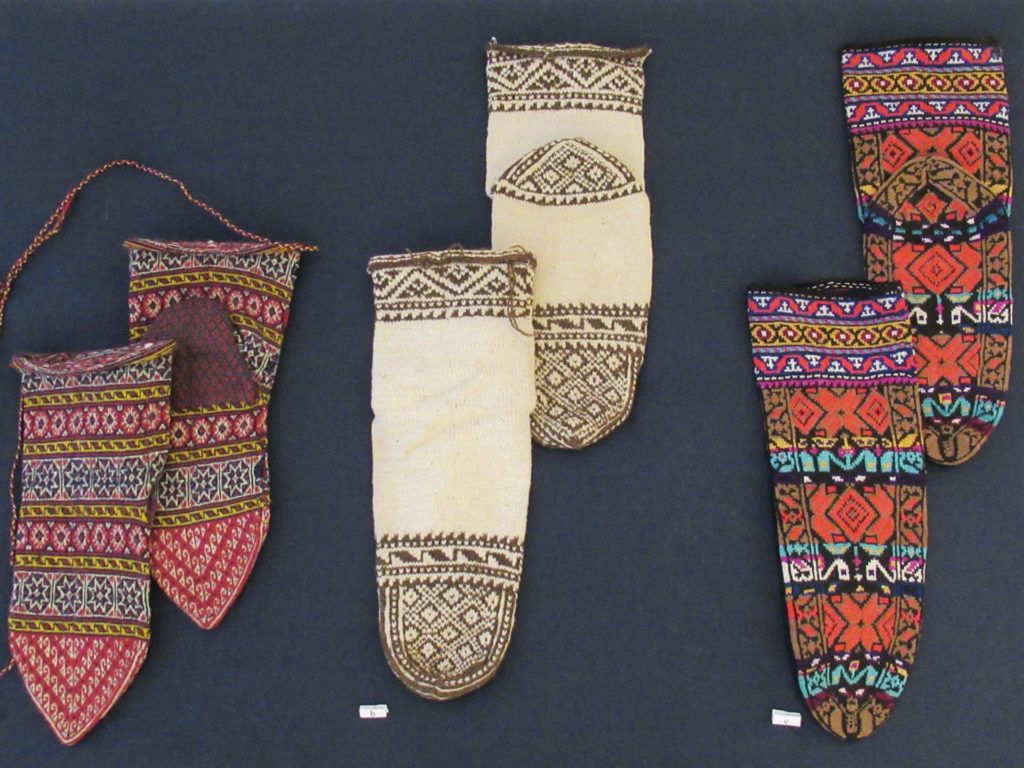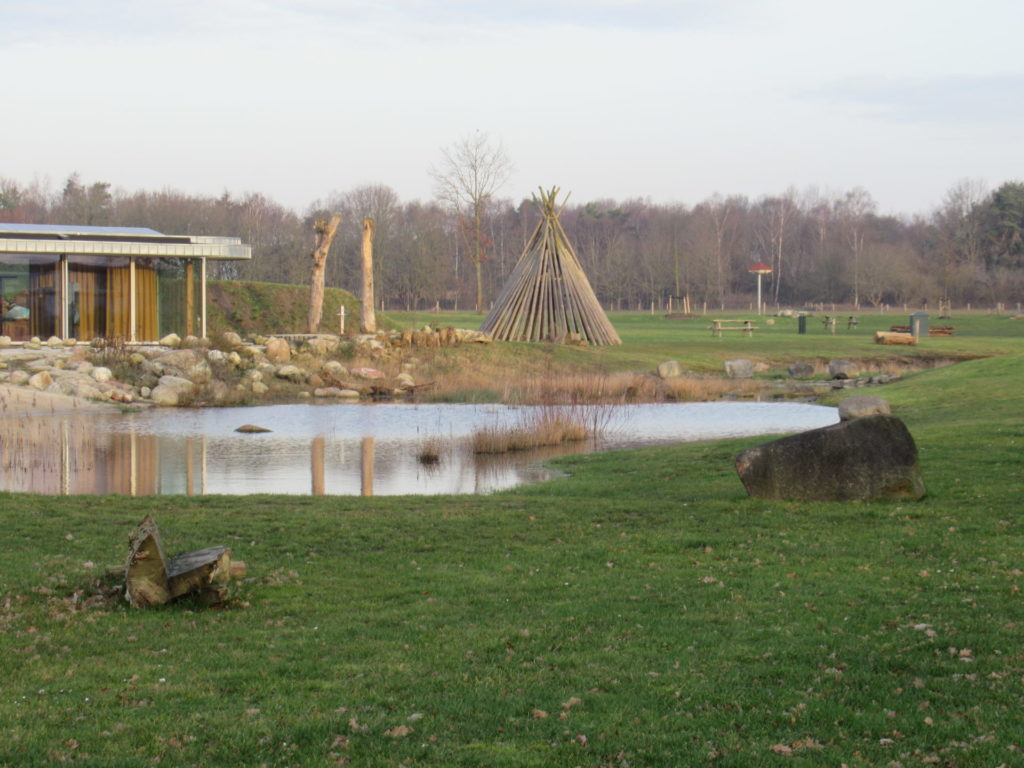
Hello again, and thank you for your ideas, both on and offline, about last week’s grey yarn. More about that project soon, but today’s blog post is about something completely different.
If you’ve been reading my blog for a while, it won’t come as a surprise that making things is an important part of my life. It’s usually something to do with yarn or wool, but I also enjoy excursions into other mediums now and then. Recently I spent a Saturday morning at a nearby visitor centre (above) making something with clay.
The visitor centre is in the same area where I once had an interesting chat with a shepherd. It is, in fact, next to the sheep fold, so I arrived a little early to say hello to the sheep. Good morning!
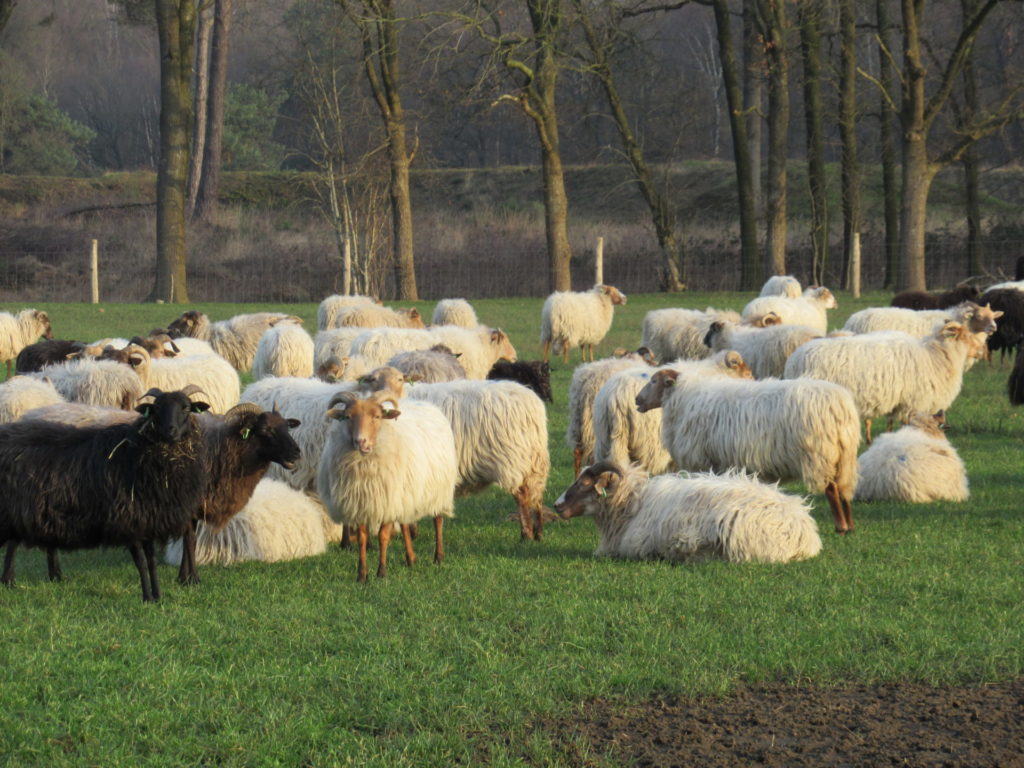
The sheep didn’t answer, but quietly kept munching grass and hay before starting their daily walk on the heath.
Walking on, I ran into this big guy (or gal). Whoa!
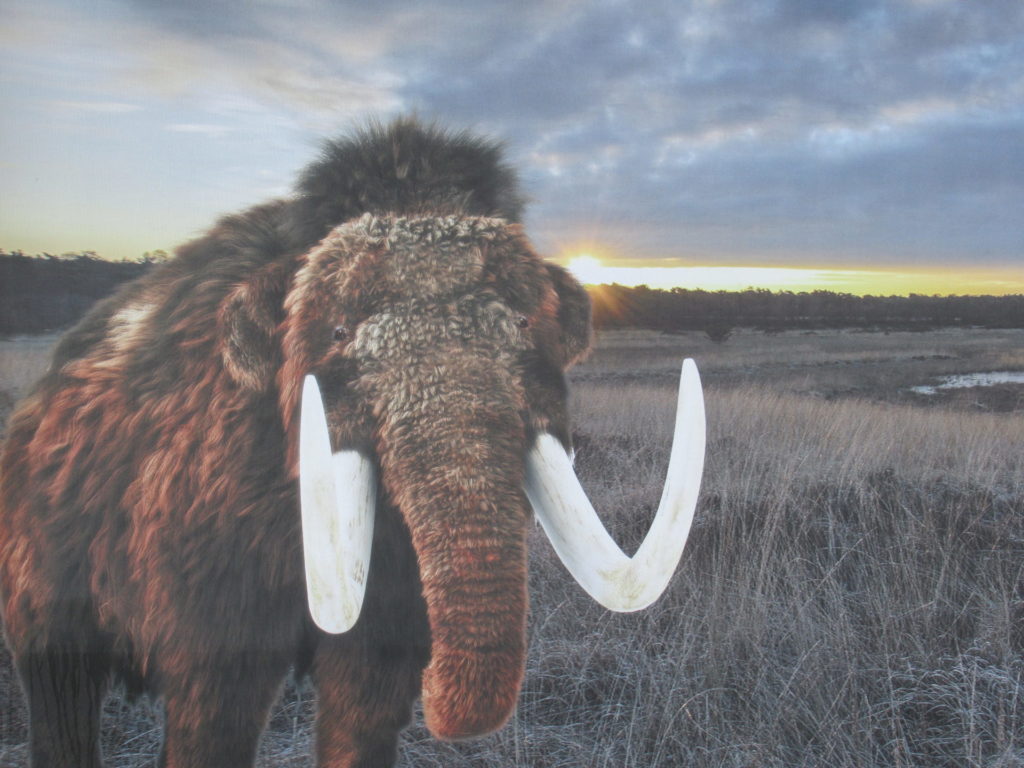
Fortunately it was just a print on a big banner on the outside wall of the sheep fold.
I’m not just including this photo here for fun, but also because this morning was about going back in time. Not quite as far back in time as this mammoth, but almost. Wikipedia tells me that the mammoth died out around 4,000 years ago. On this Saturday morning, we were going back to the funnel beaker culture, which started here around 3,400 years ago.
The morning began with a short talk about the people who became known for their funnel-neck pots, but also made pottery in other shapes. They were not the first inhabitants of this area, but they were the first farmers, and thousands of shards of their pots have been found around here. They are also the people who built the dolmens and tumuli that are still visible in our landscape today.
Well, I can’t tell you everything I’ve learnt, but I can tell you that it was fascinating.
Then it was time to roll up our sleeves and make a funnel beaker ourselves. The artist who gave the workshop had made two examples. This is one of them:

Unlike the original funnel beaker makers, we didn’t have to travel a long way to find the right kind of river clay for our pots. We were given a slab of a similar clay…
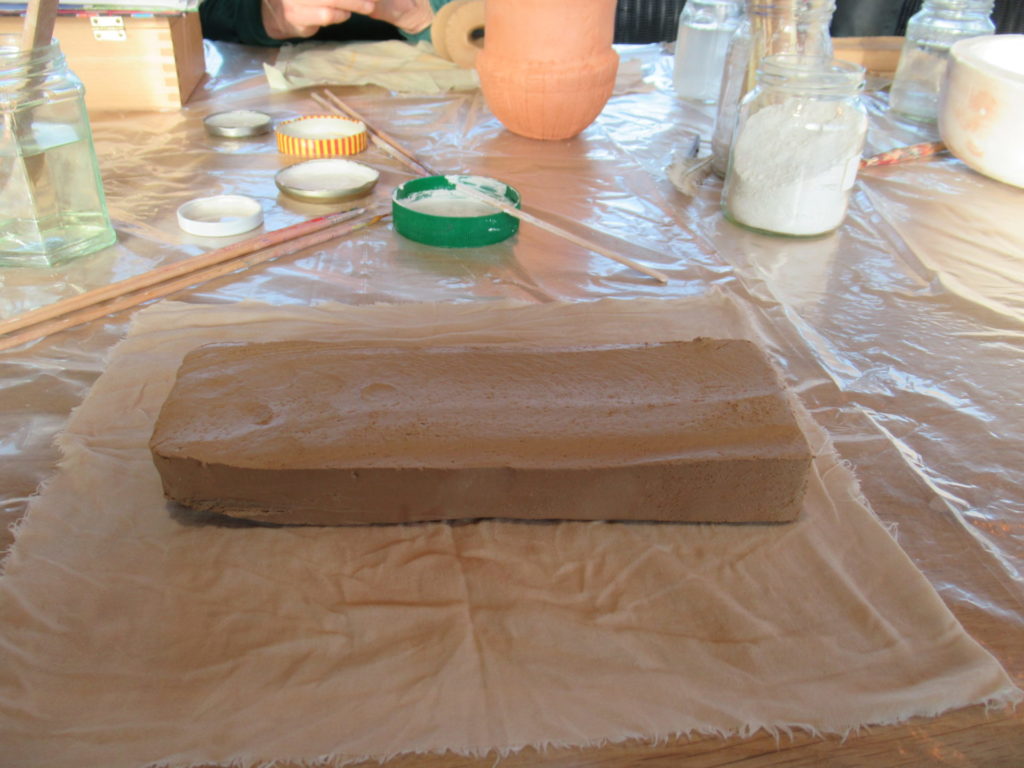
… and started by rolling it out.
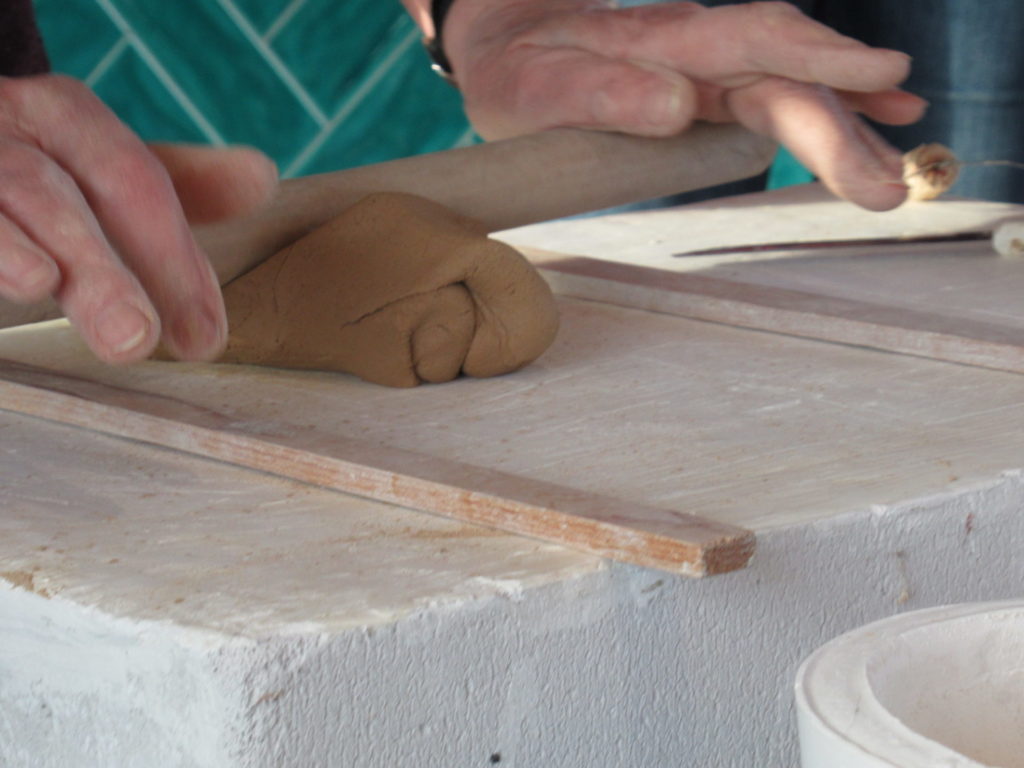
Originally the base would have been shaped by hand, and that’s what some of the more experienced participants also did. For those of us with little or no experience (like me) there were moulds to use.
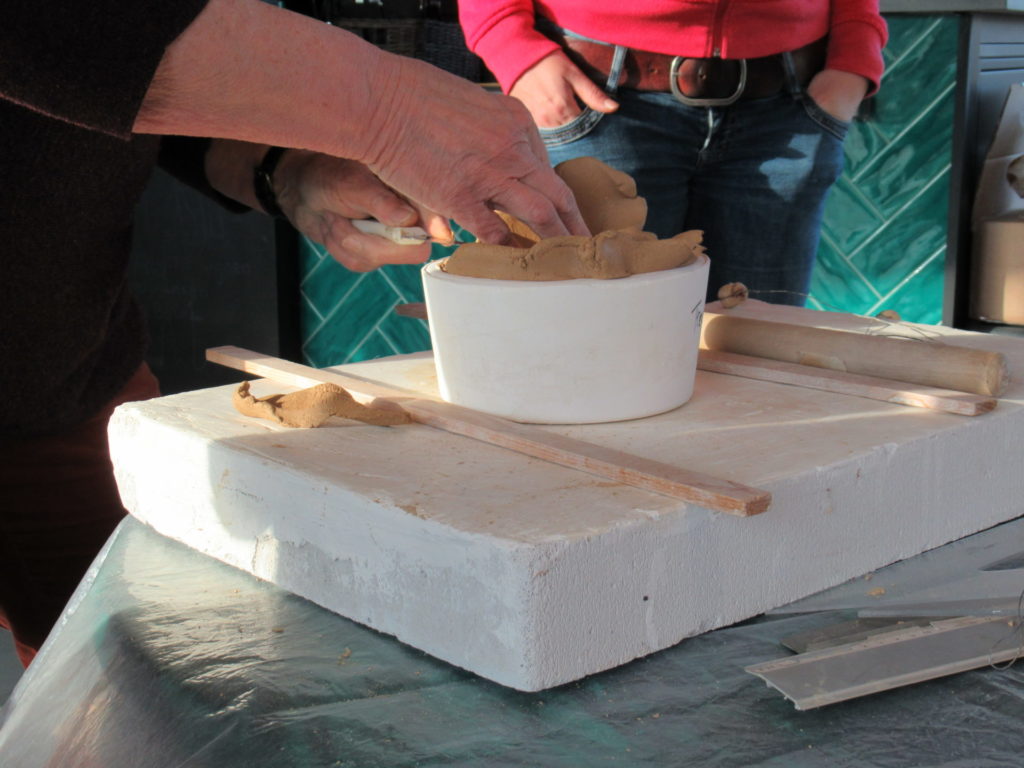
My neighbour at the table was more experienced and had shaped her beaker in no time.
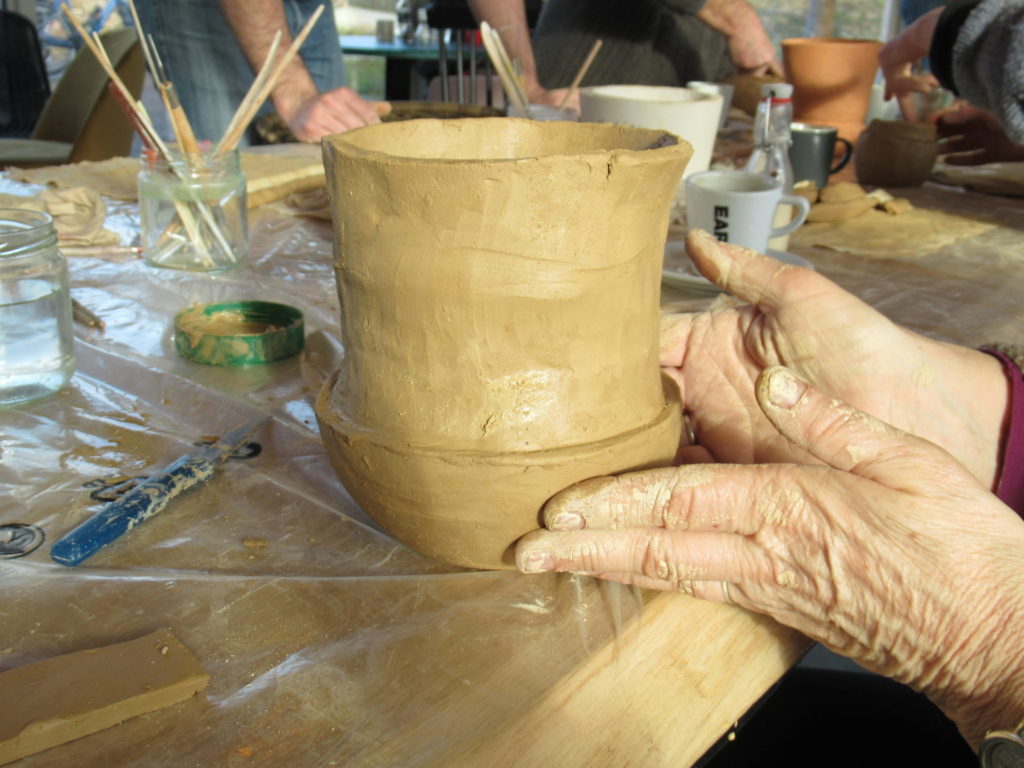
I used too much water to ‘glue’ the next layer onto the base and had to place the beginnings of my pot on a bench outside to dry a little before I could continue, next to those of two other beginners. Mine is on the right.
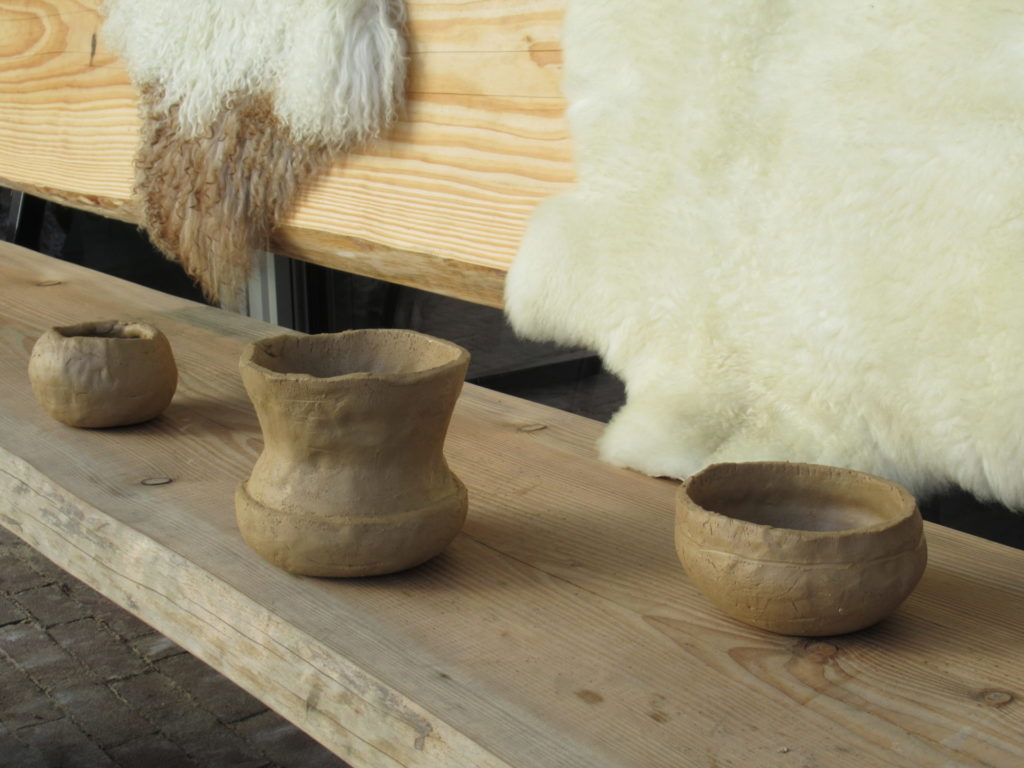
Several hours later we had all made something that looked more or less like a funnel beaker. Some of the pots were fairly small, like the ones that would originally have been used to store seeds. Others were a lot bigger, like the ones used to hold water or as cooking pots.
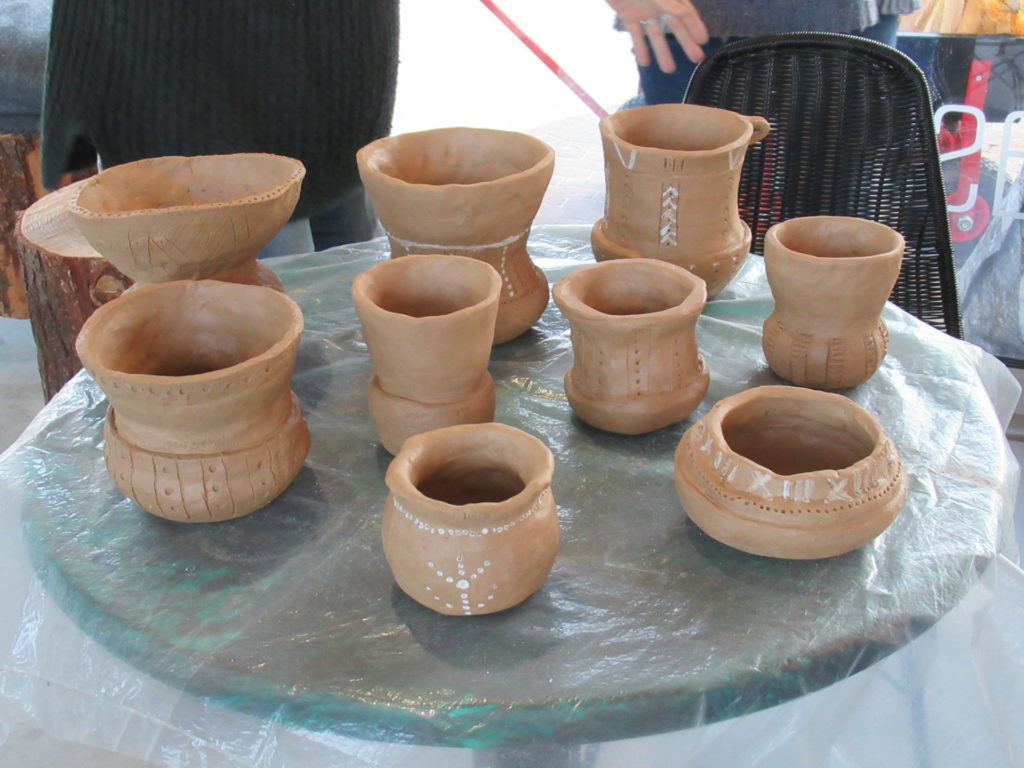
The pottery shards of the funnel beaker culture found around here are often richly decorated. In the past, people used feathers, pieces of wood or bone and their fingernails to make the decorations. I used a spatula for the lines and a stick for the dots on my pot.
It was while I was carefully pressing my stick into the soft clay to make dots, that I suddenly felt transported back a few thousand years. In my mind, I was sitting outside, in front of a wattle and daub dwelling, decorating my pot. There was a piercing wind, but dressed in animal skins, I didn’t feel the cold. I could hear sheep bleating and pigs grunting, and I could smell the sweet smell of the cows grazing nearby. I was looking forward to our meal of lentils and foraged greens. Life was hard and uncertain, but it also had its good moments.
Fast forward to the present, I finished my pot by adding a few details in white. Originally a substance made from ground bones and some kind of binder would have been used, but we used a modern paint of which I’ve forgotten the name.
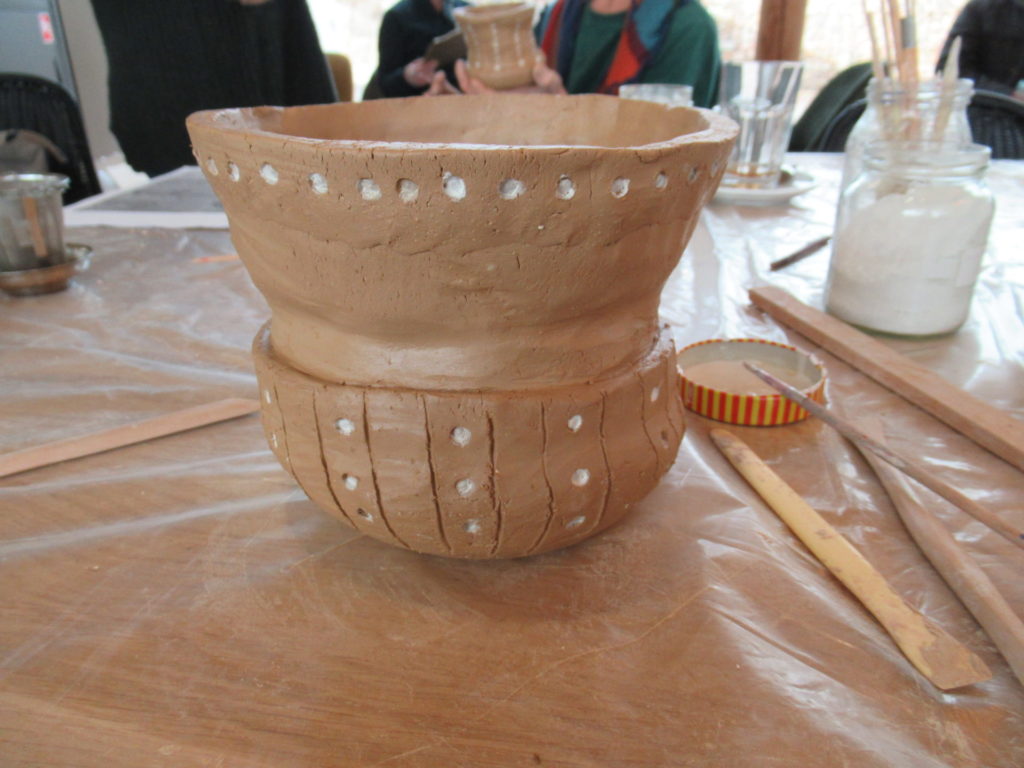
Now my funnel beaker is drying in the artist’s studio, waiting to be fired in her kiln. It should be a soft rosy colour when it comes out. I’m really looking forward to seeing how it’s turned out.
Links:
- The talk about the funnel beaker culture was held by someone from the Oermuseum, a small but interesting museum with archaeological finds and information about how people lived and worked in the north of the Netherlands from the last ice age to the iron age.
- The artist who kindly and expertly taught us how to make a funnel beaker was Elisa van den Berg.
